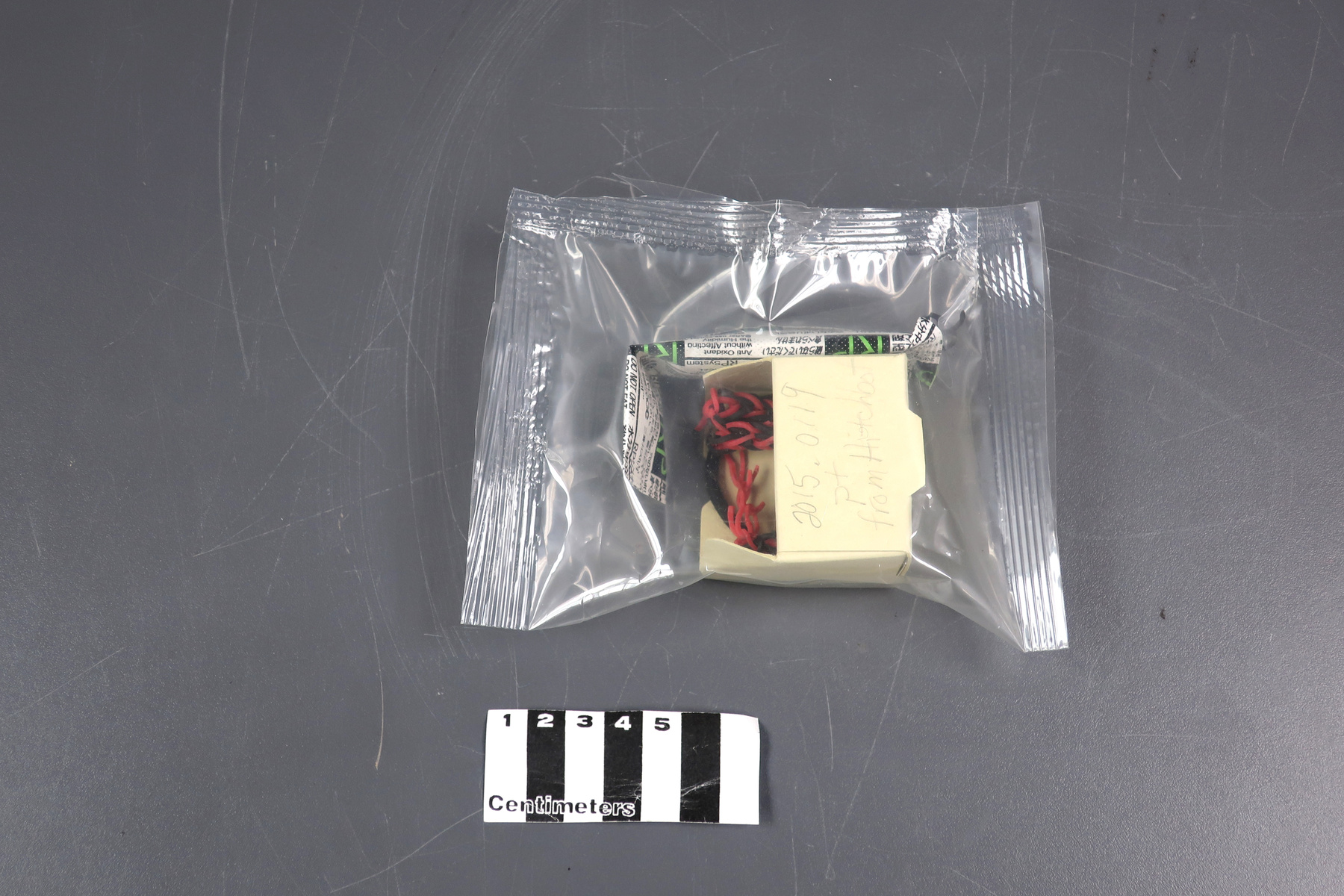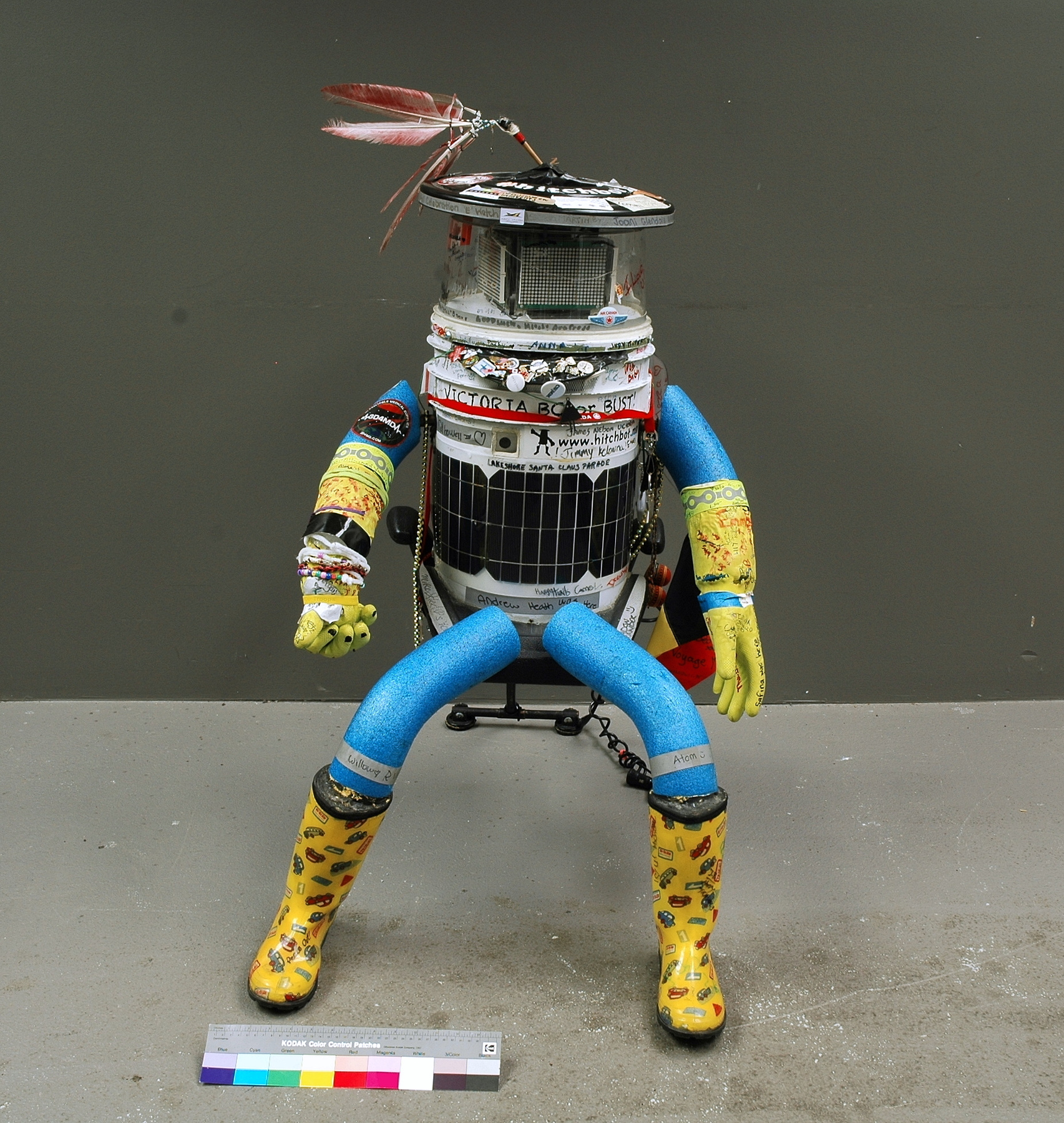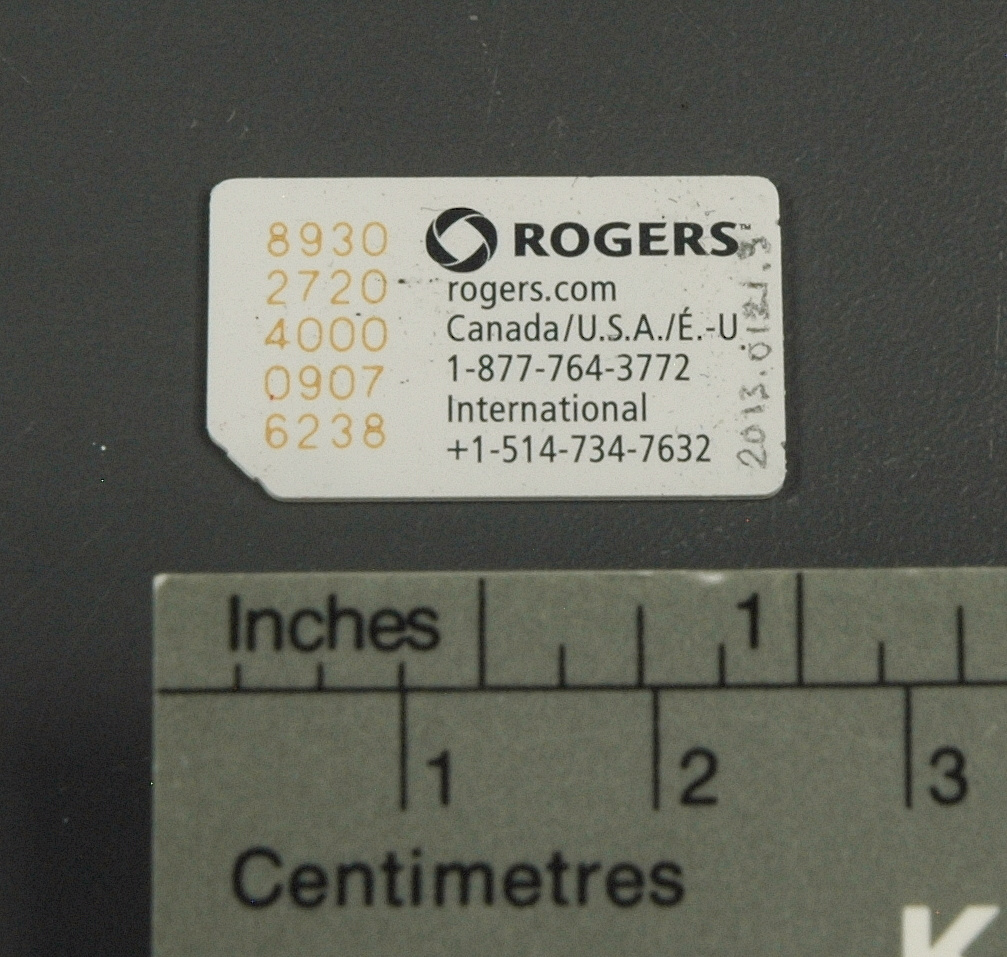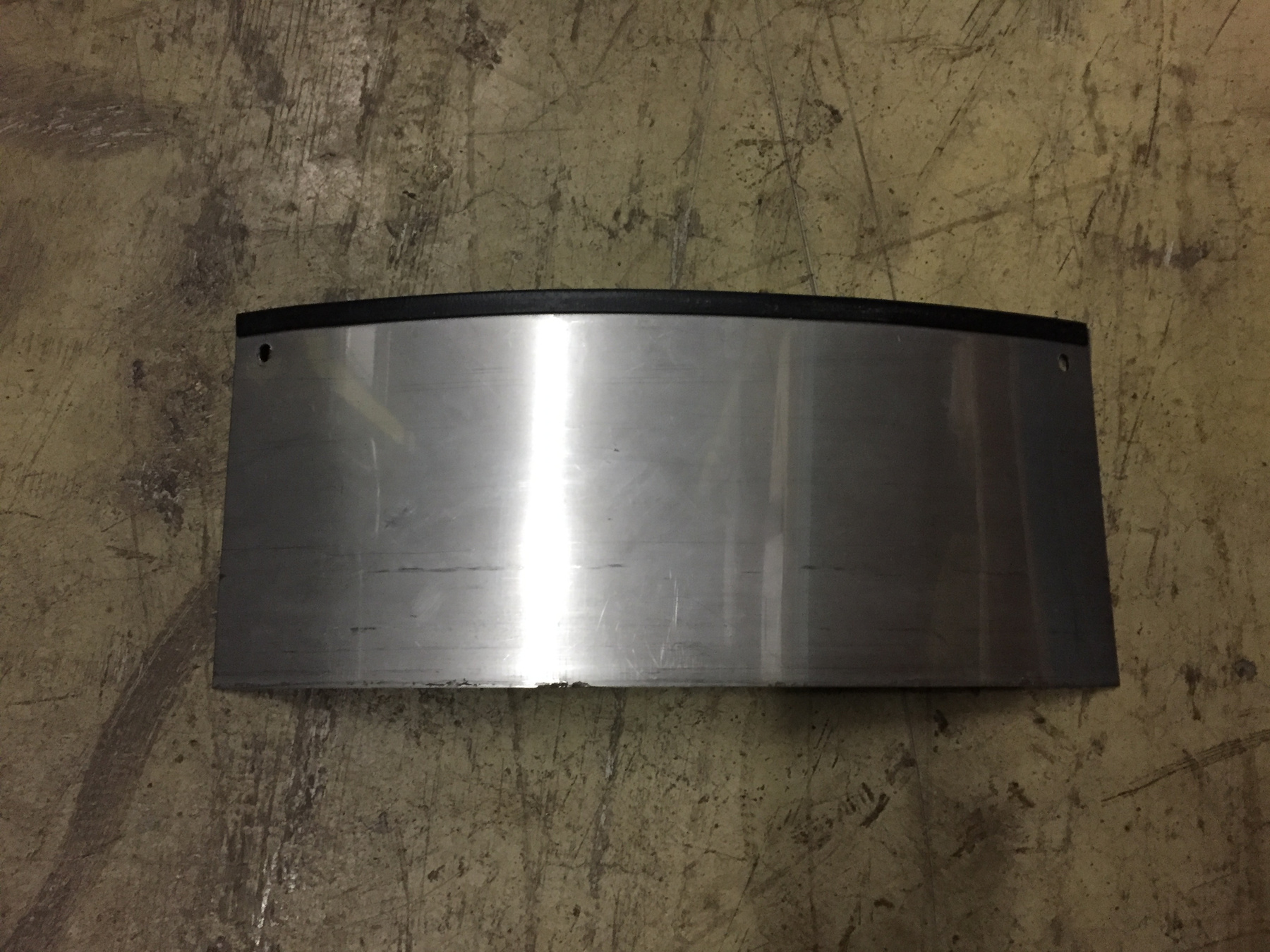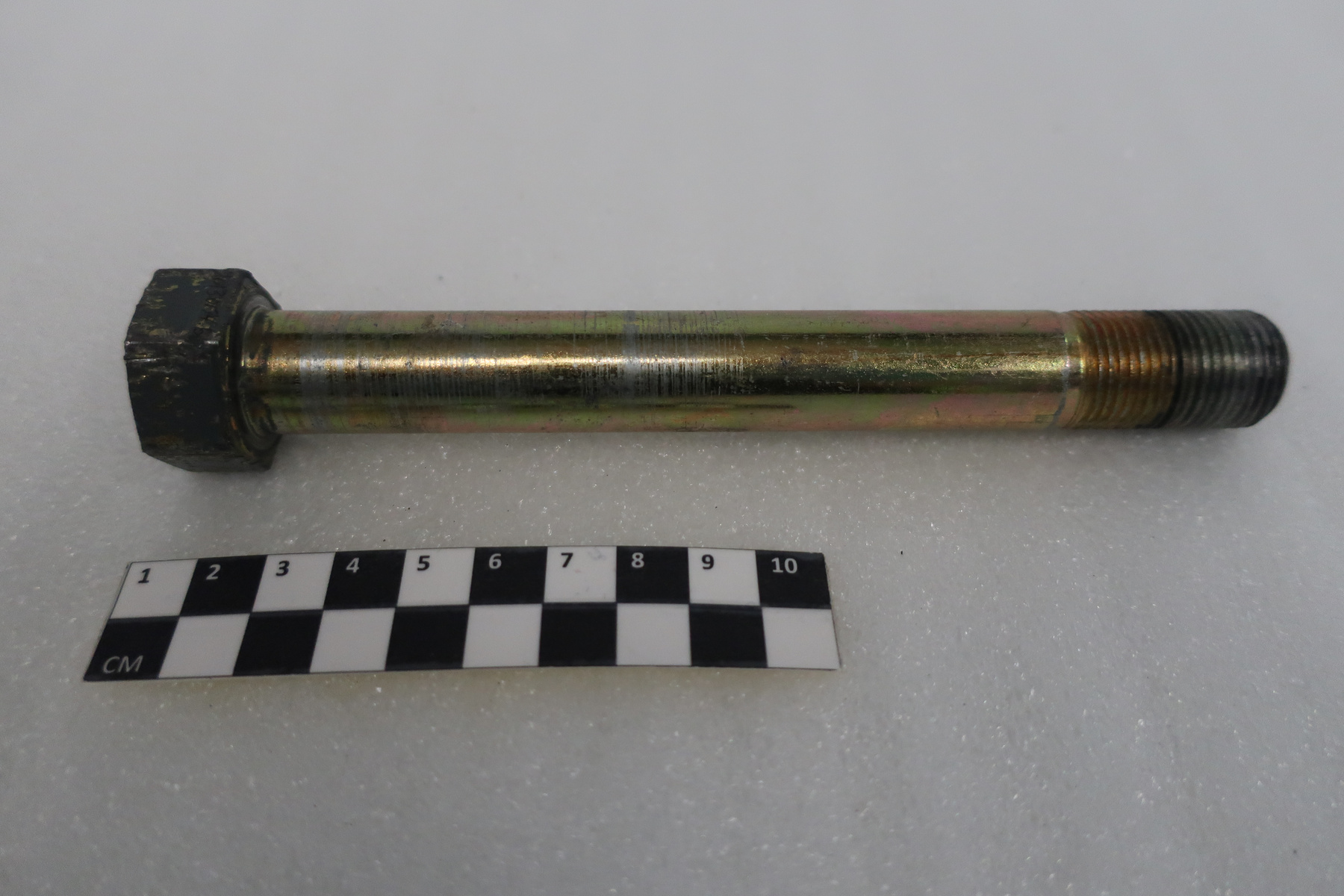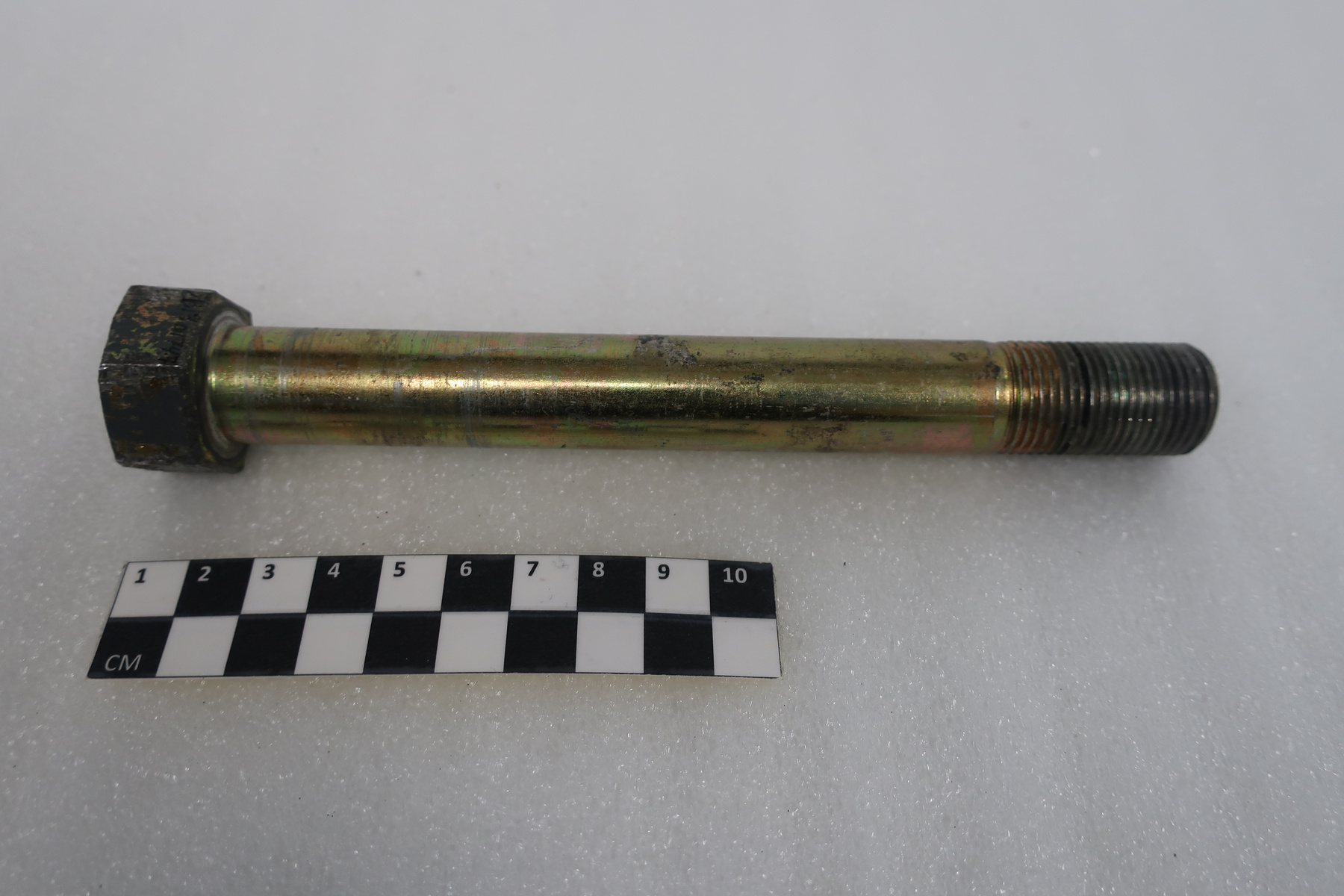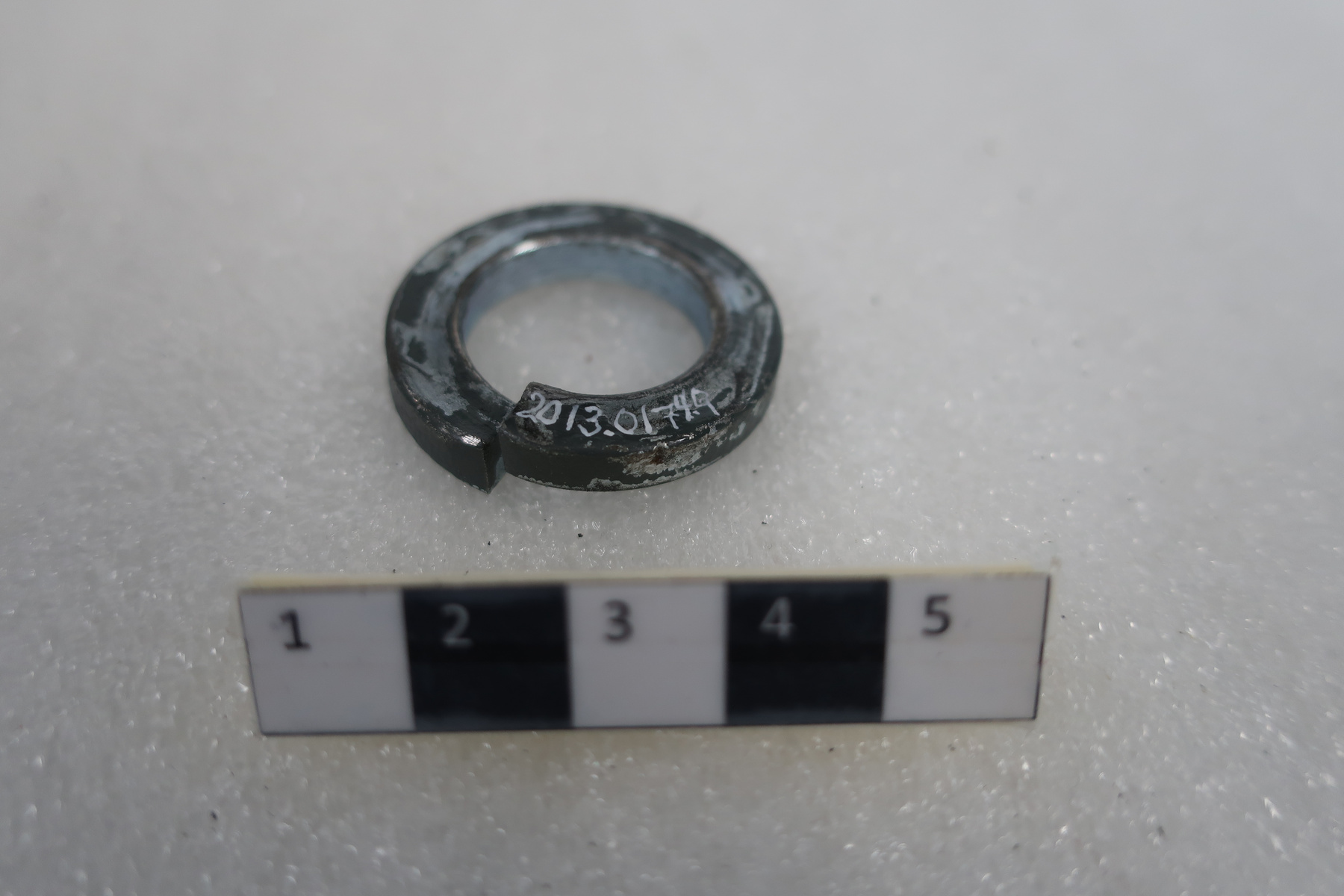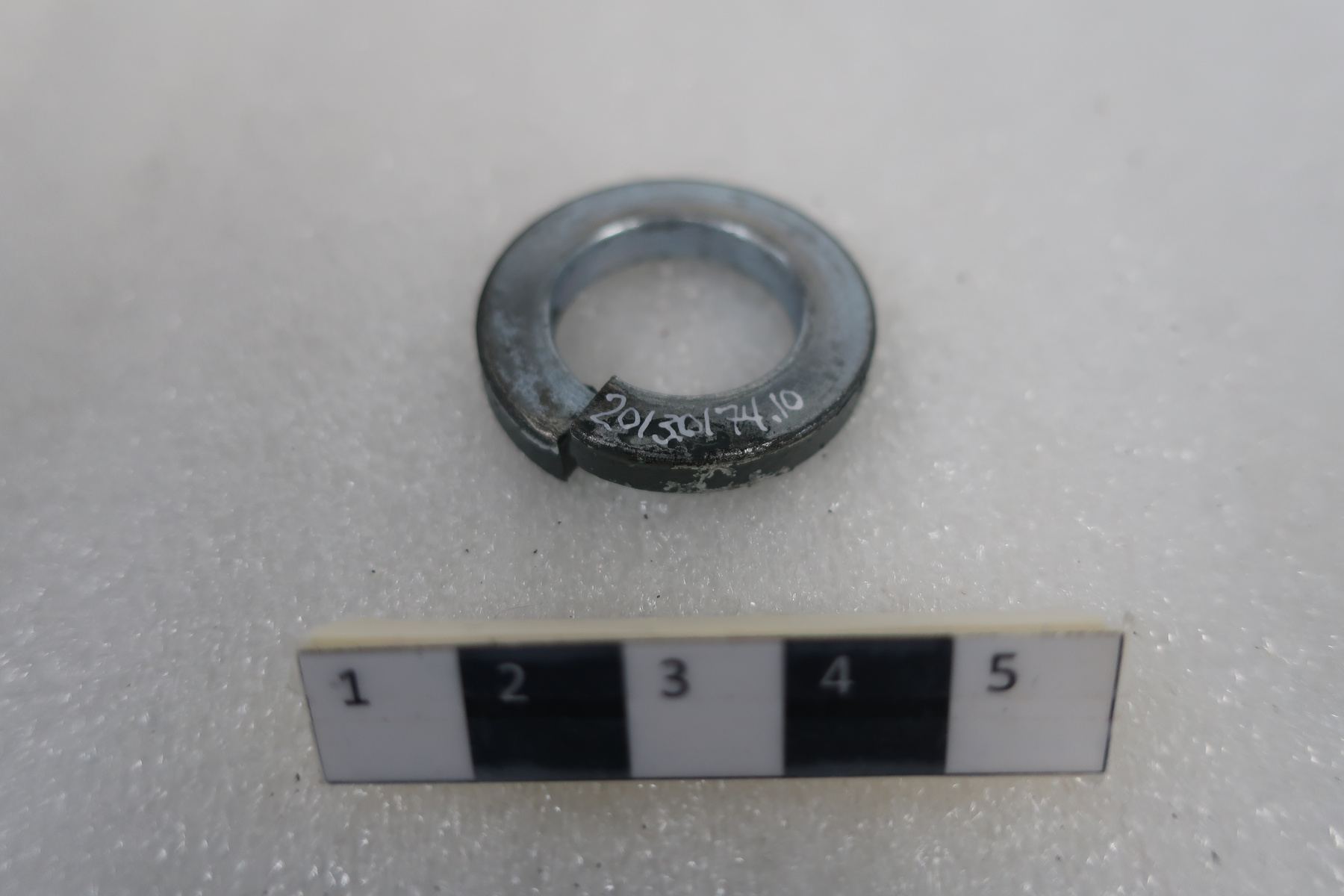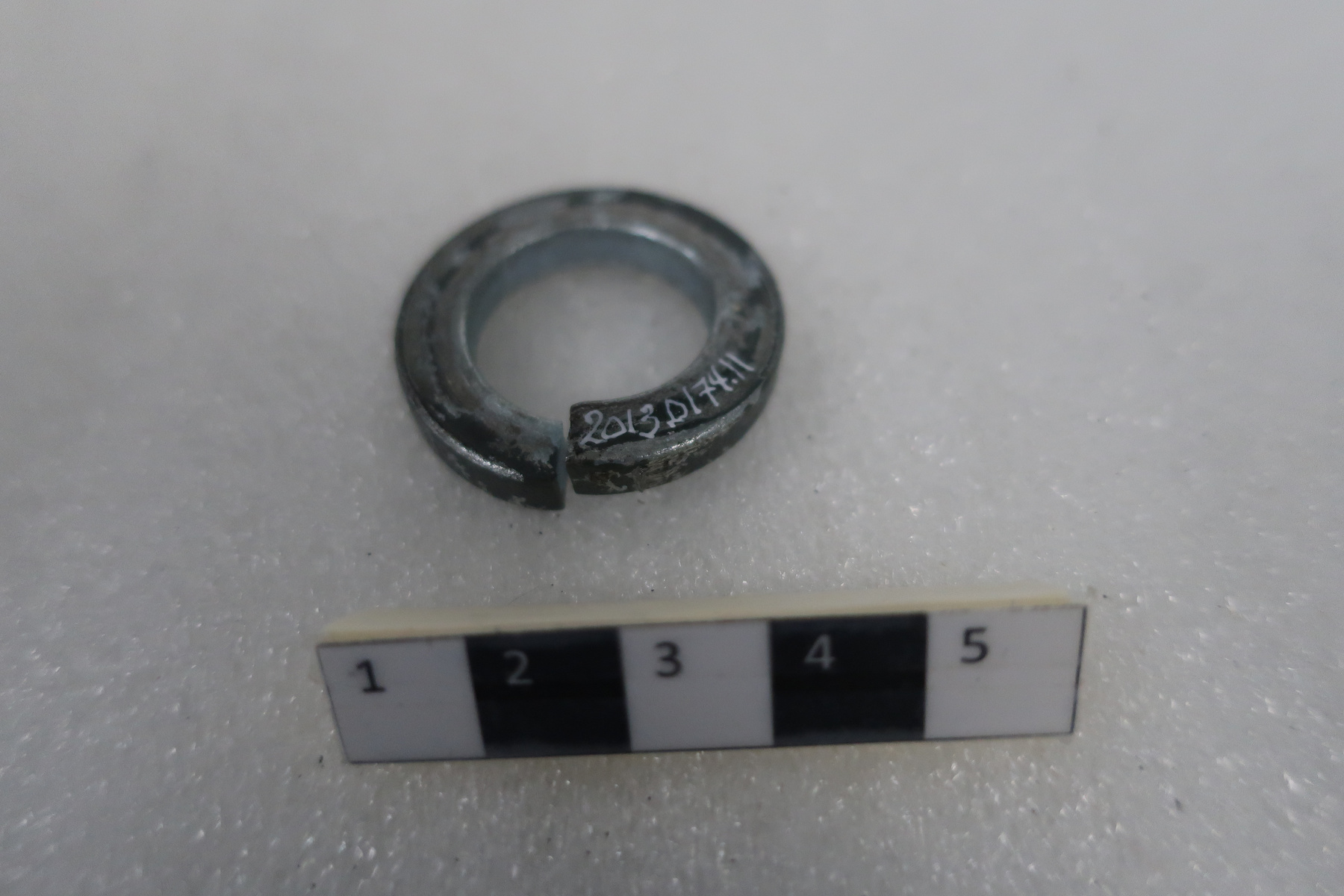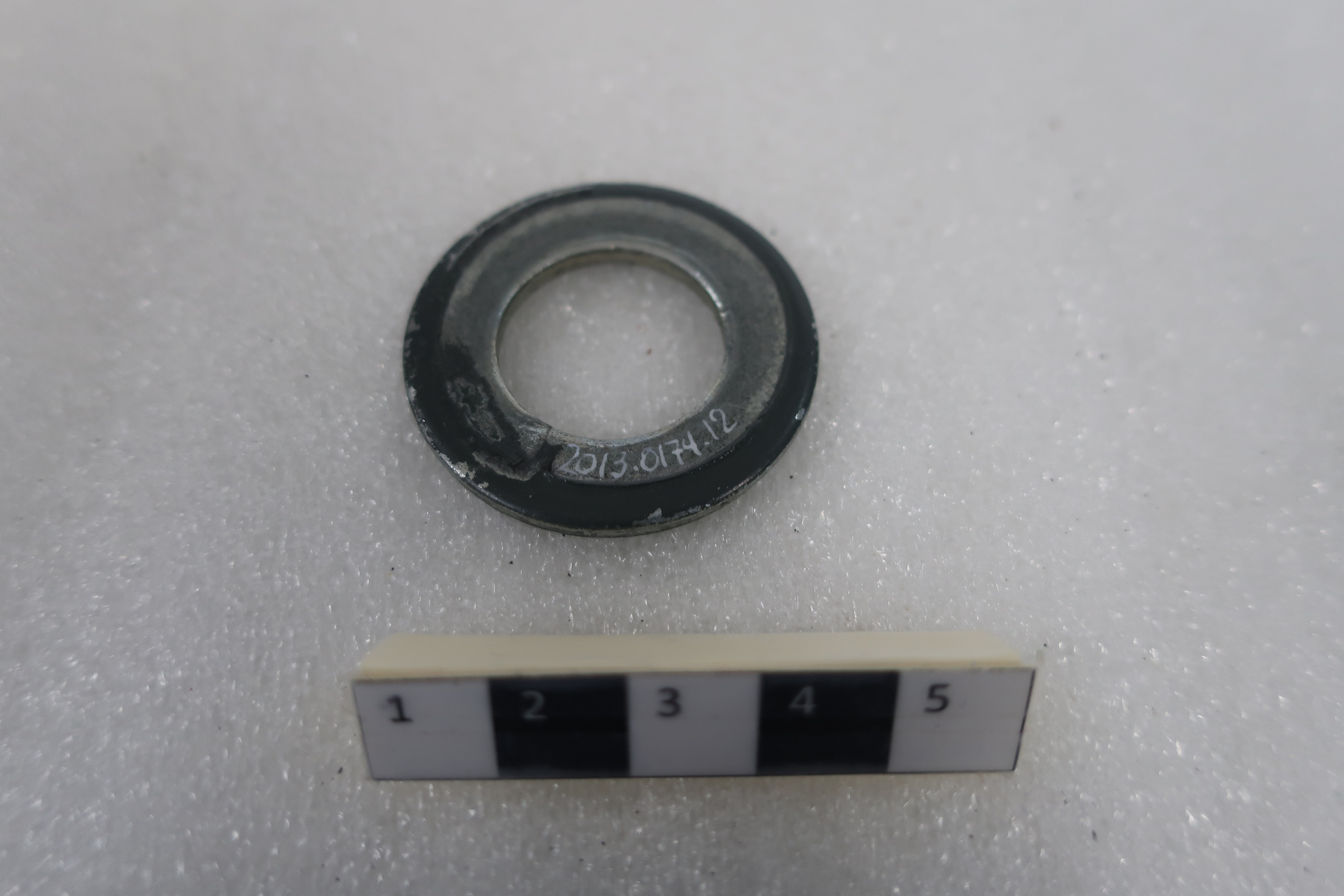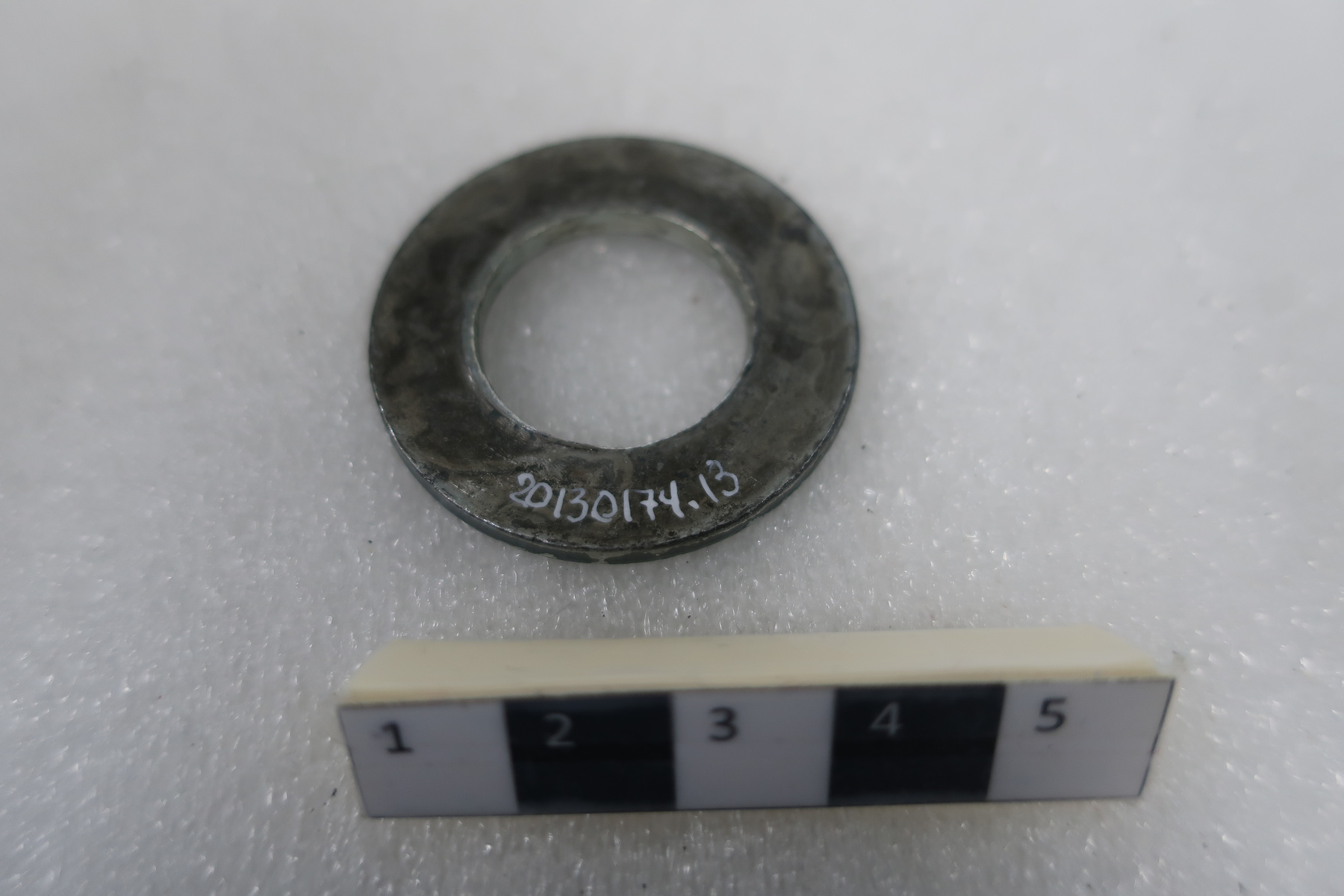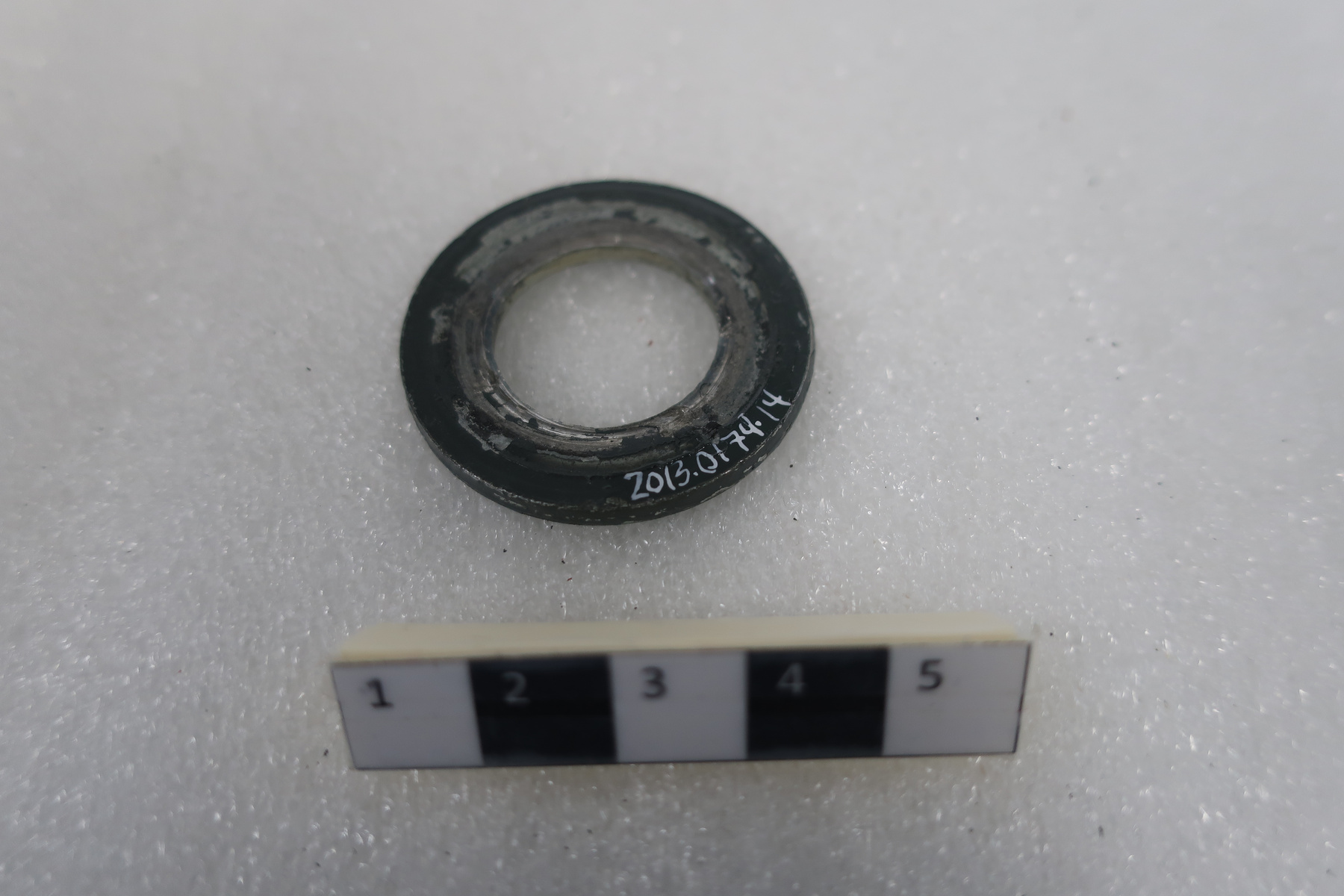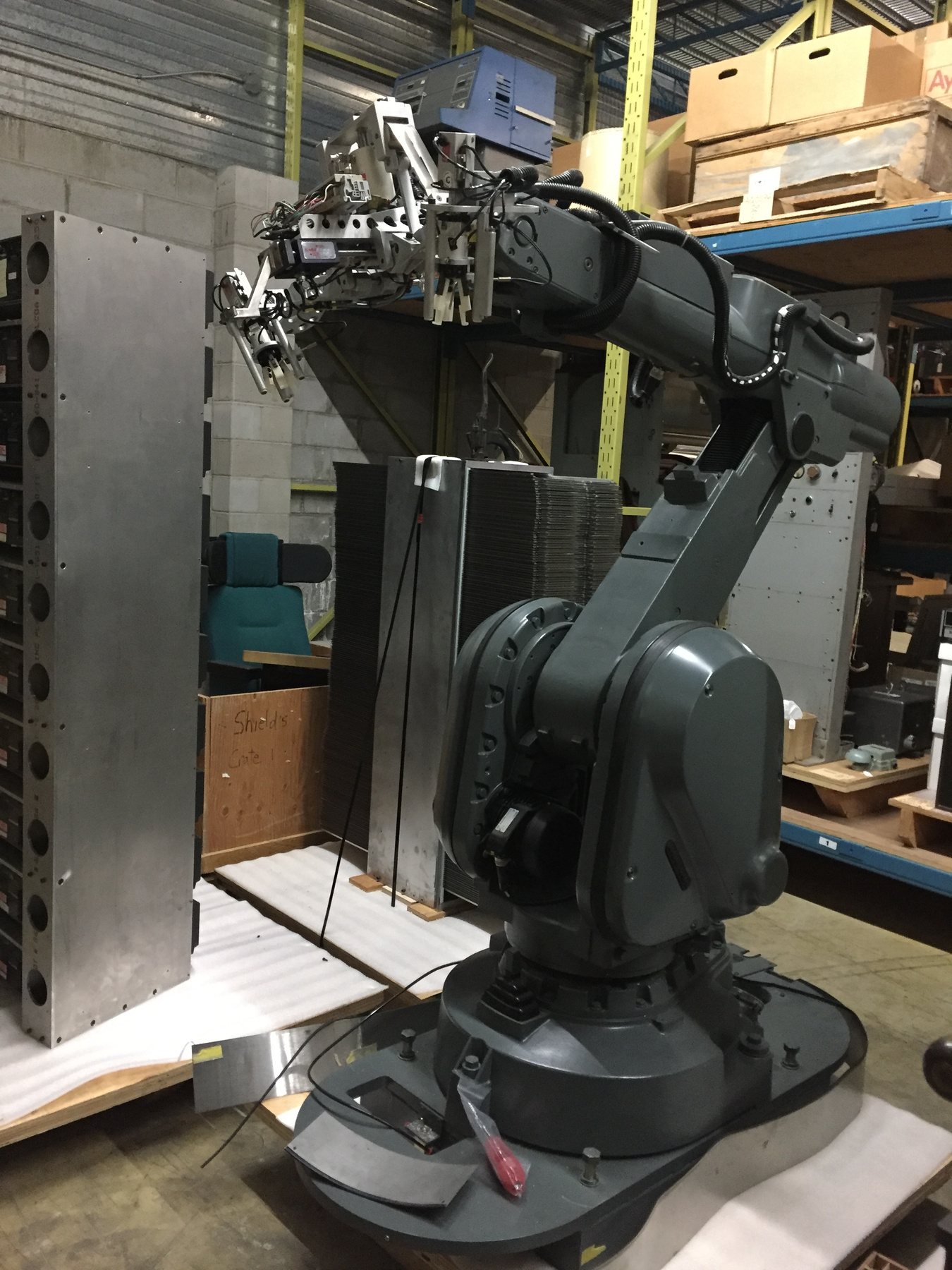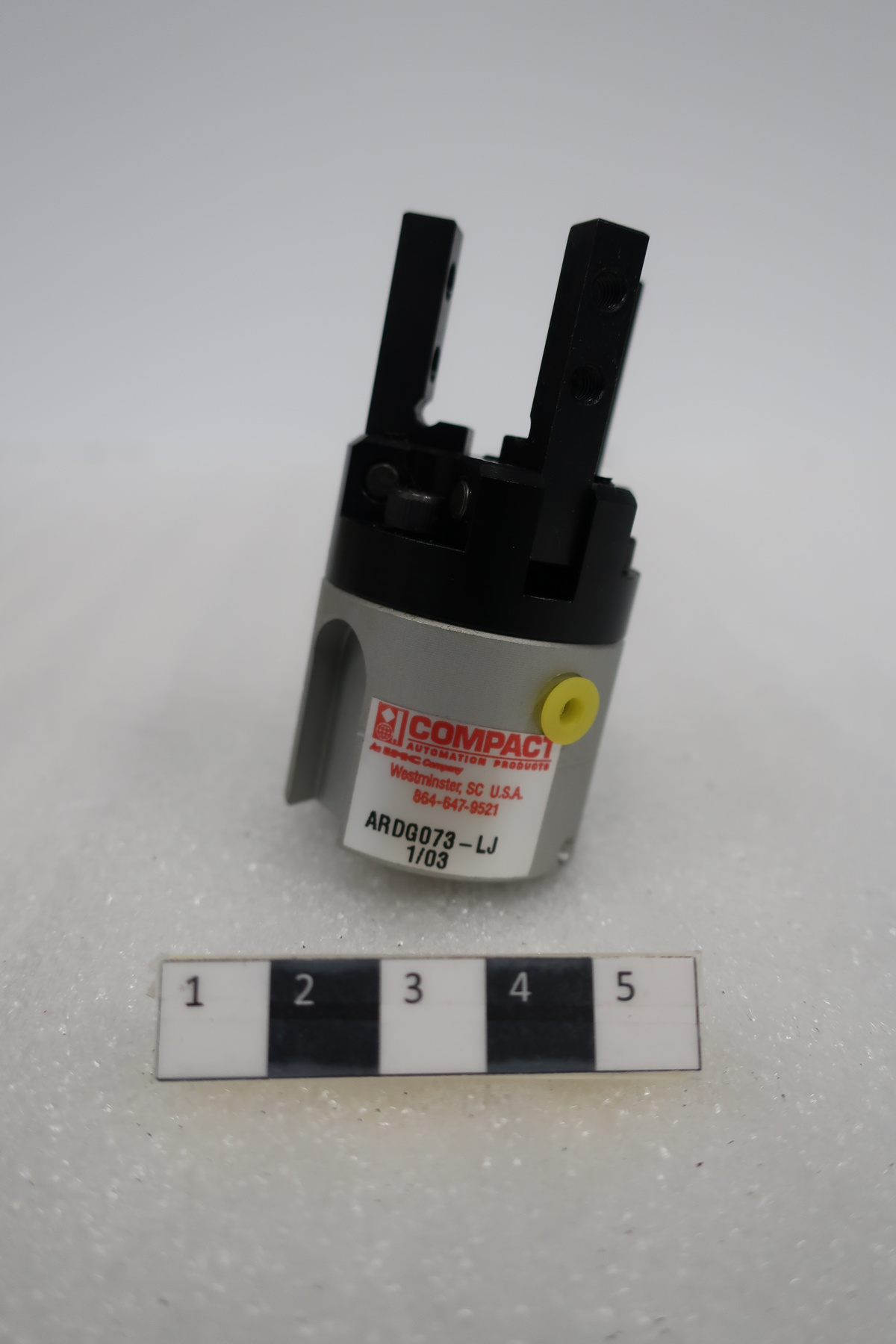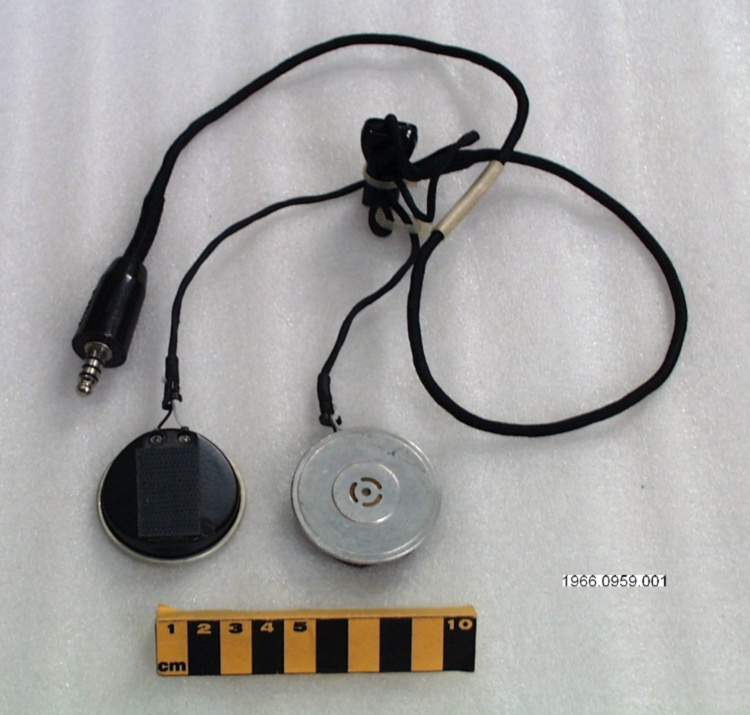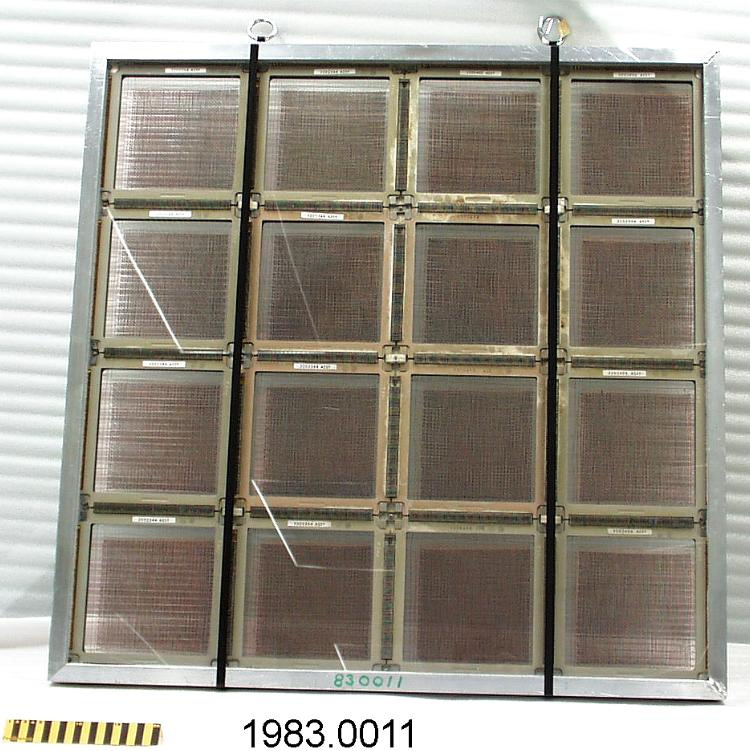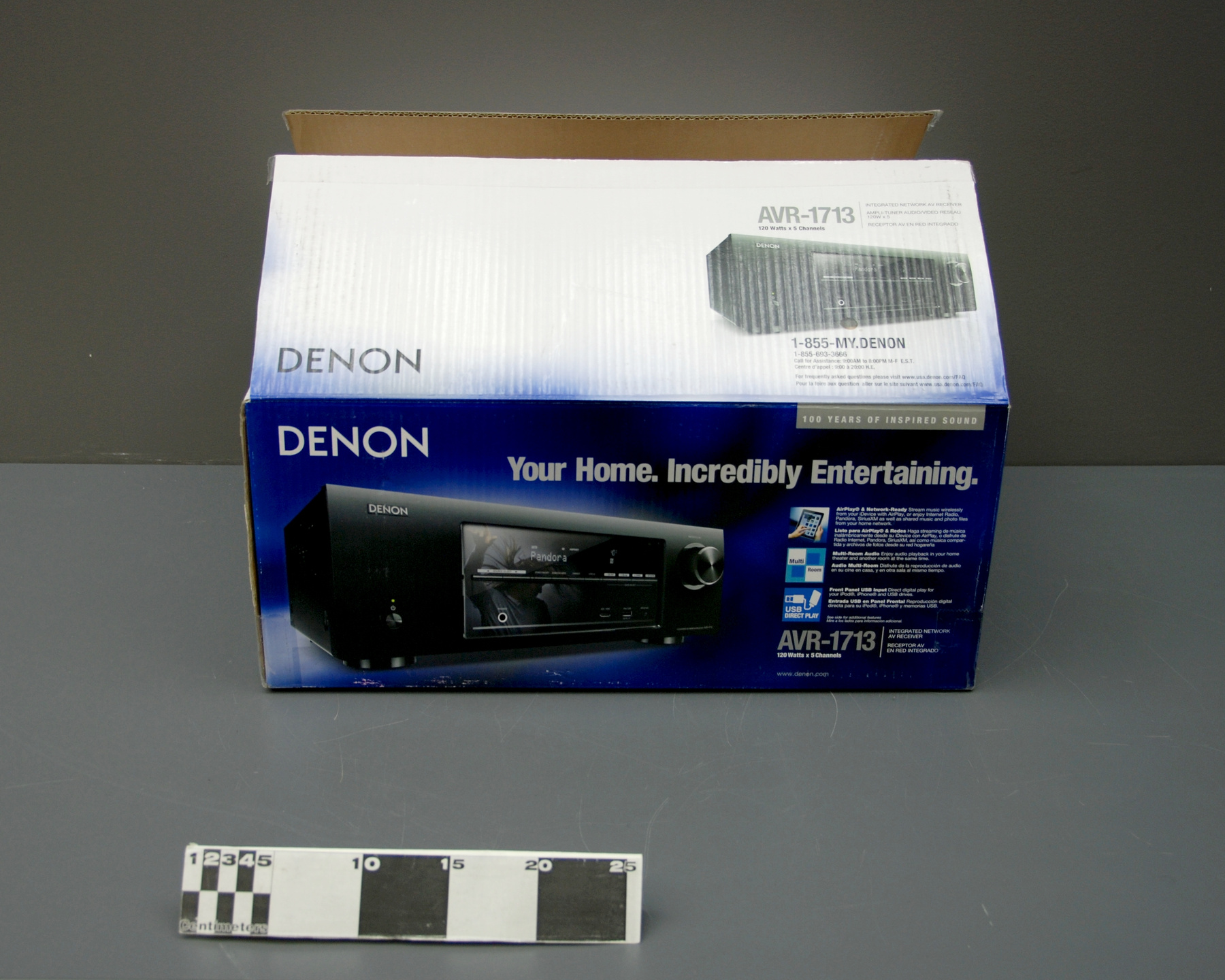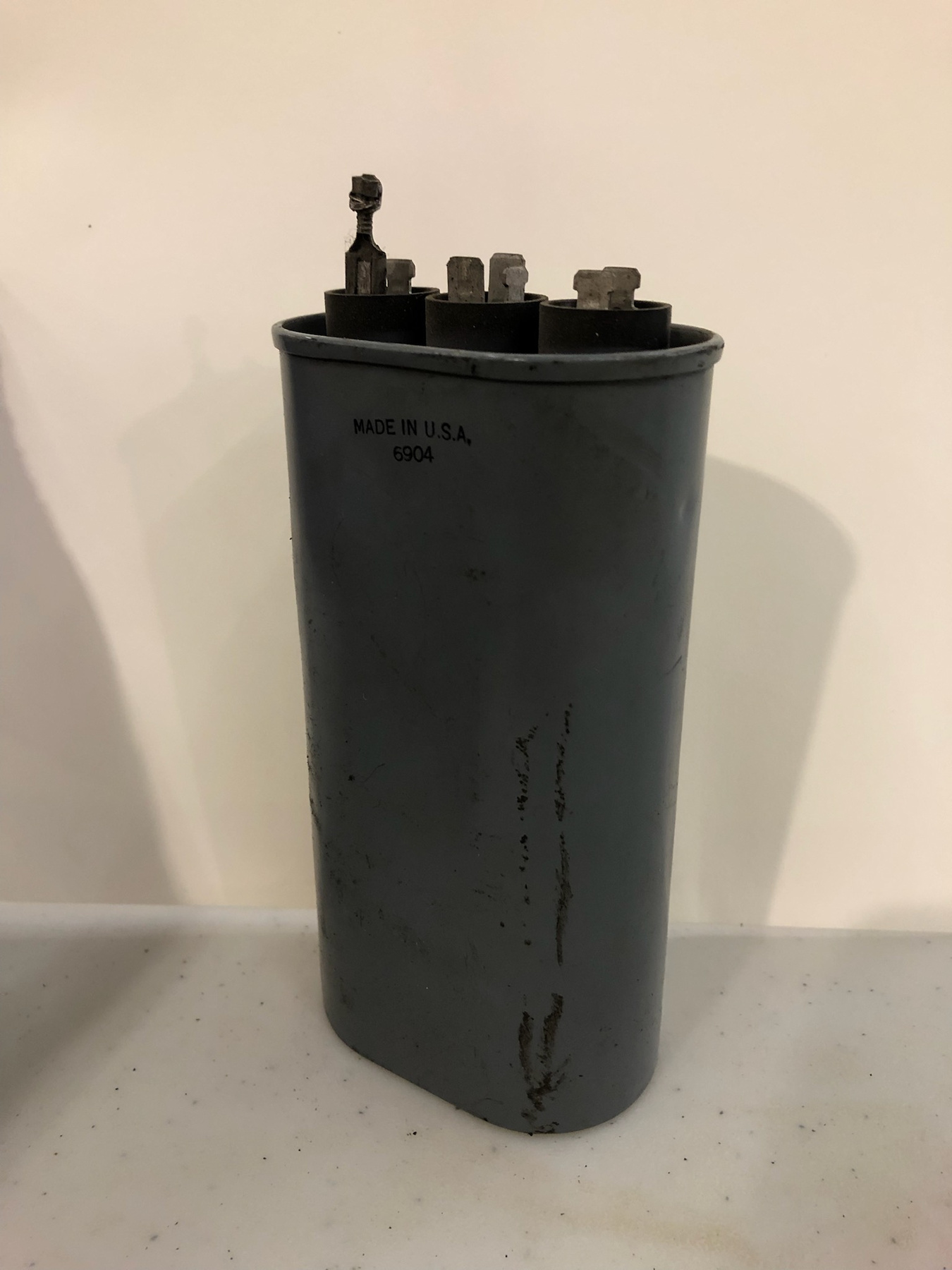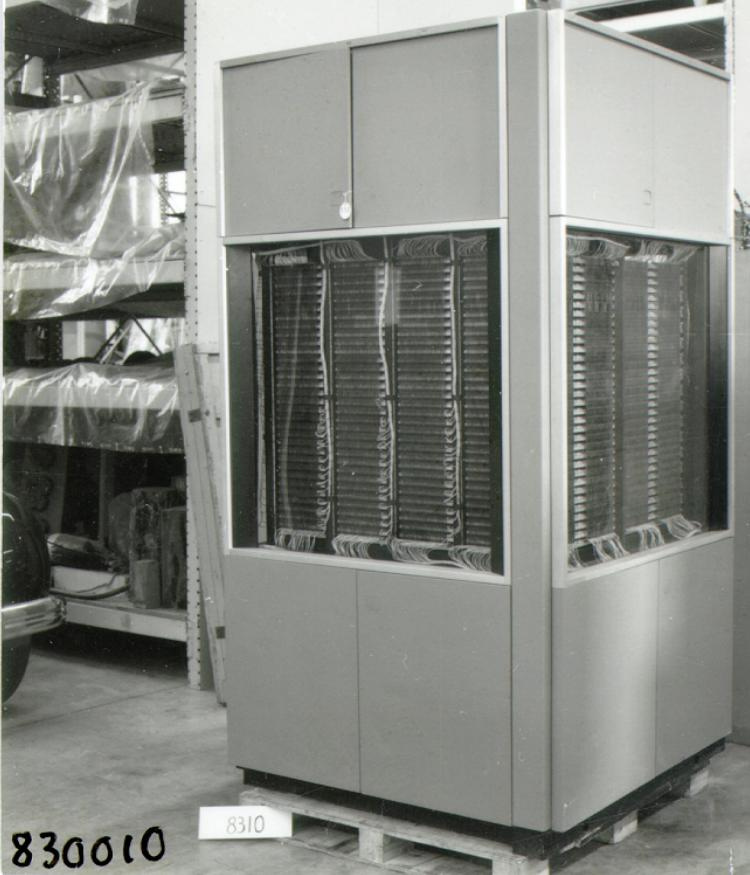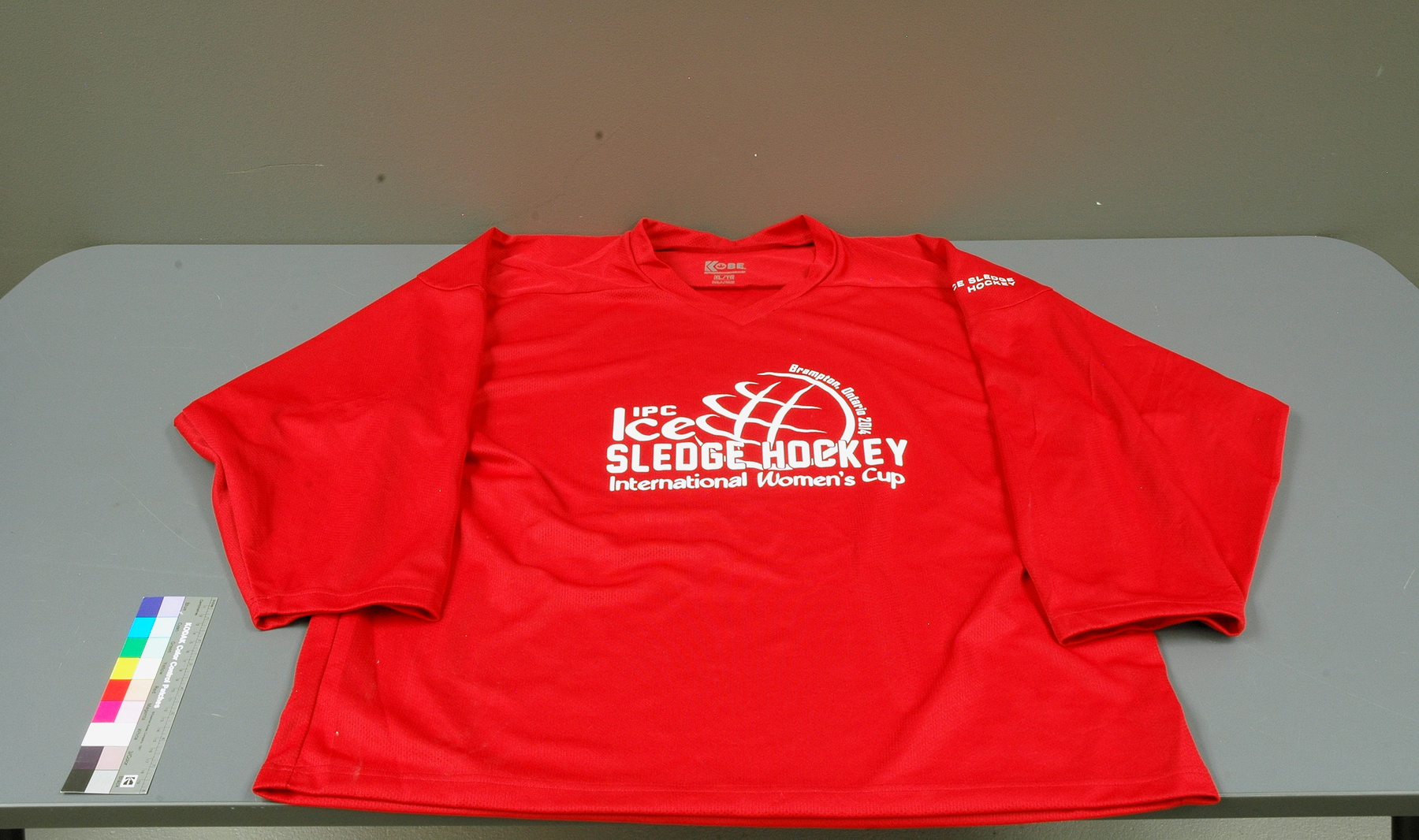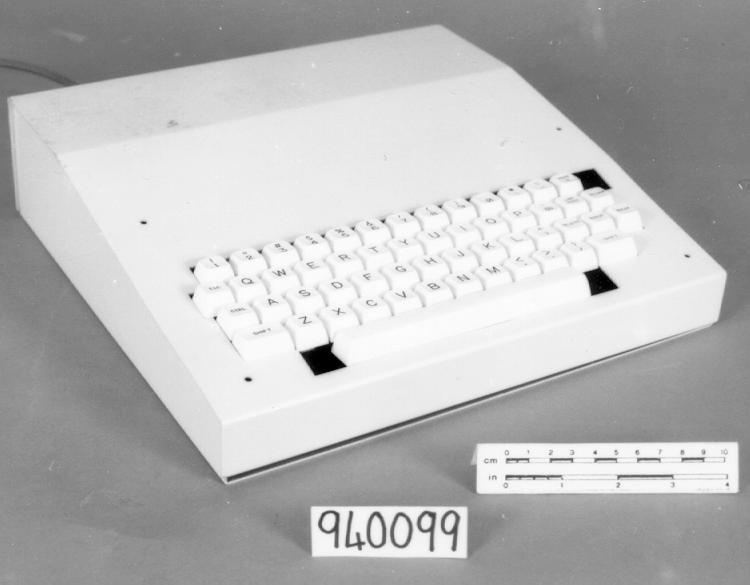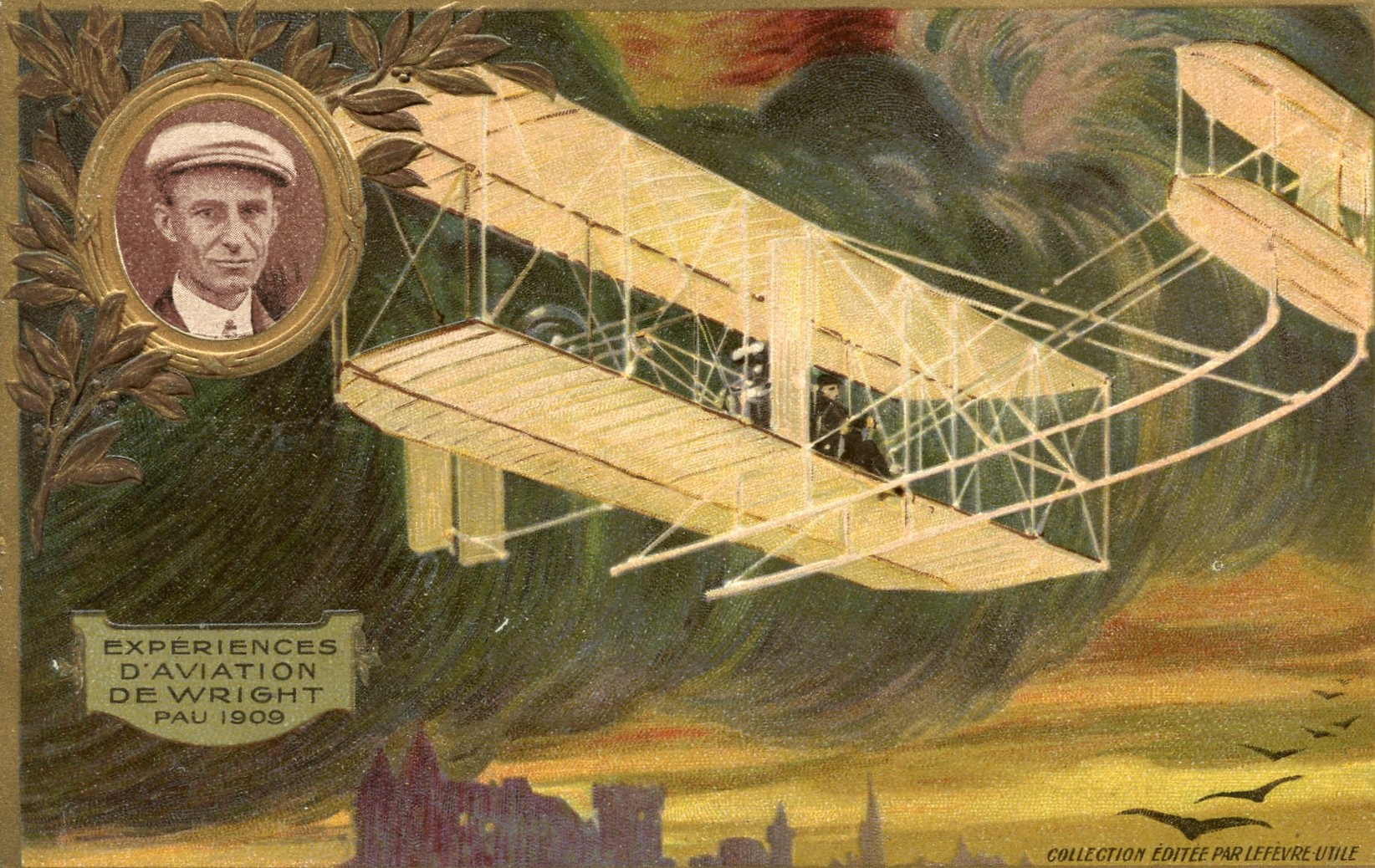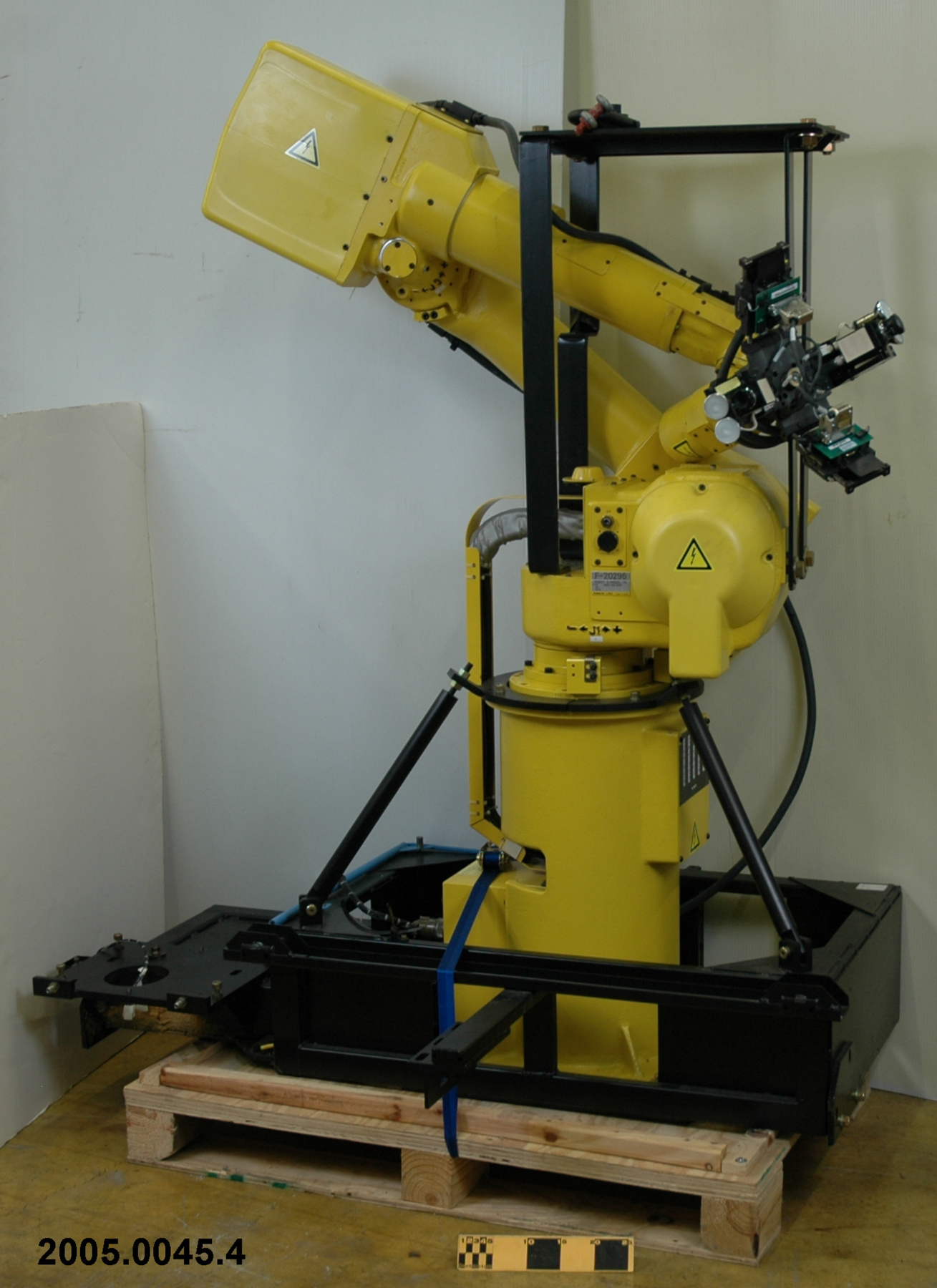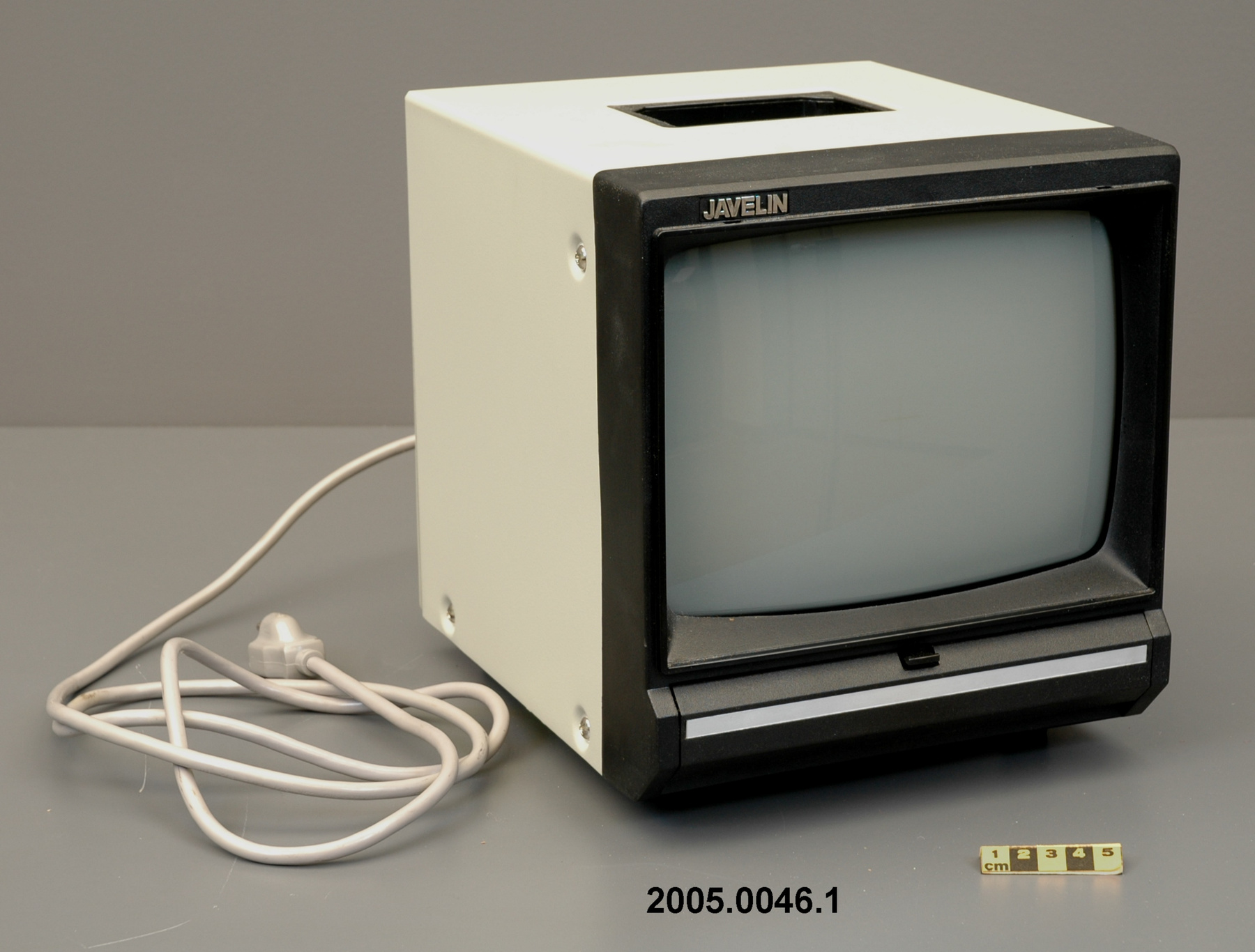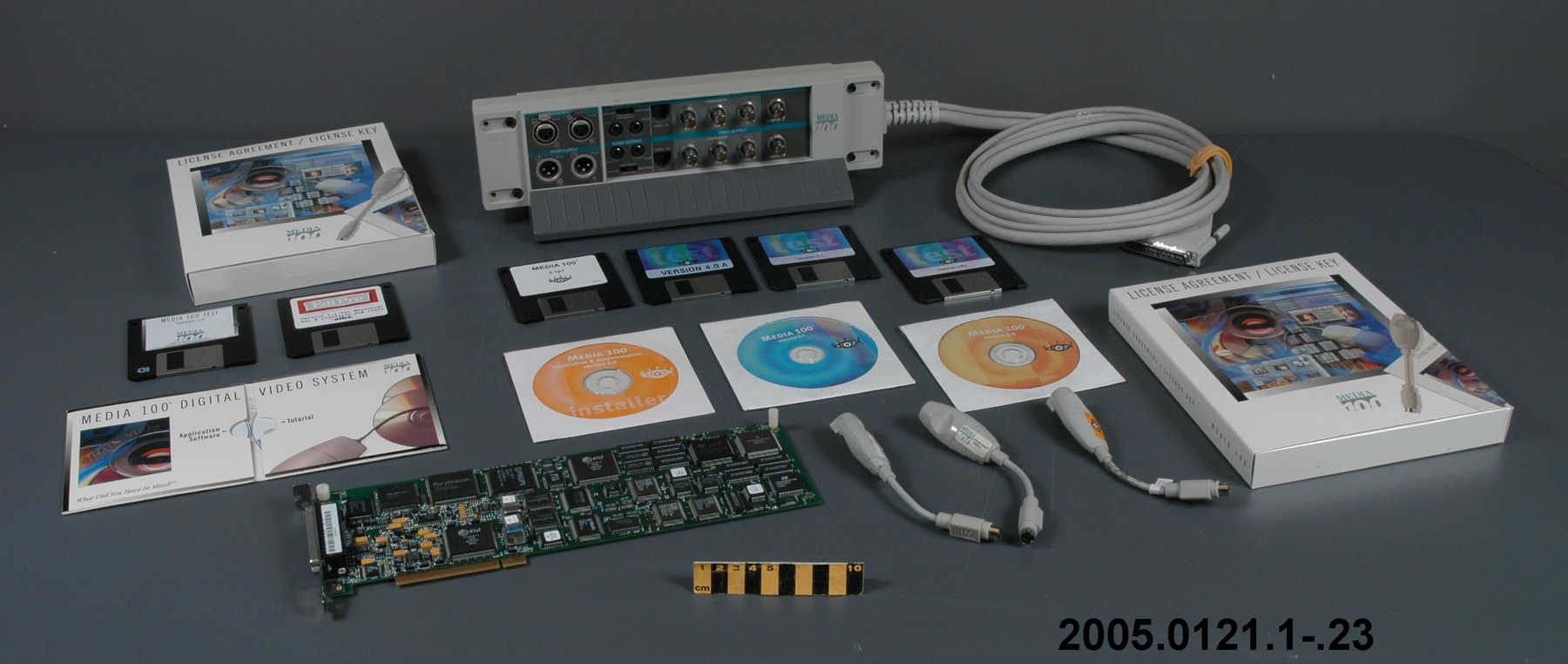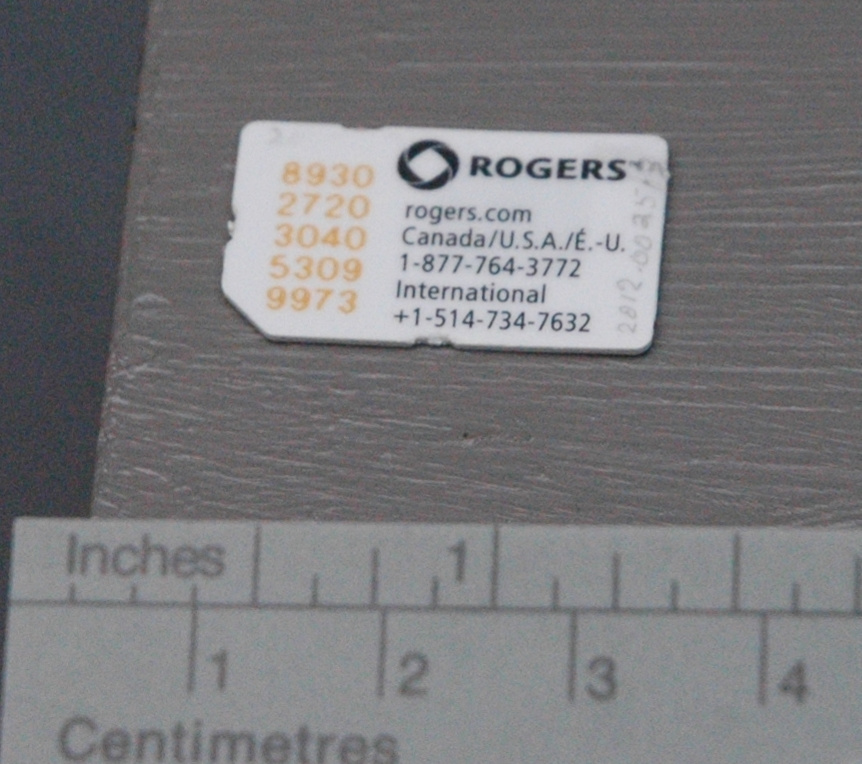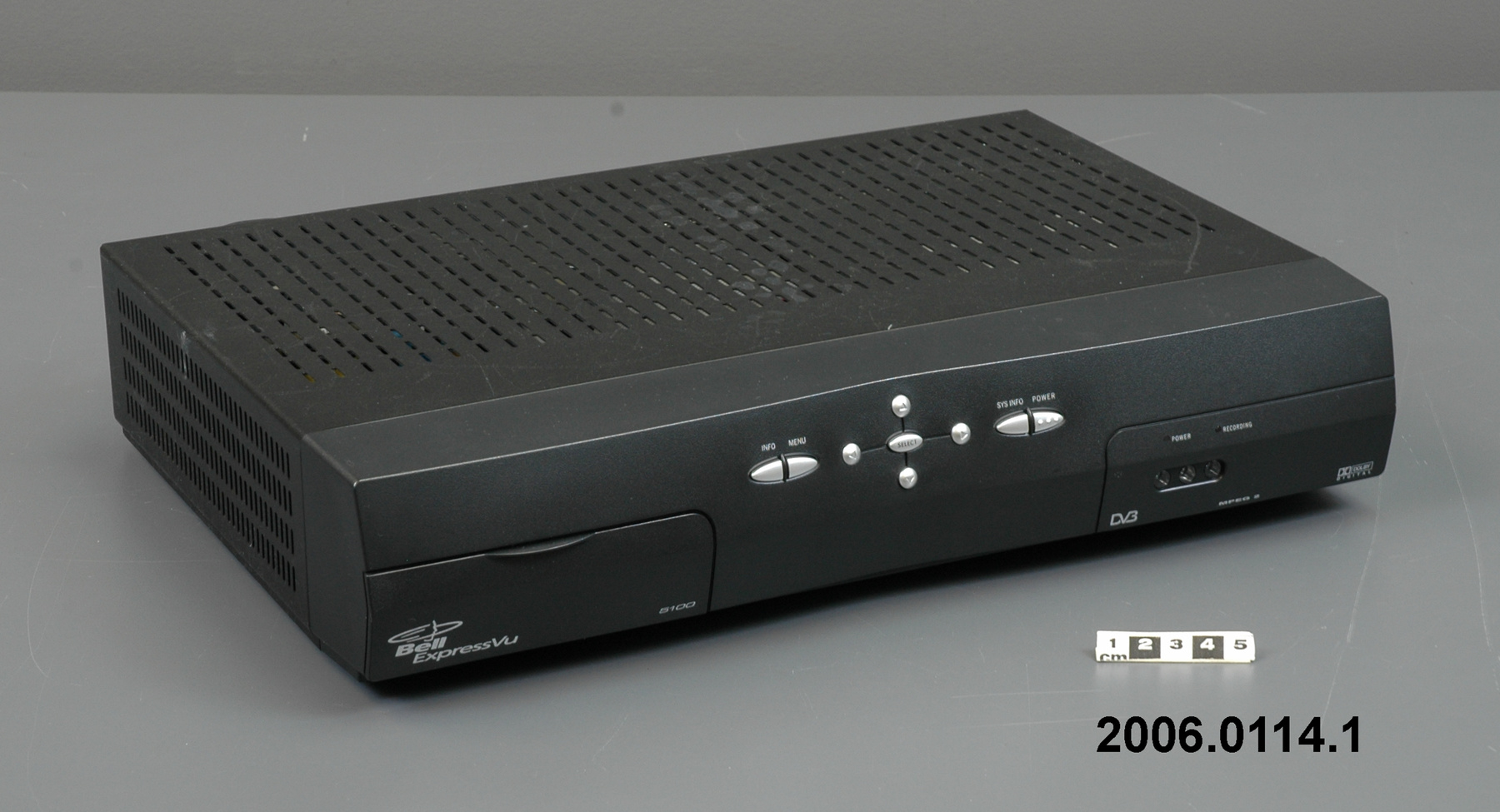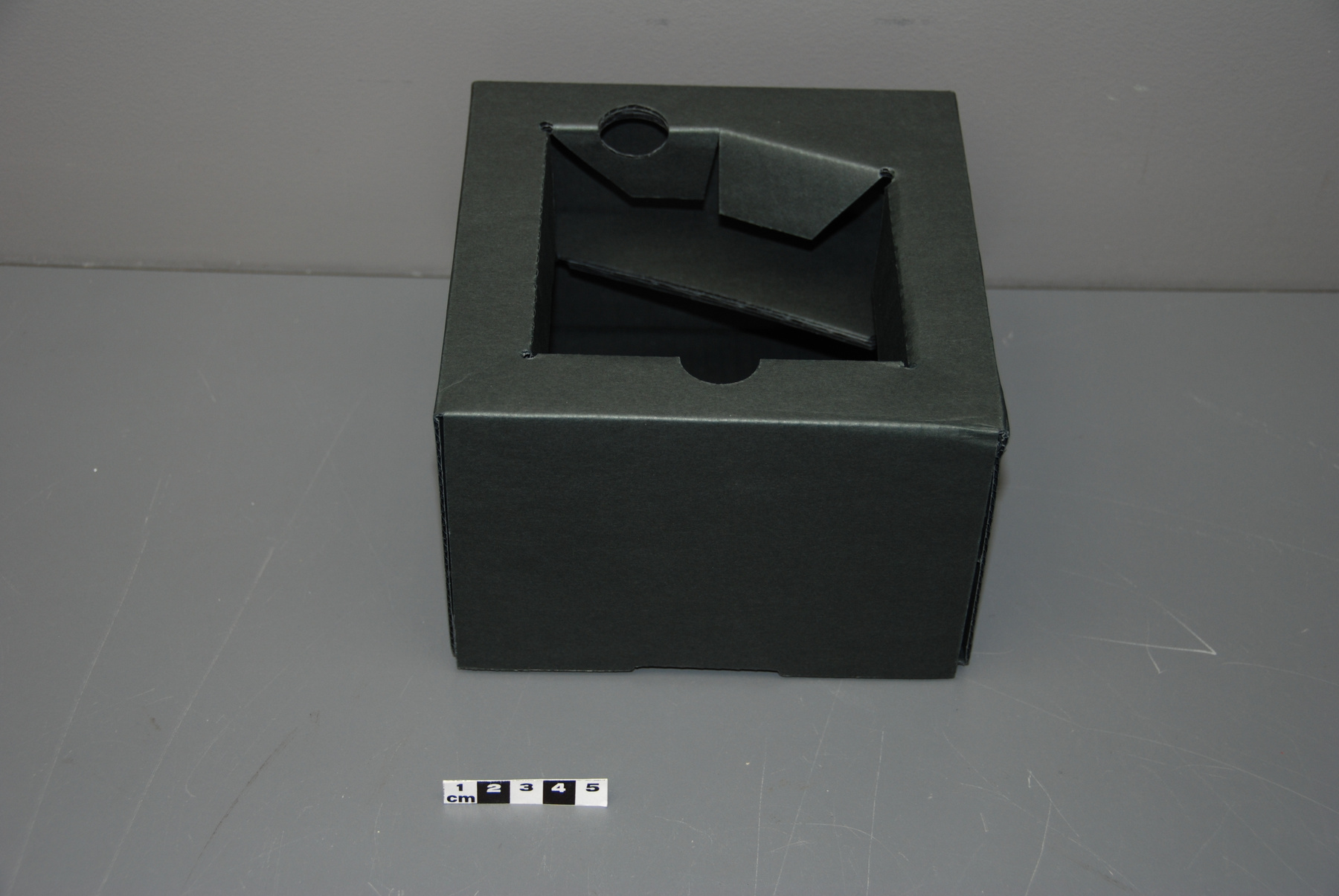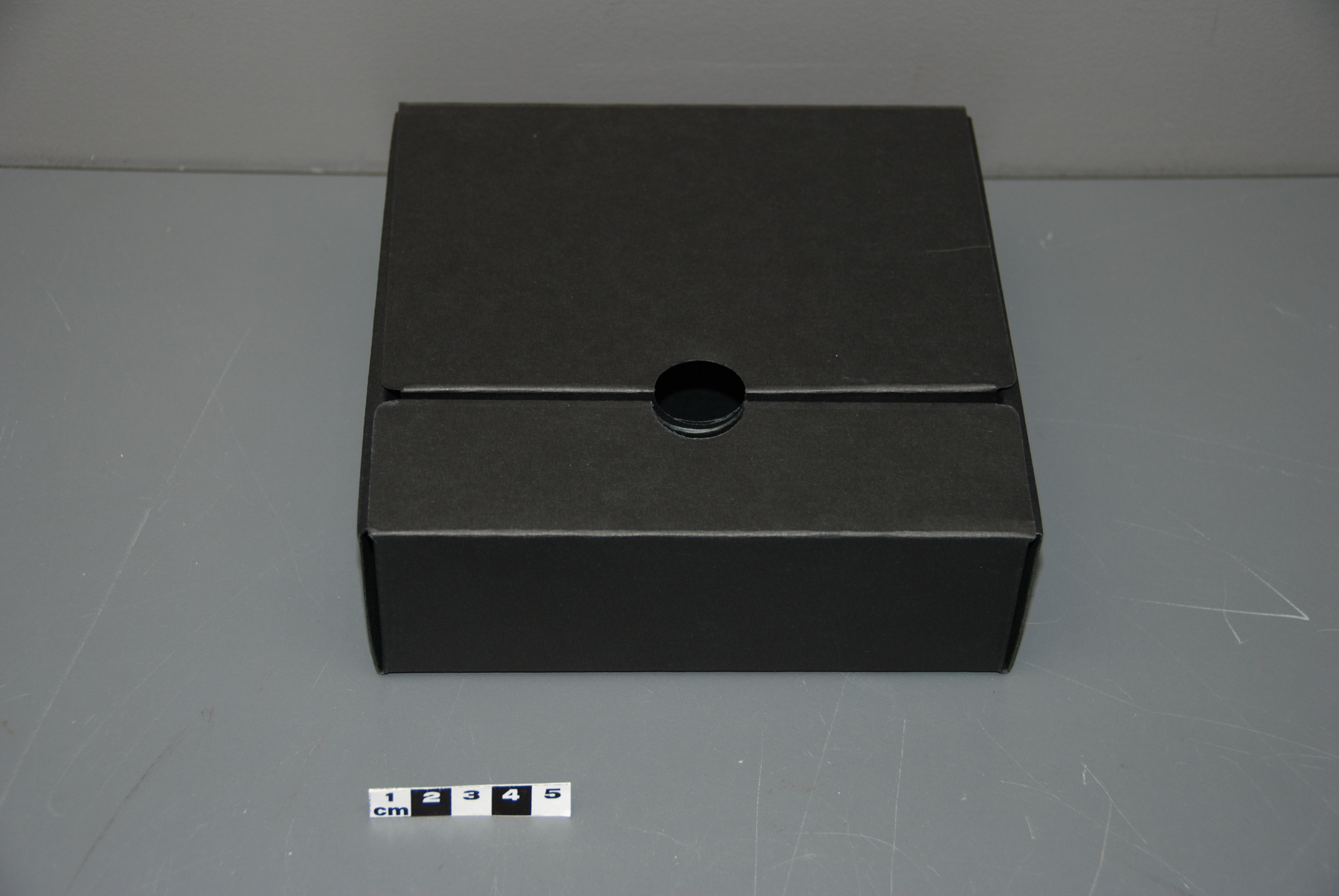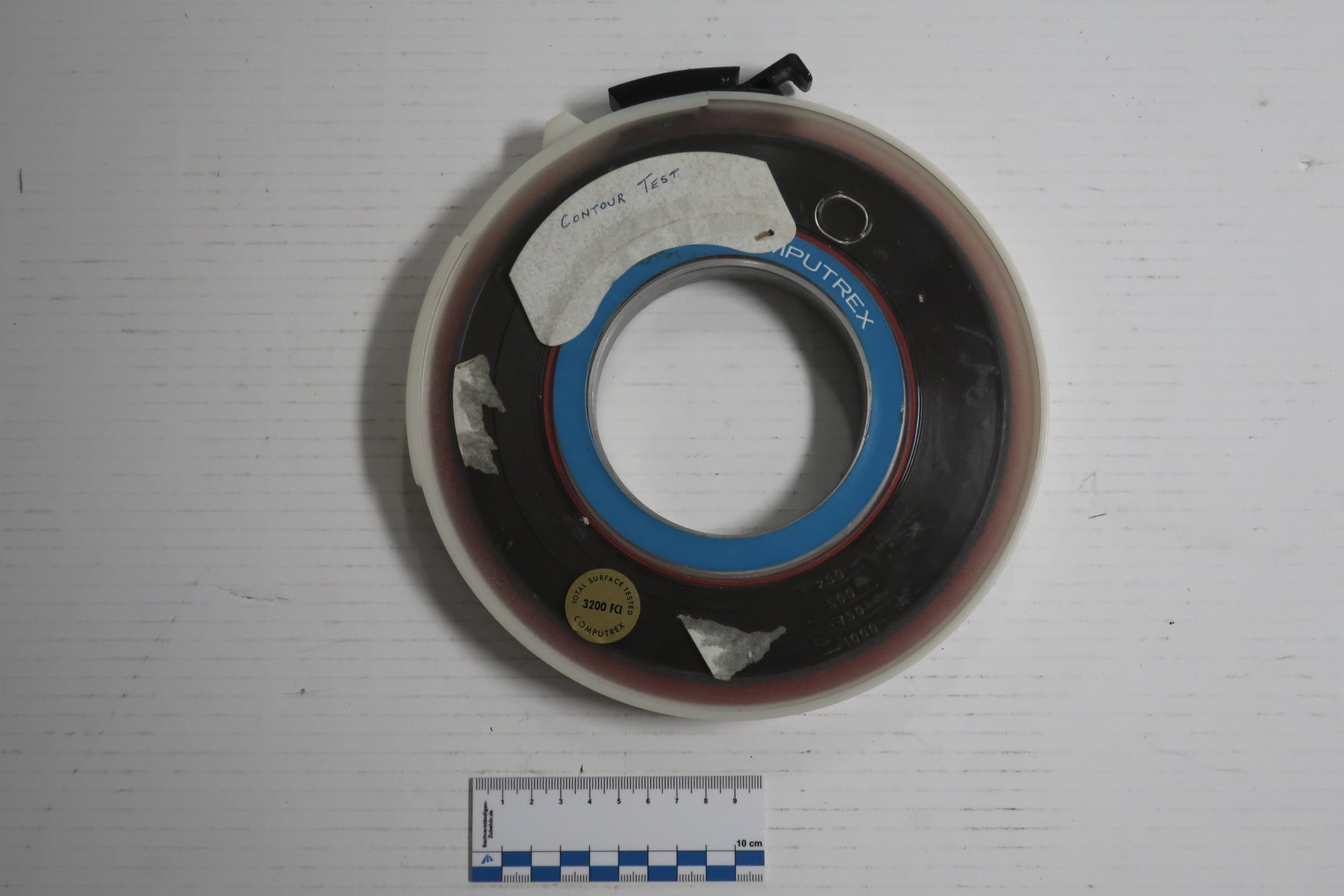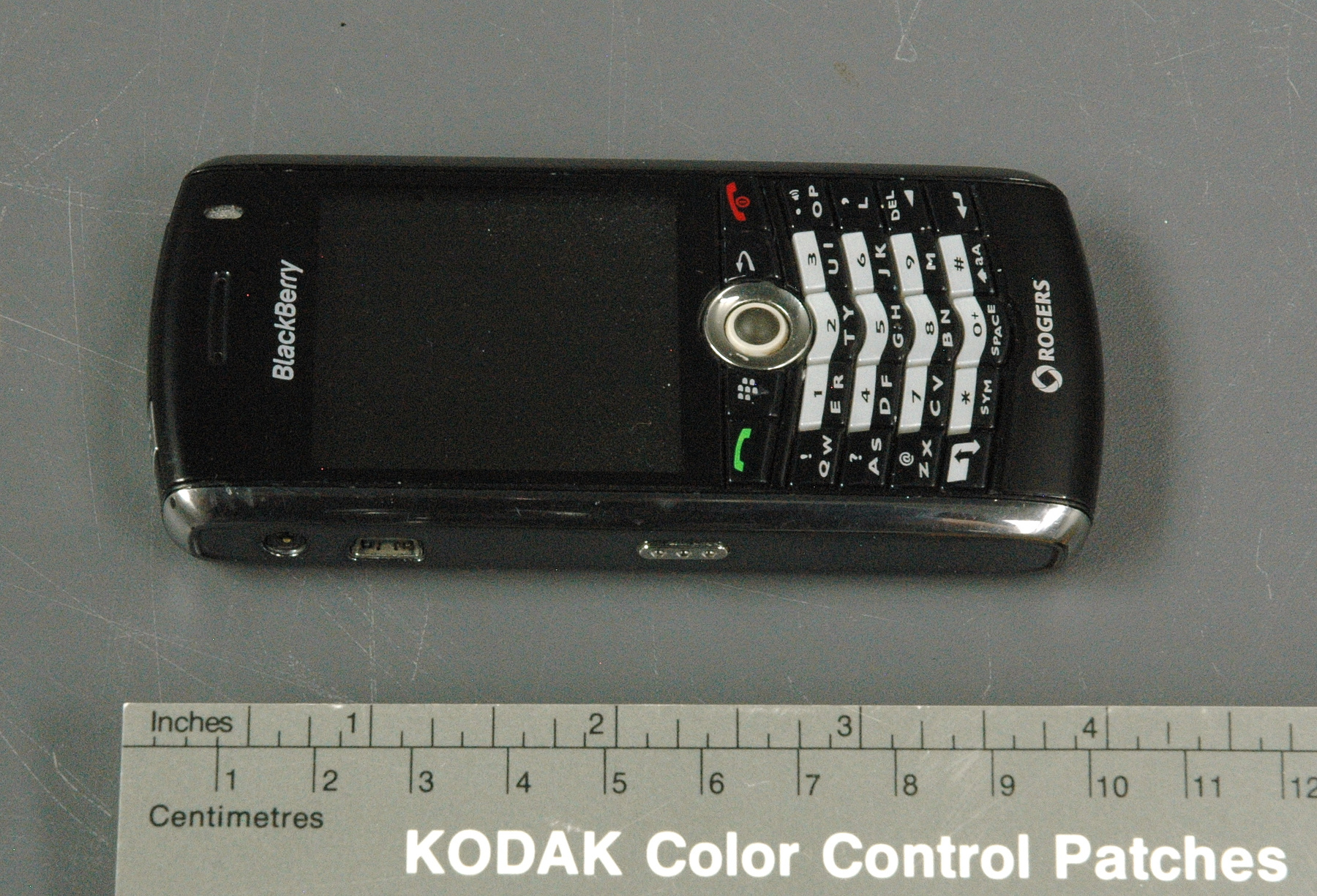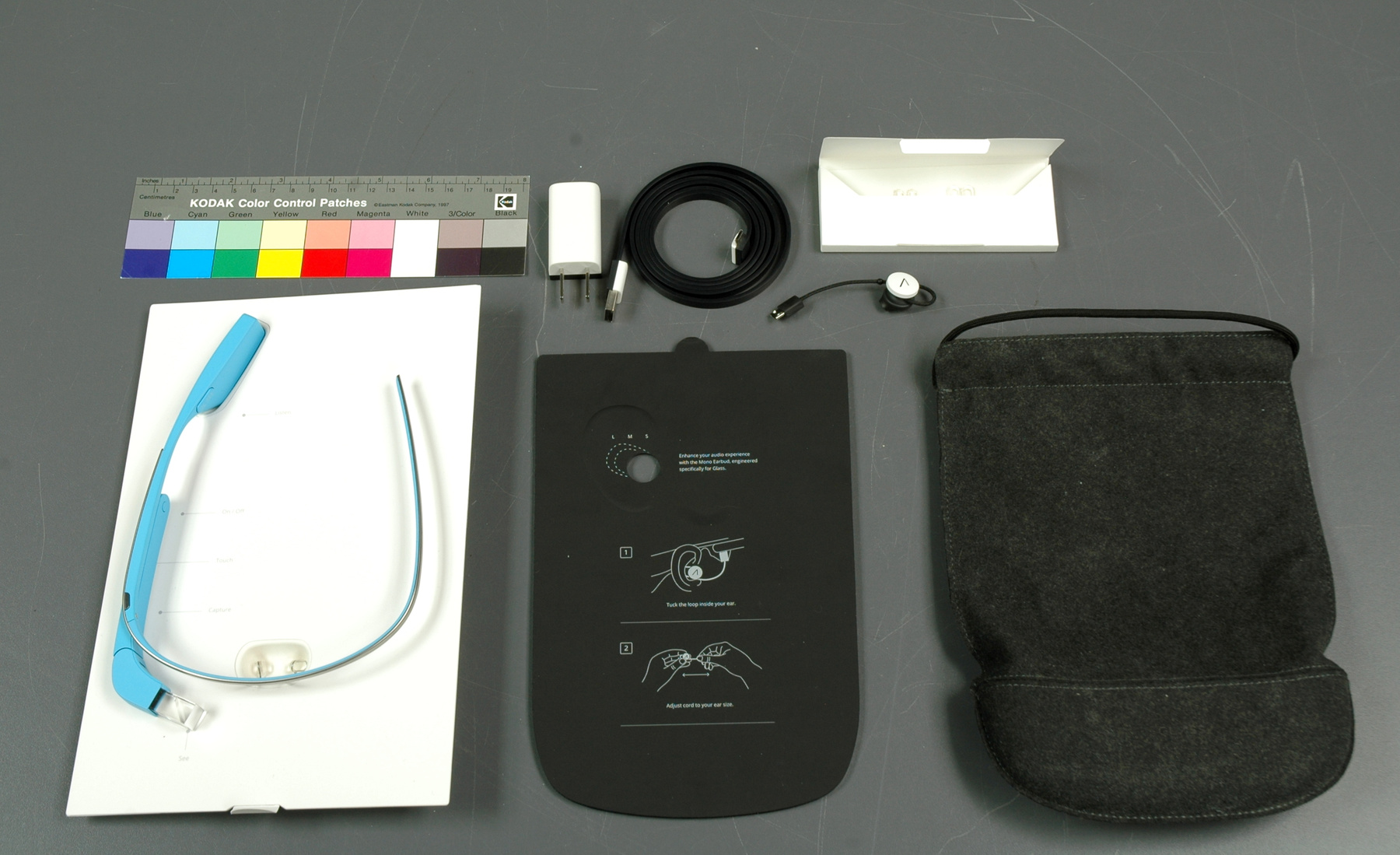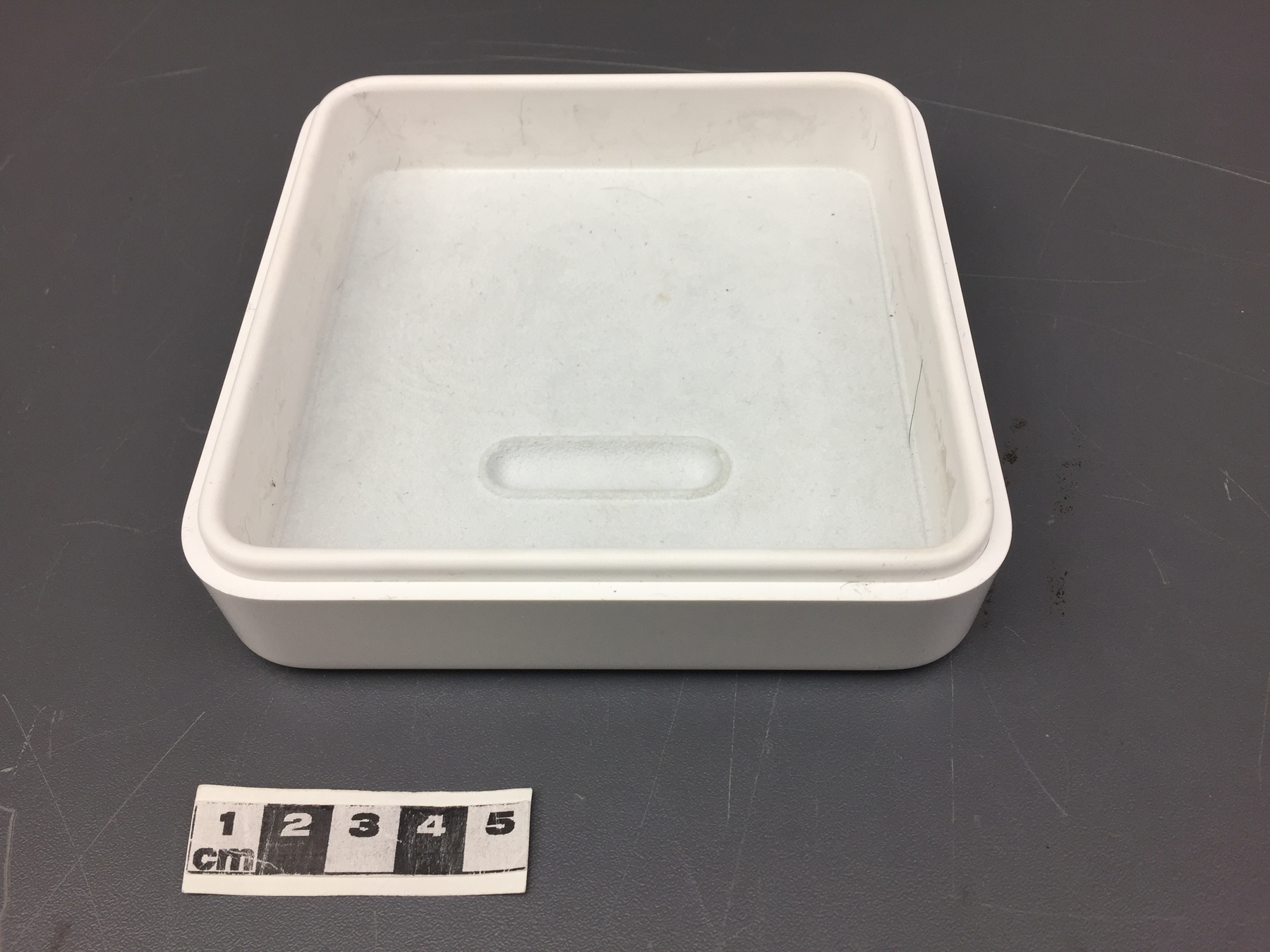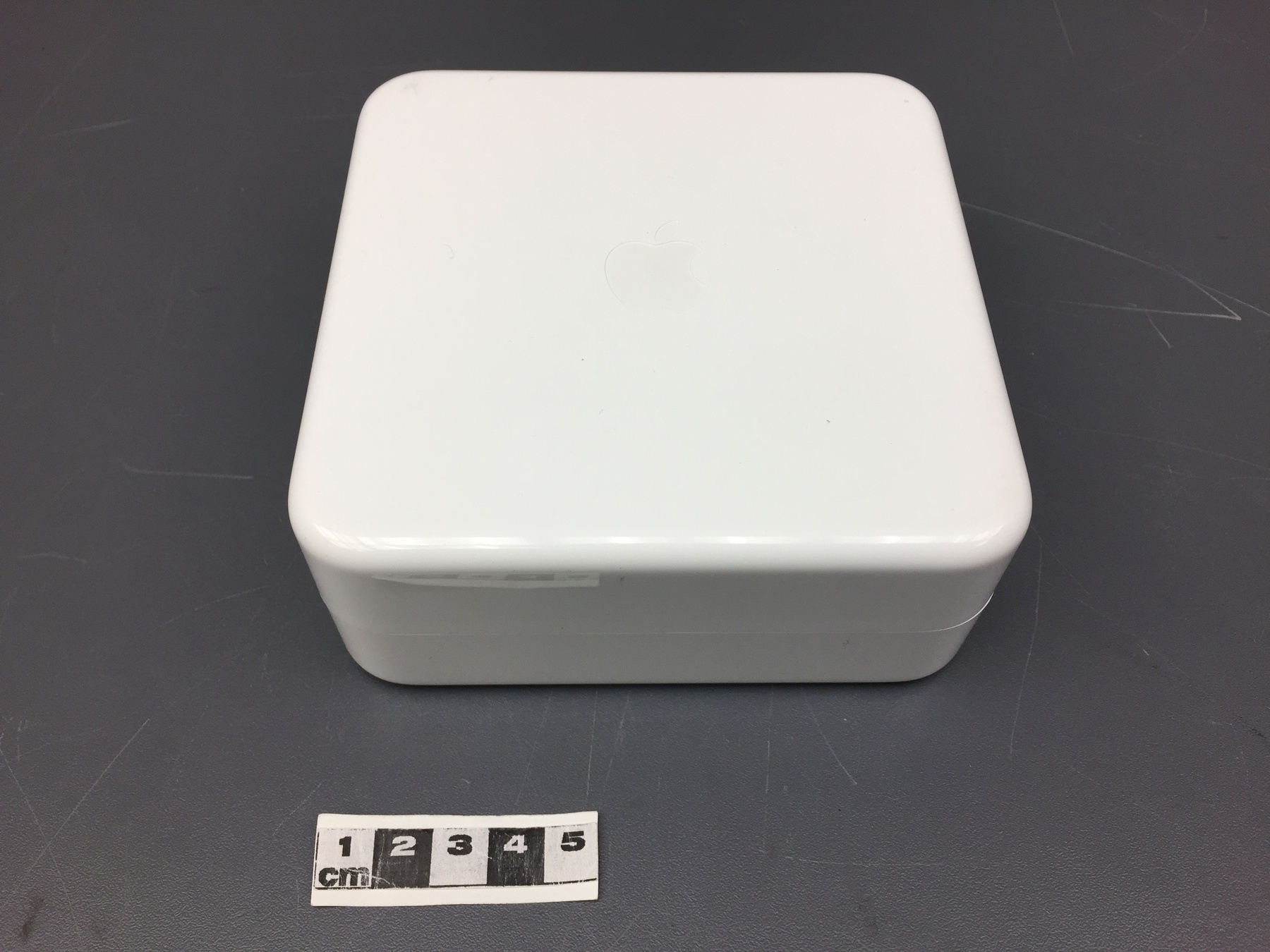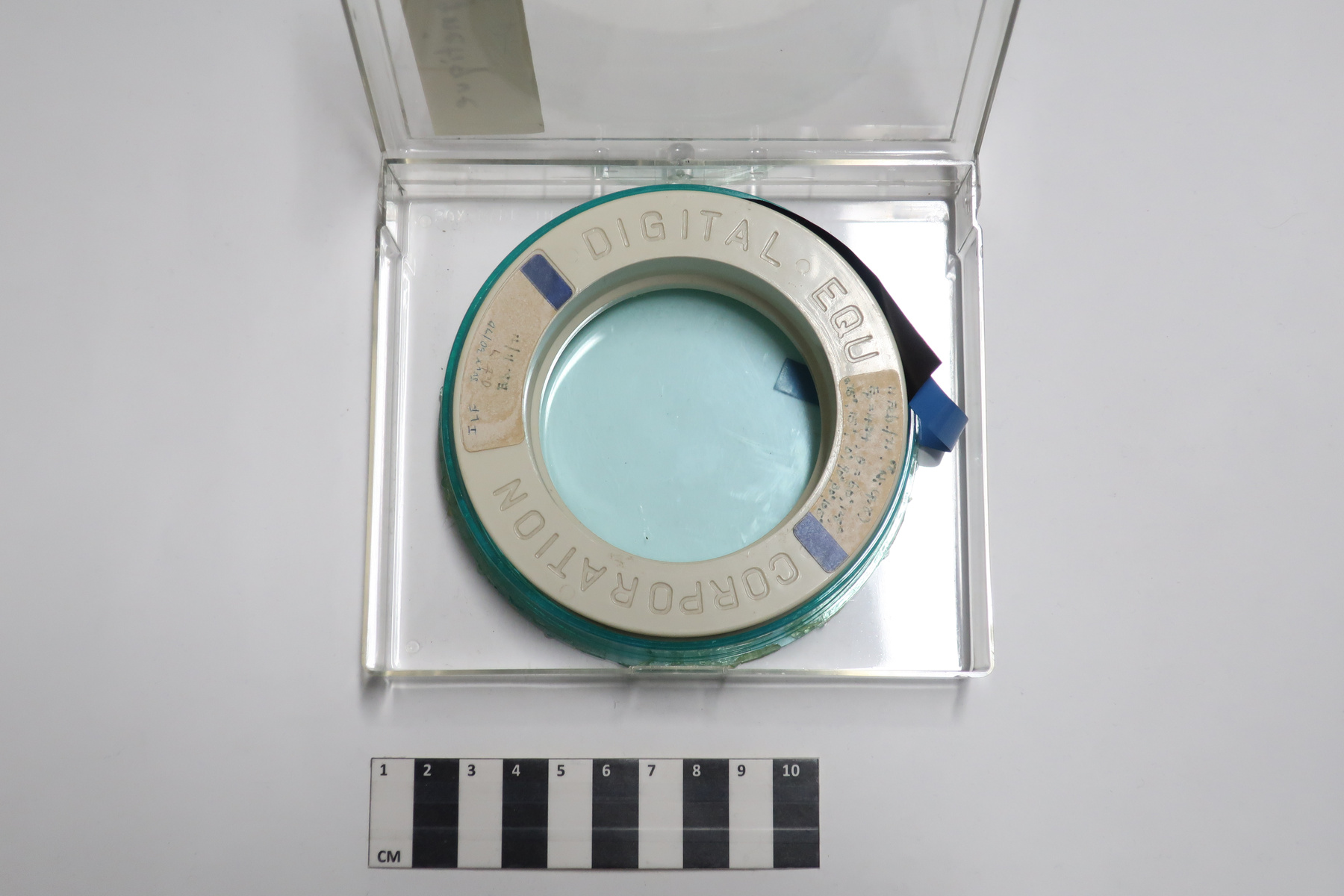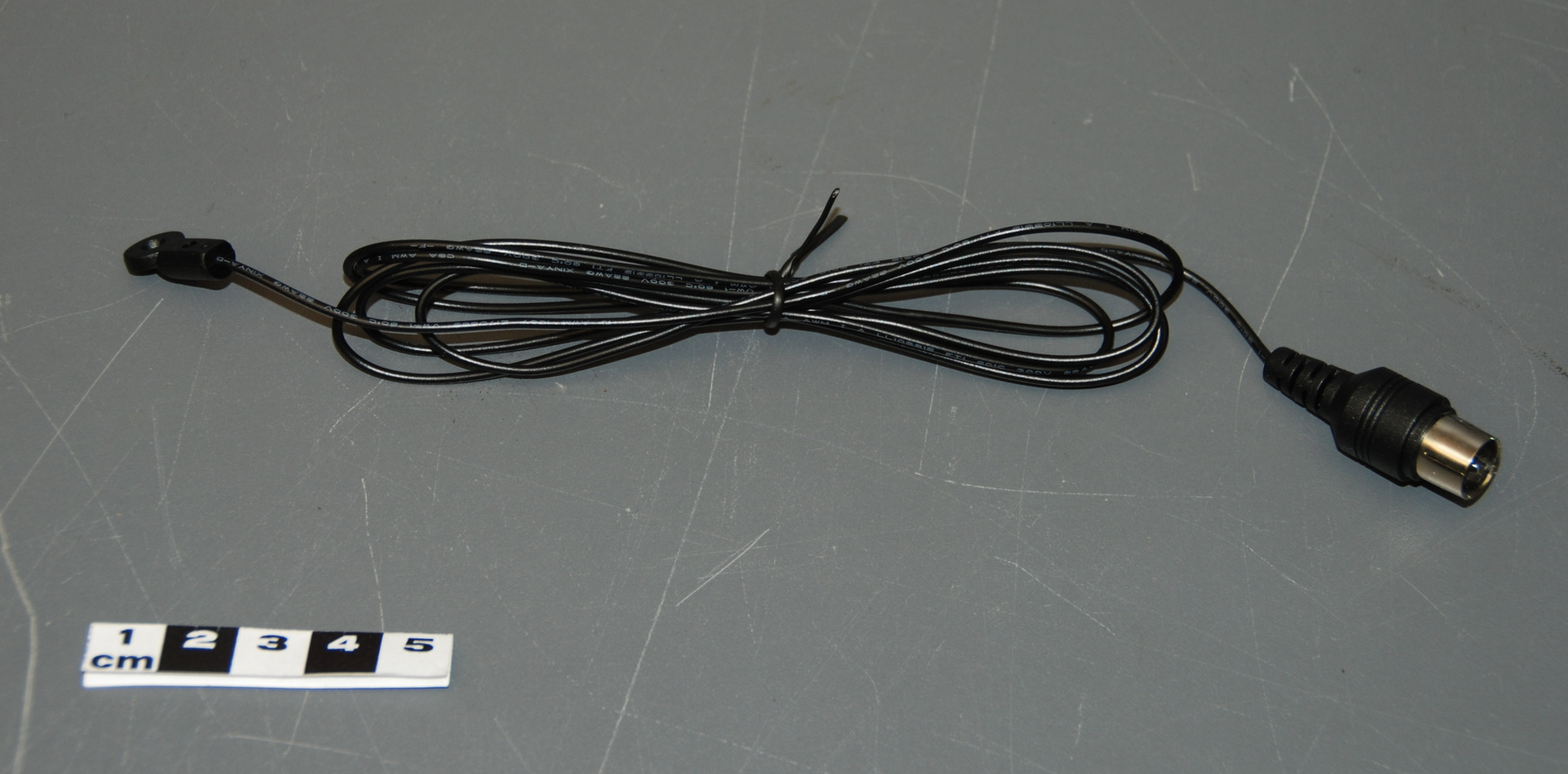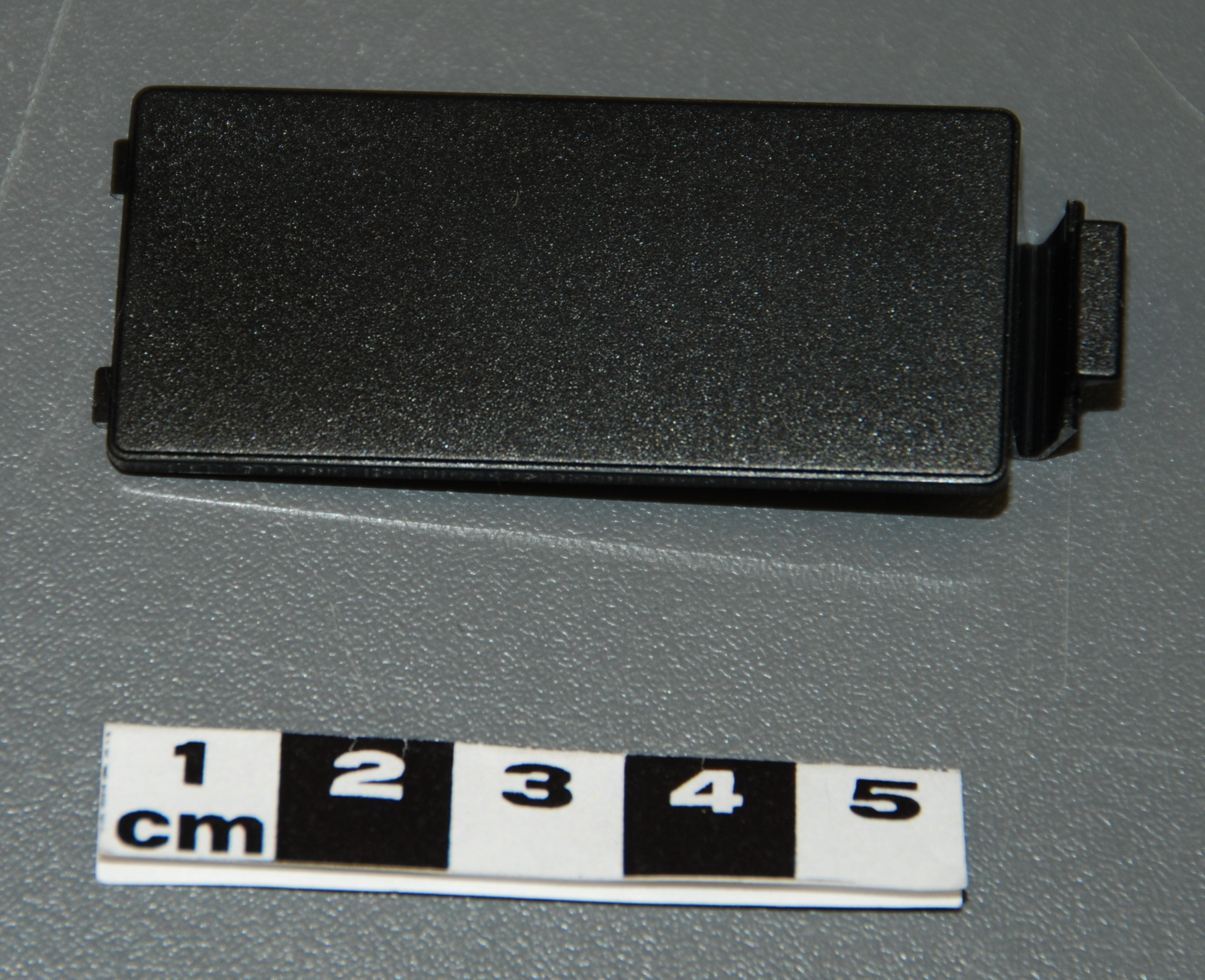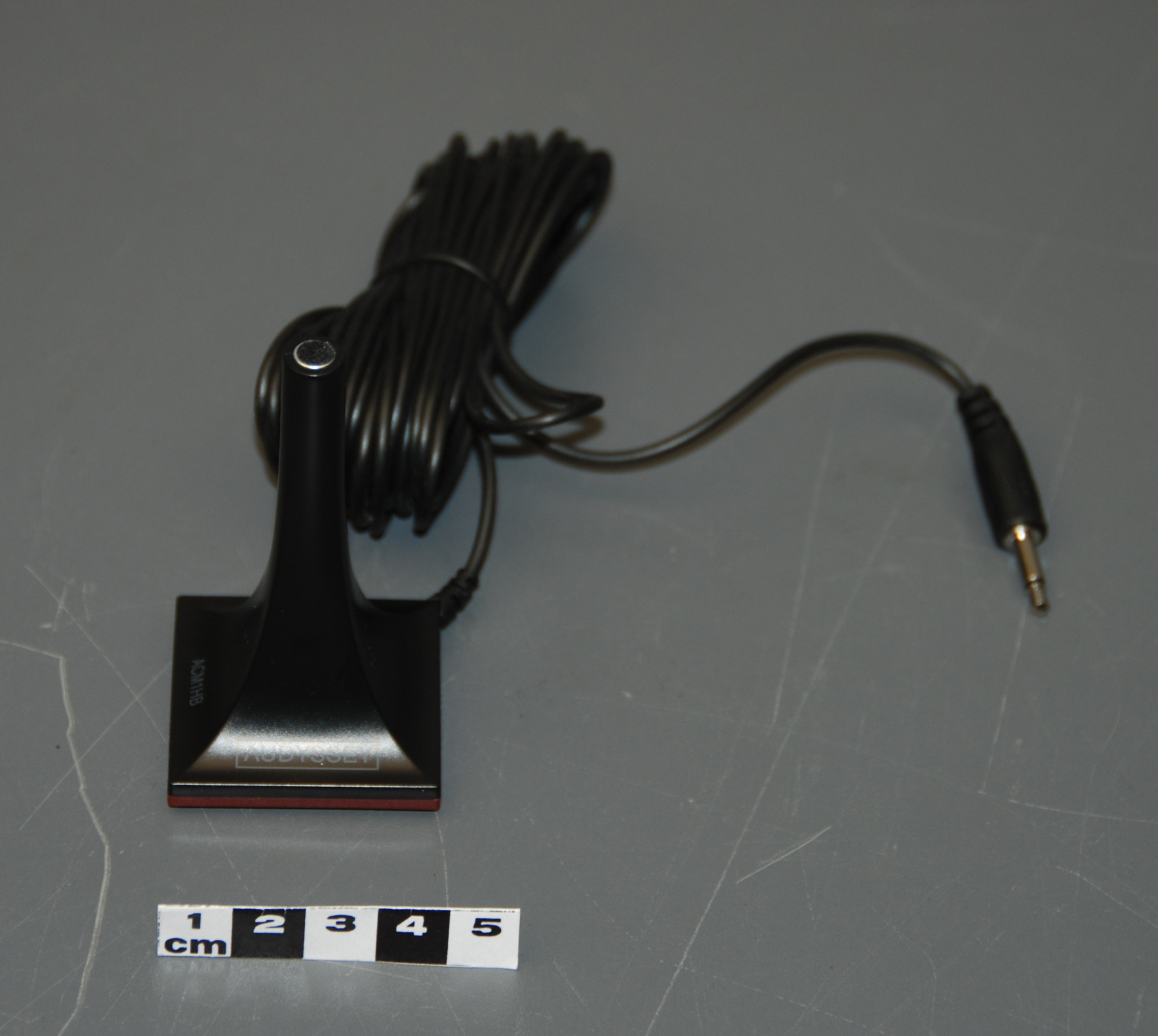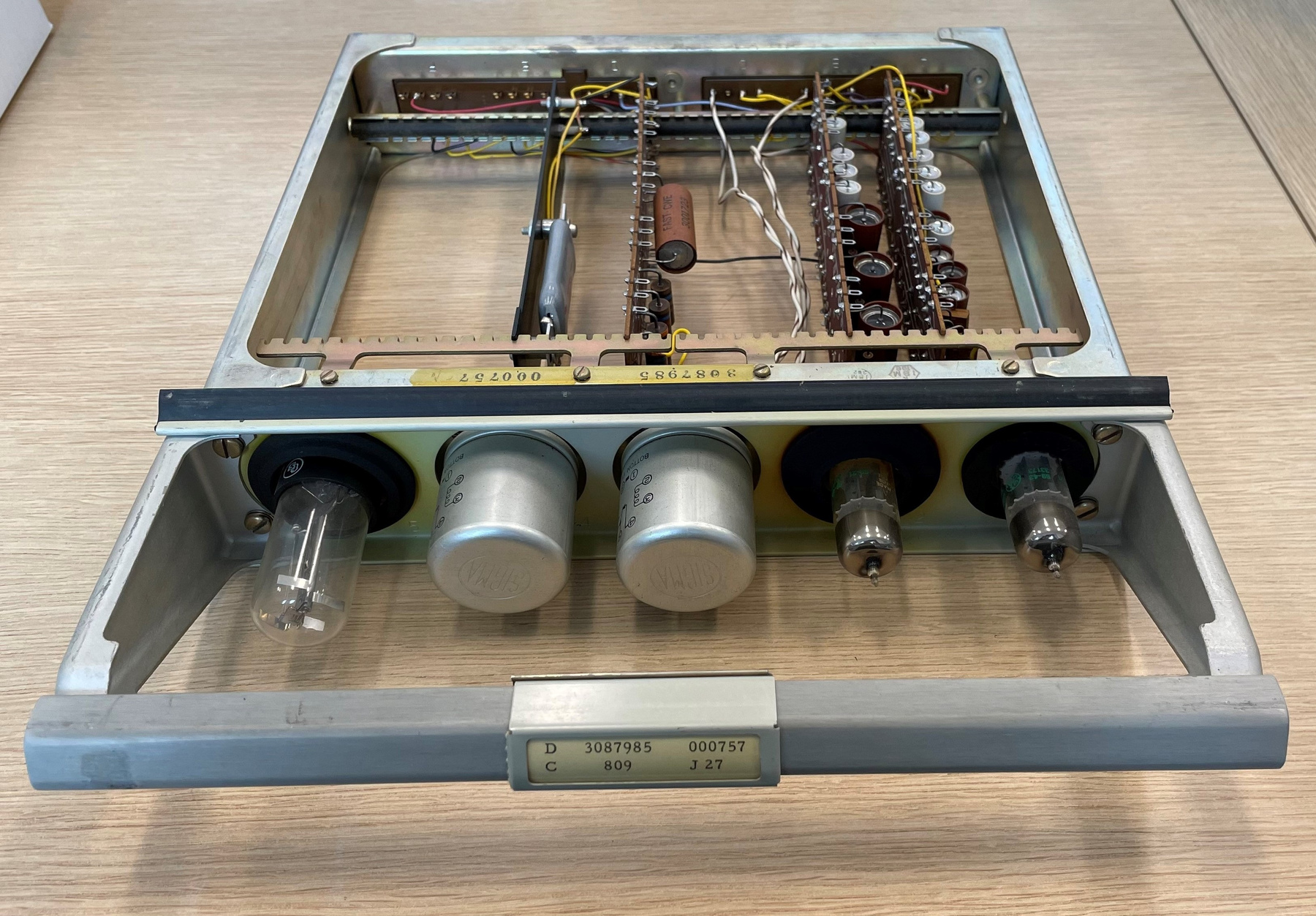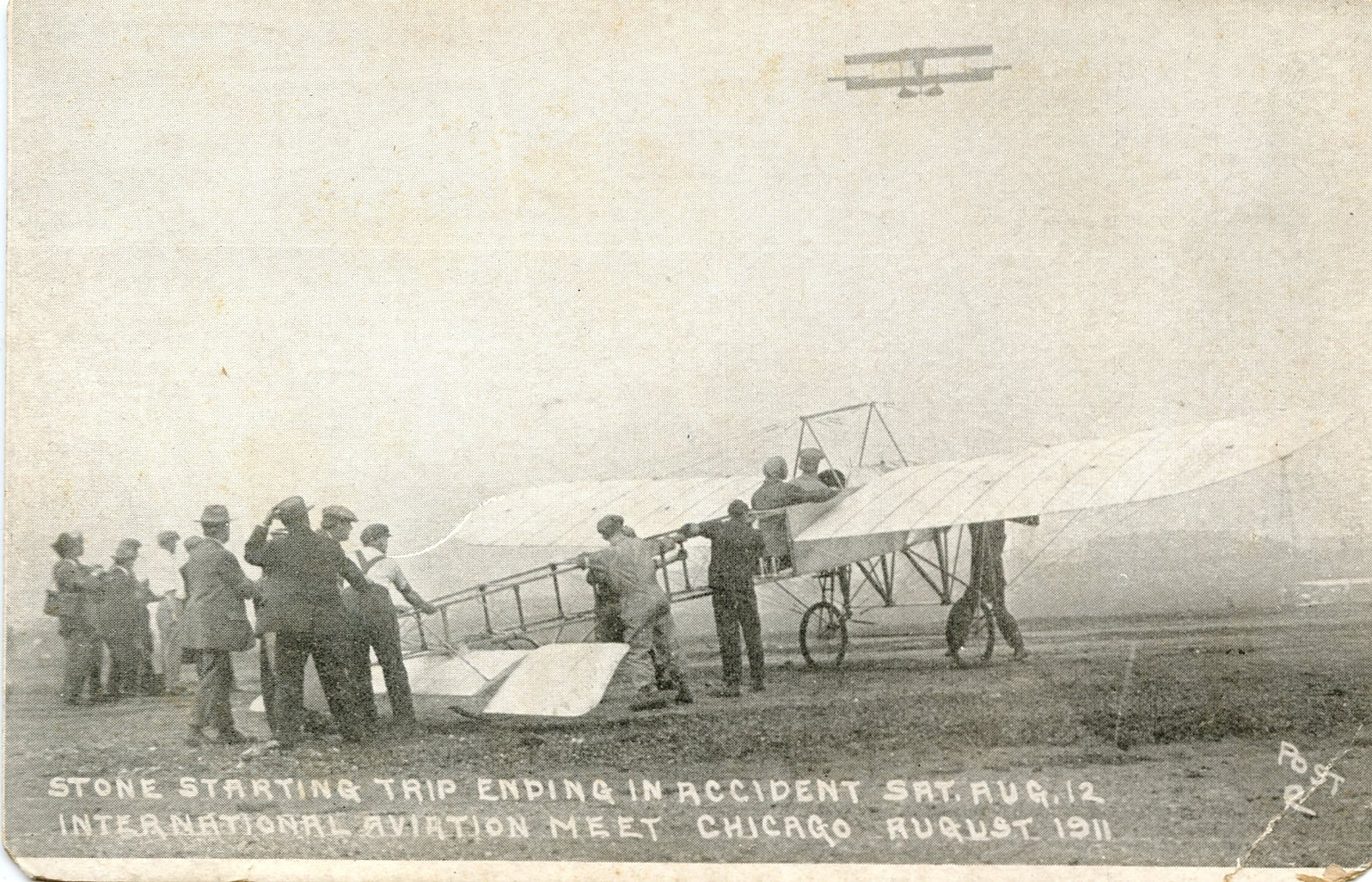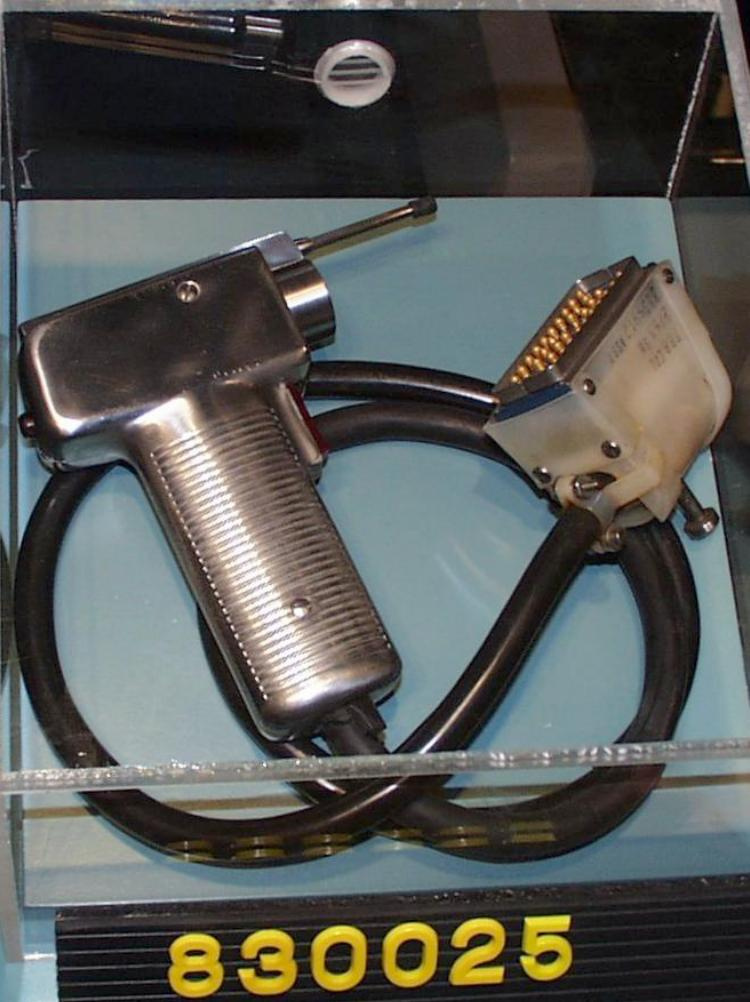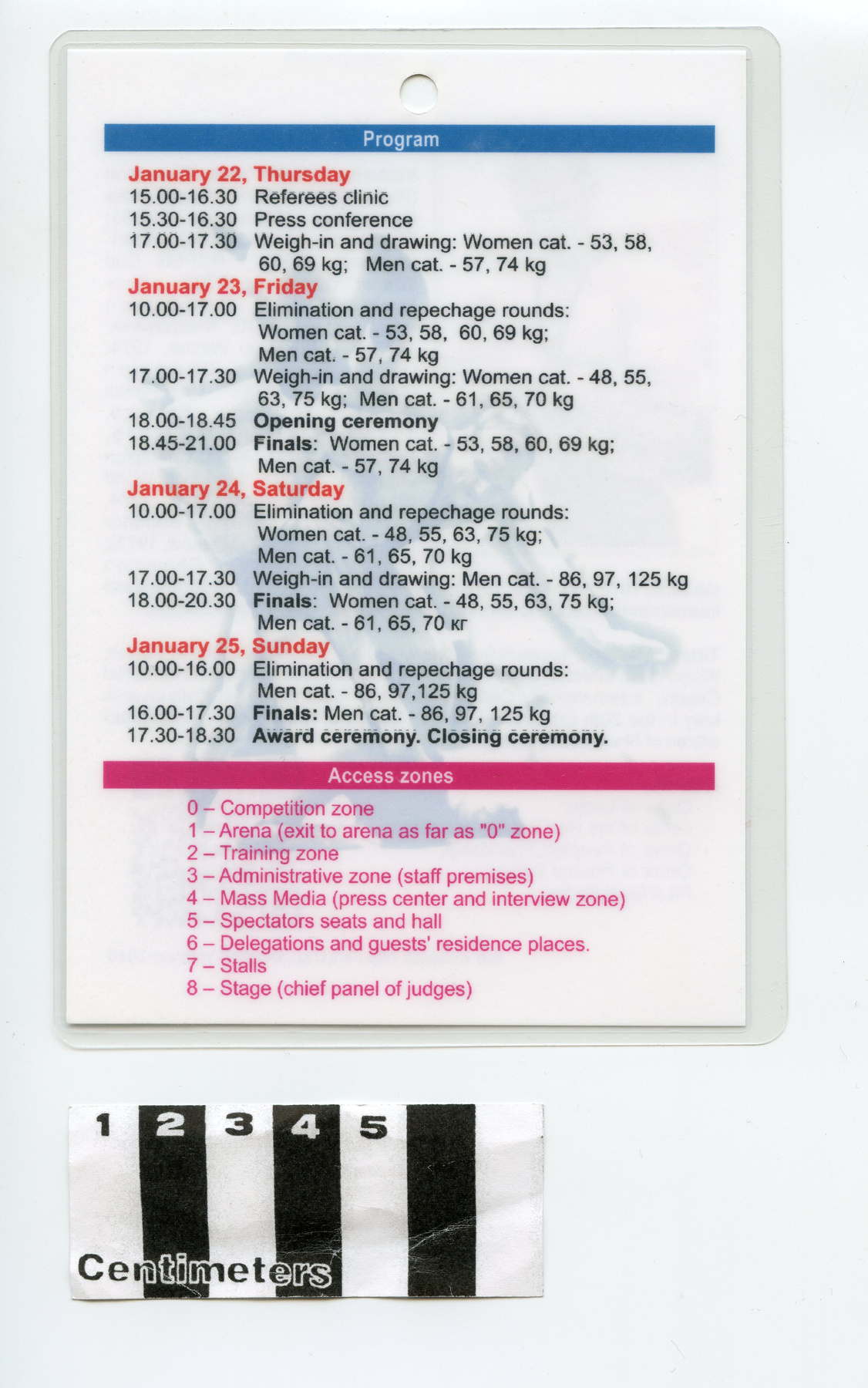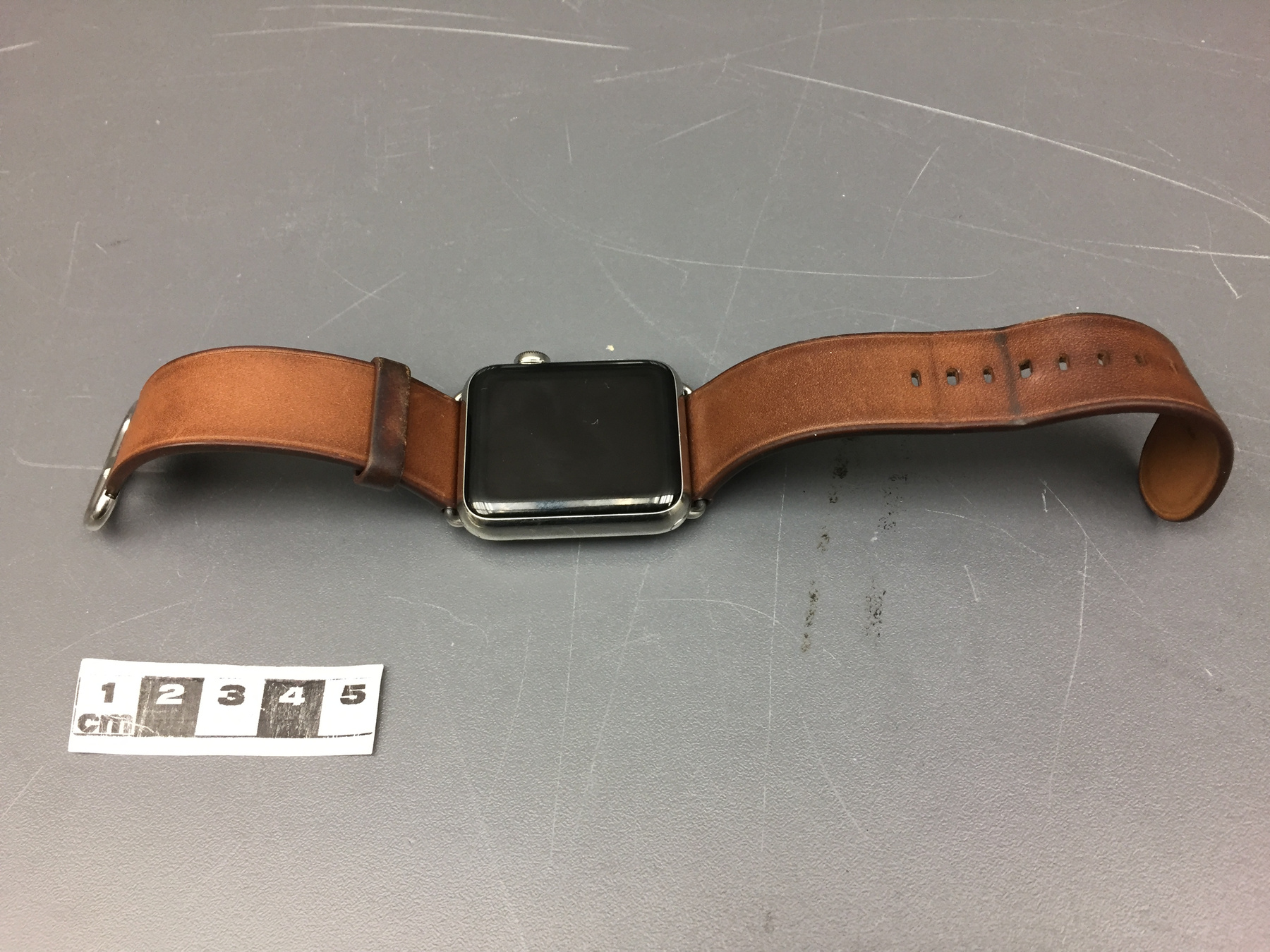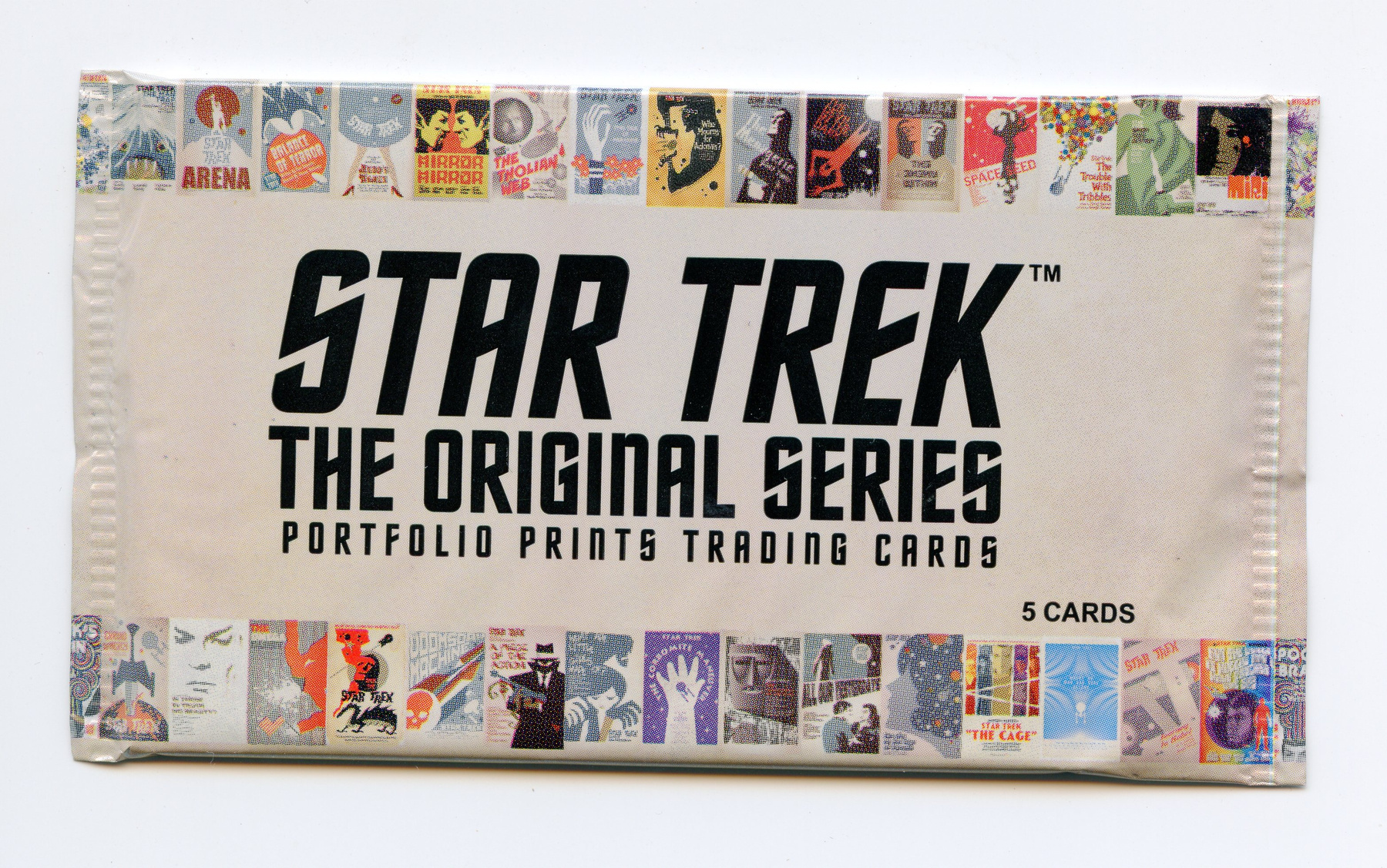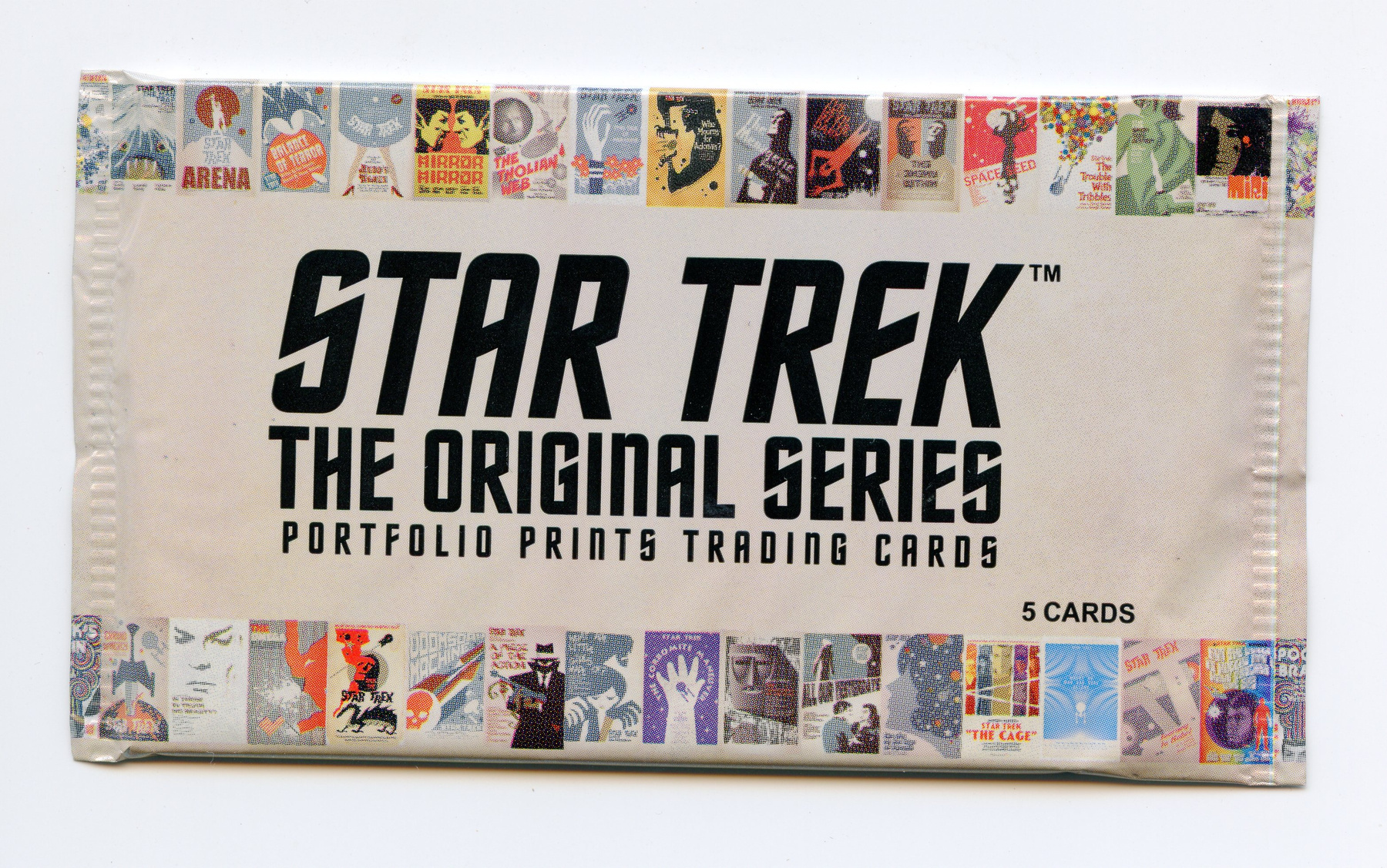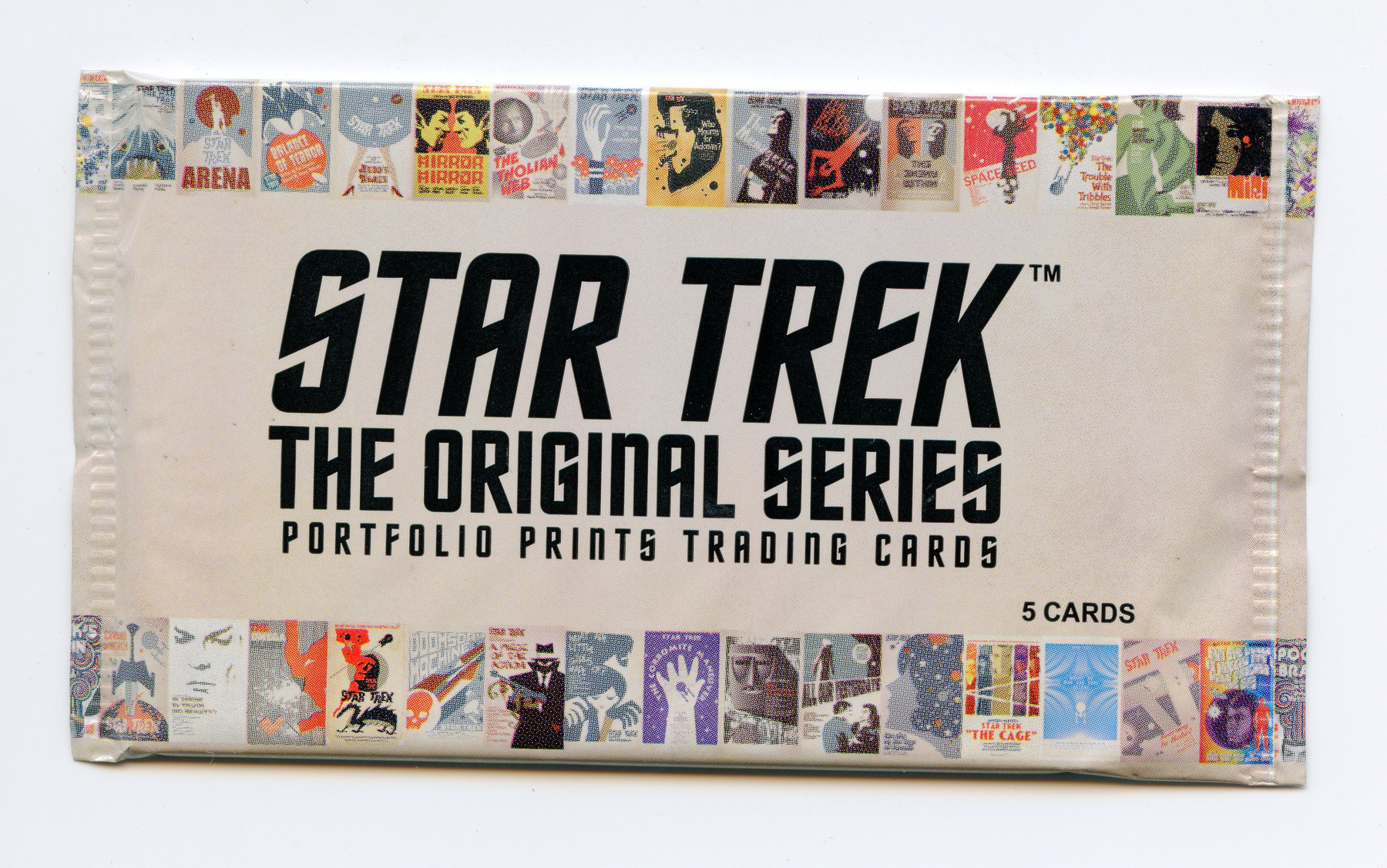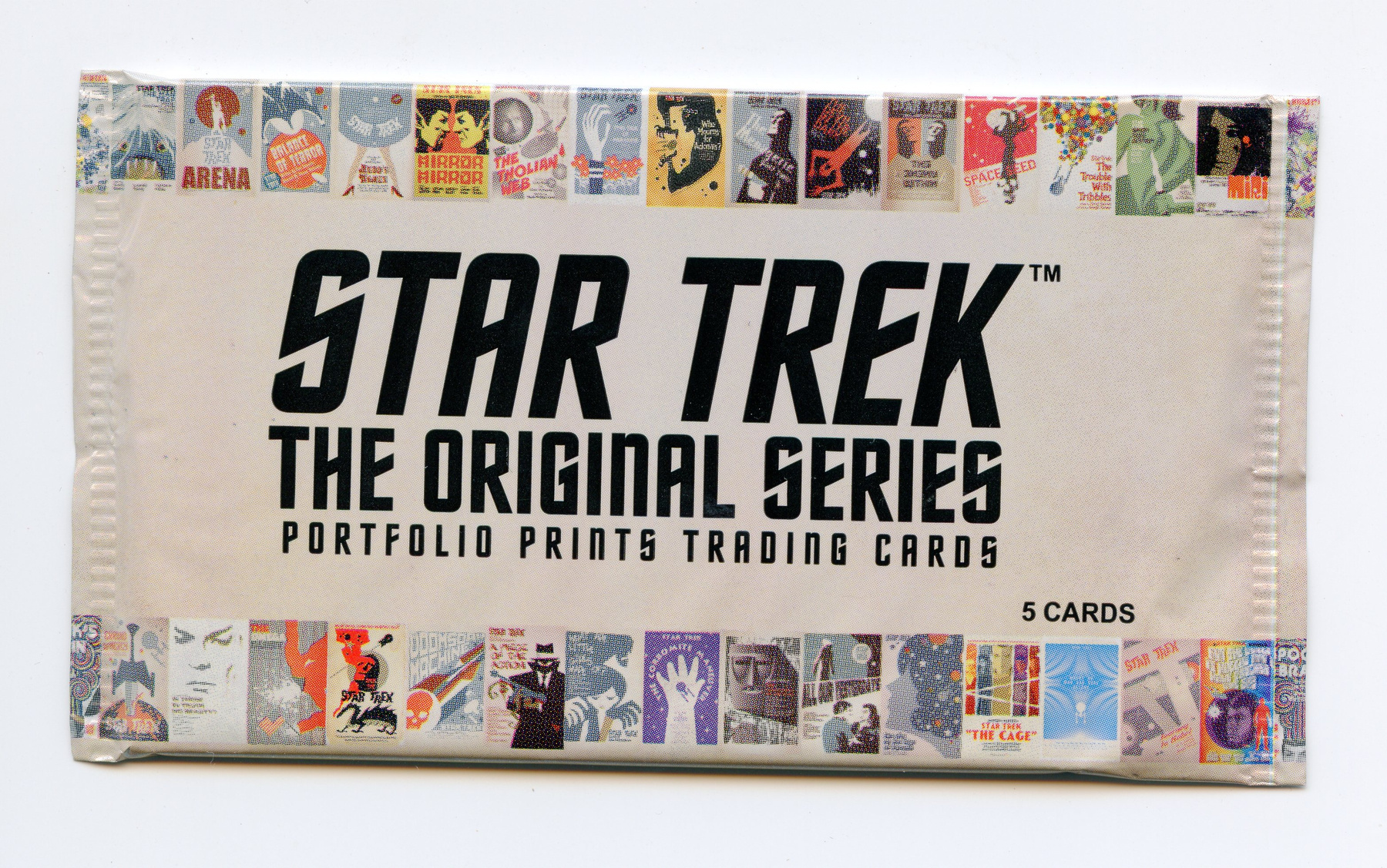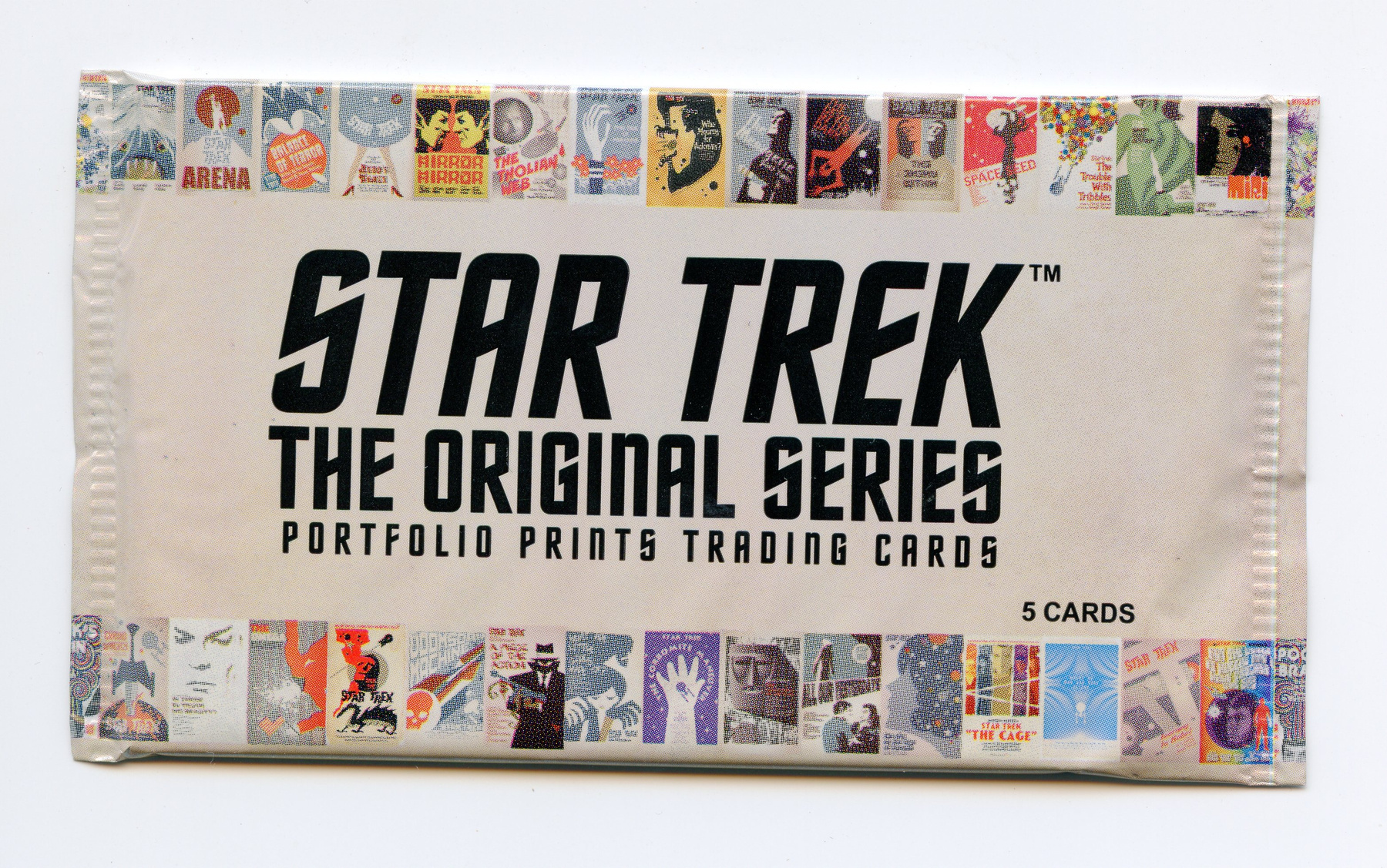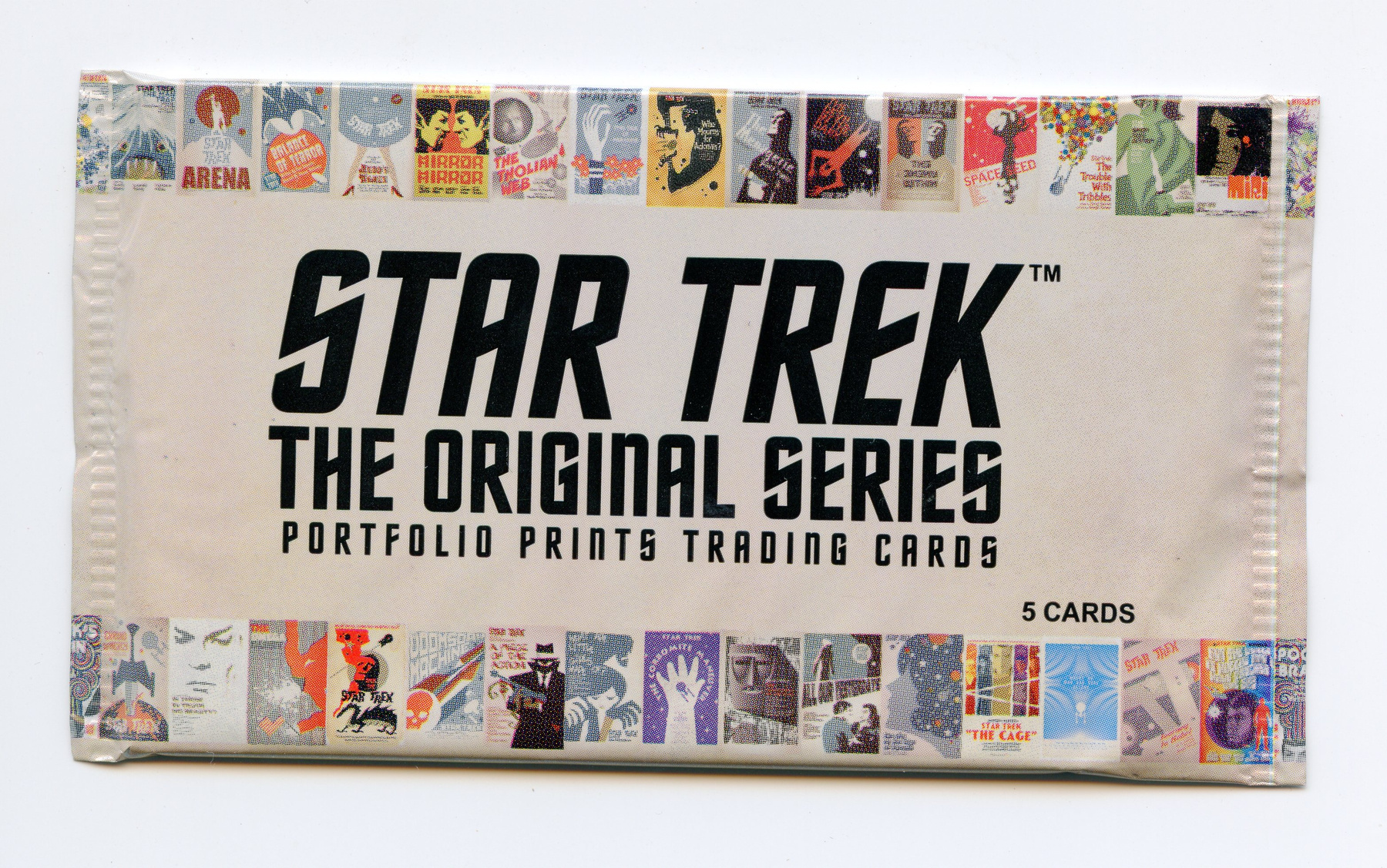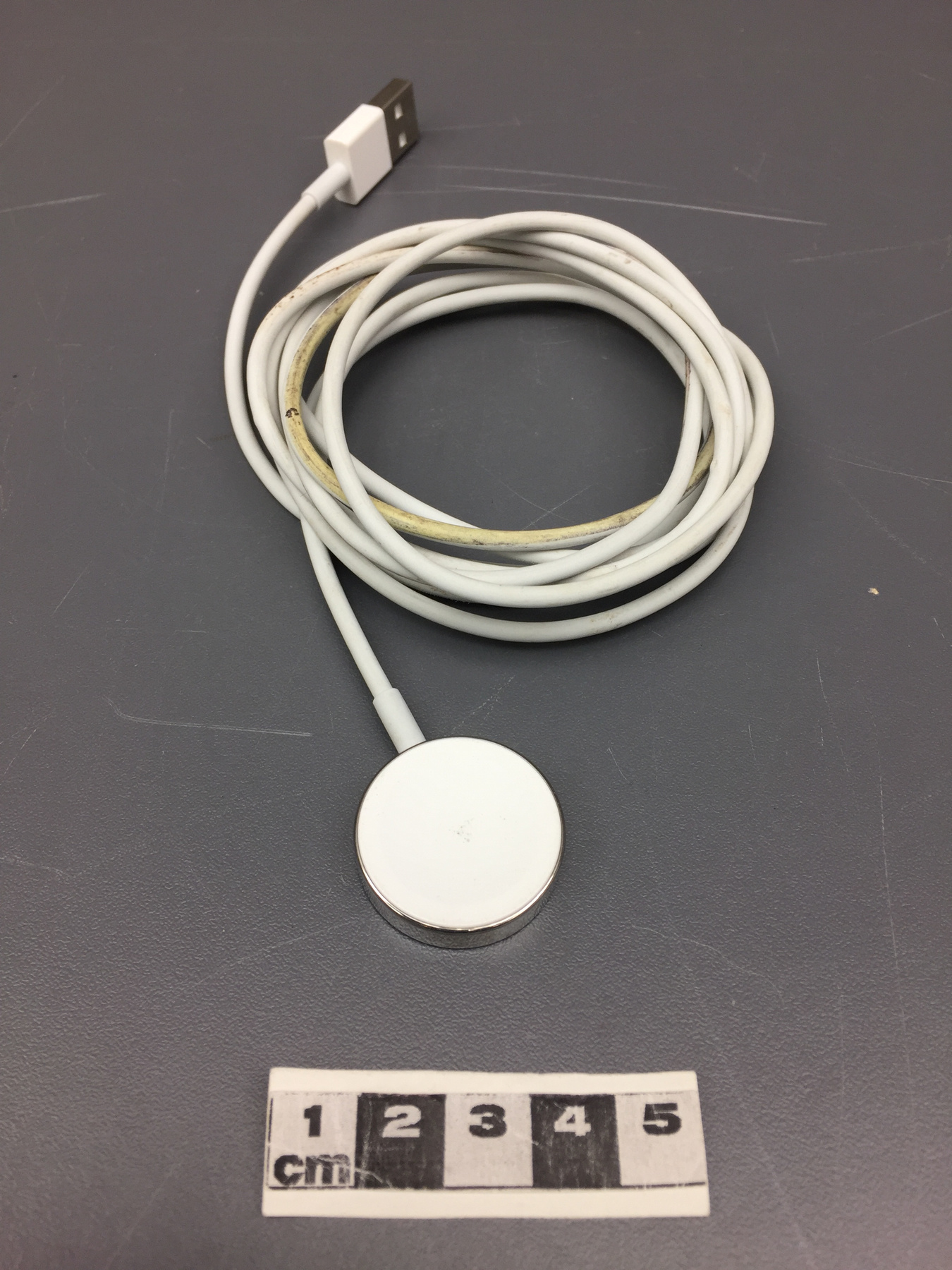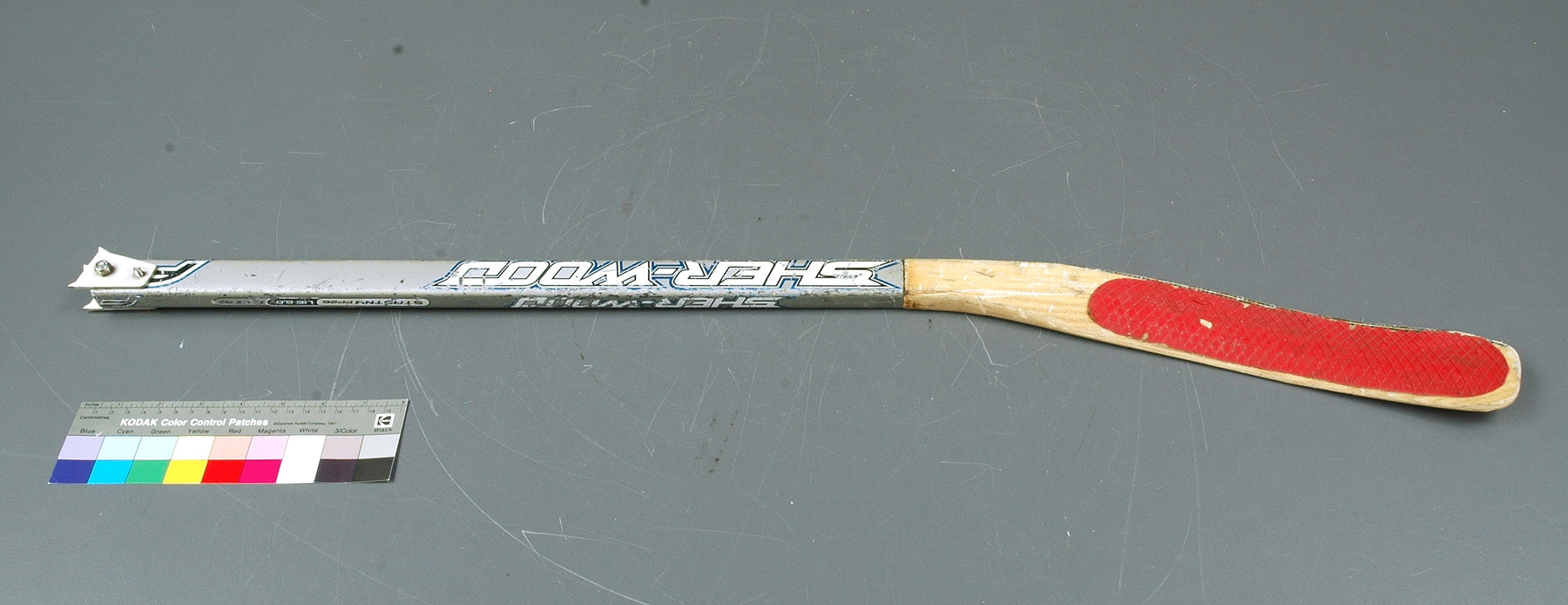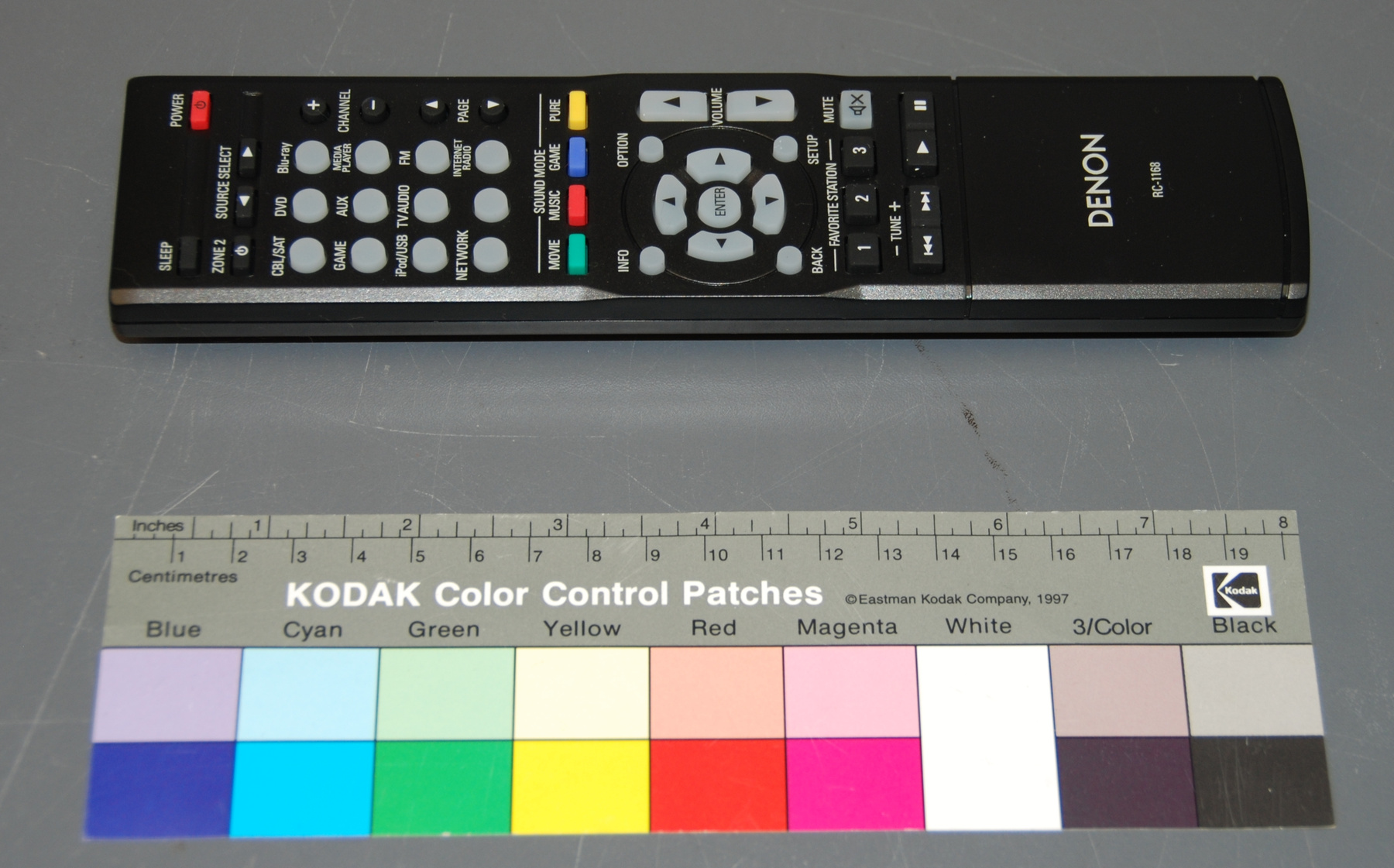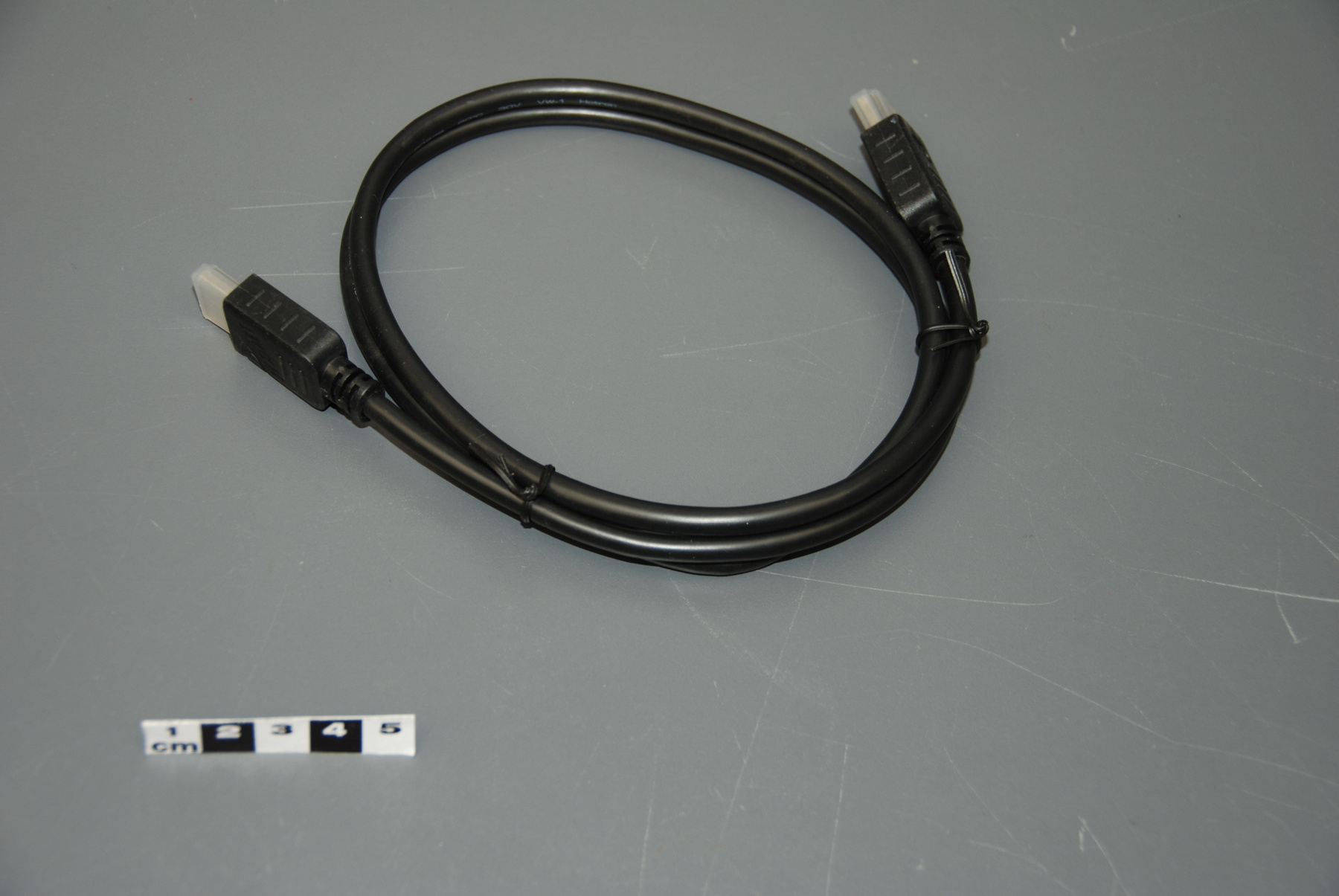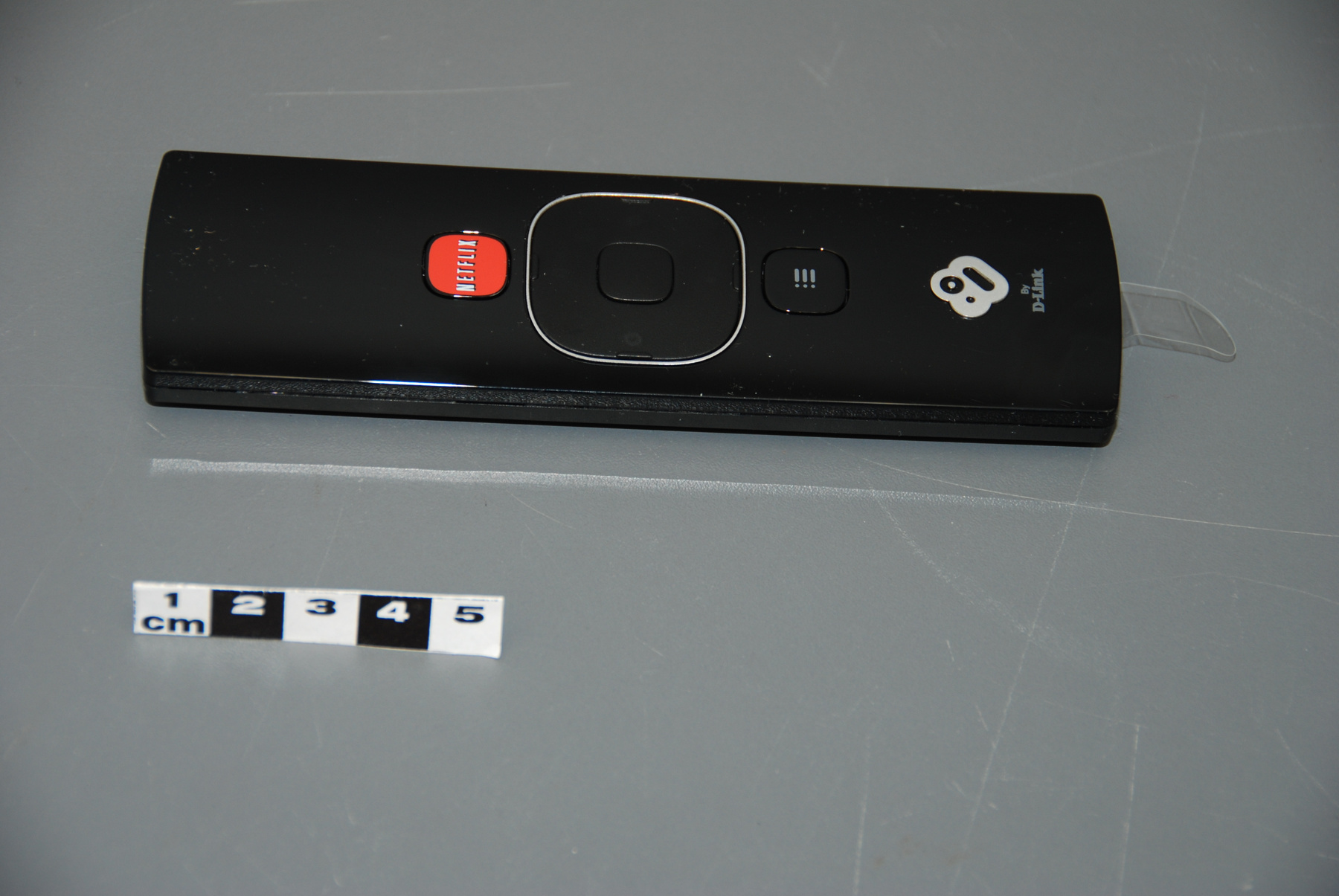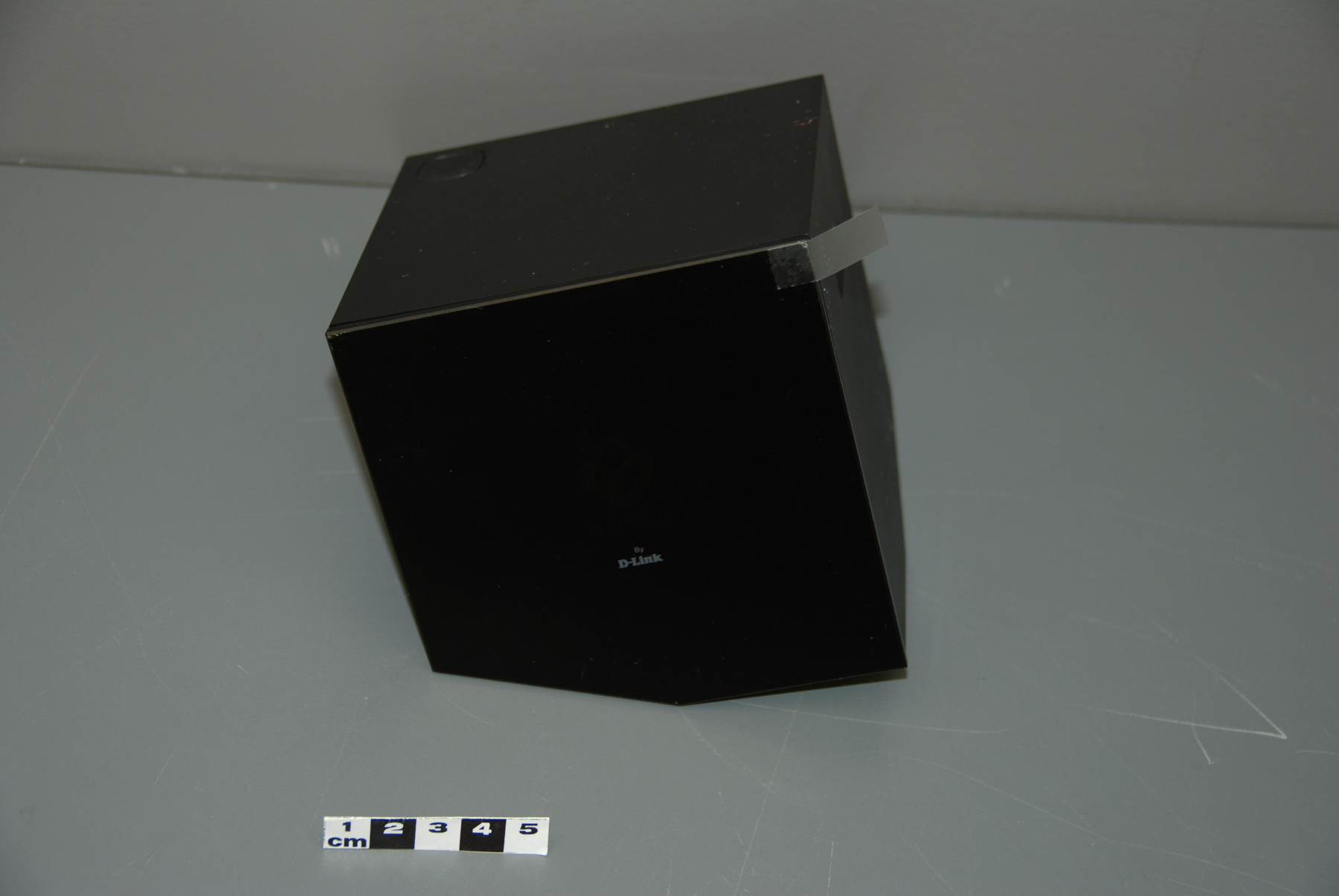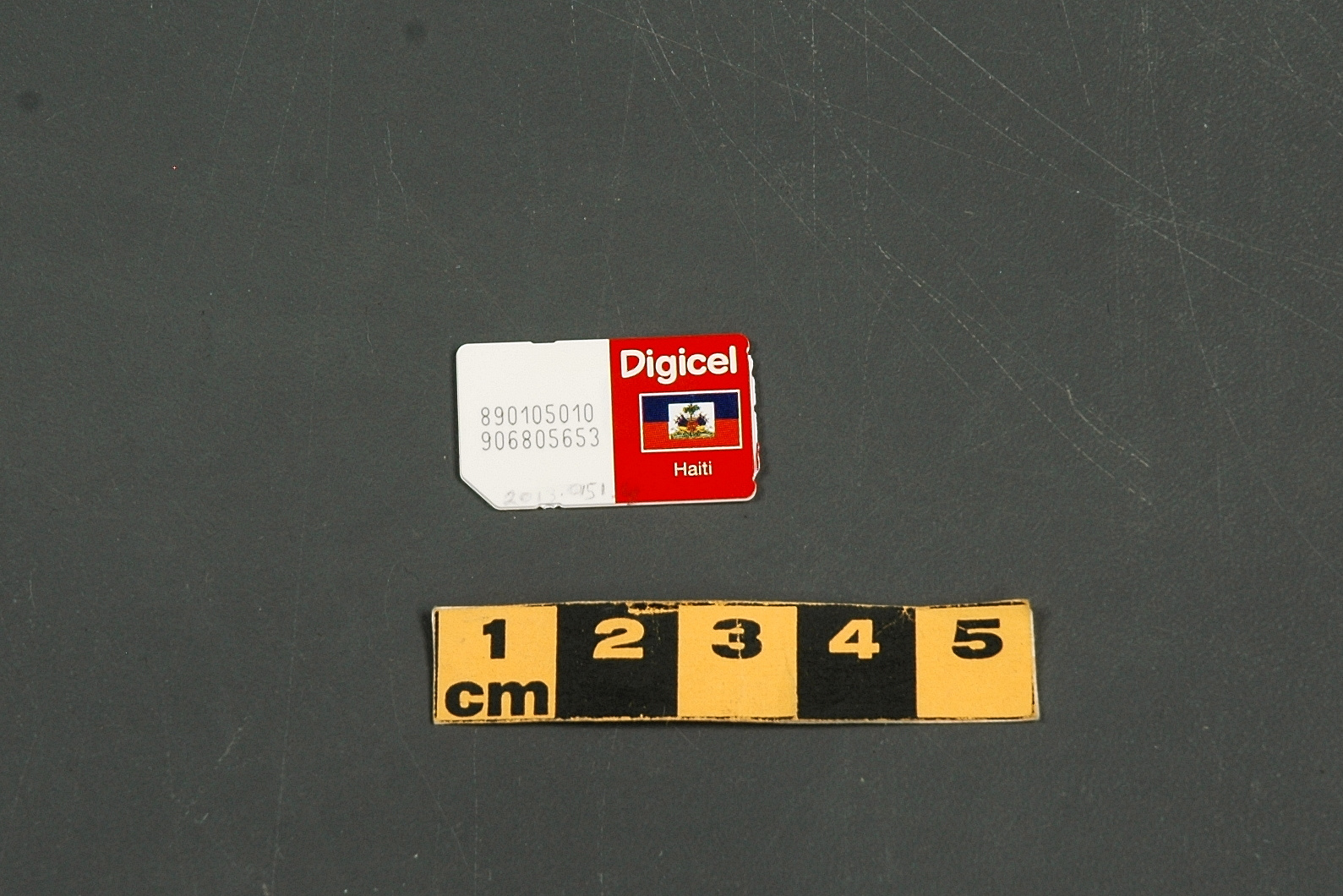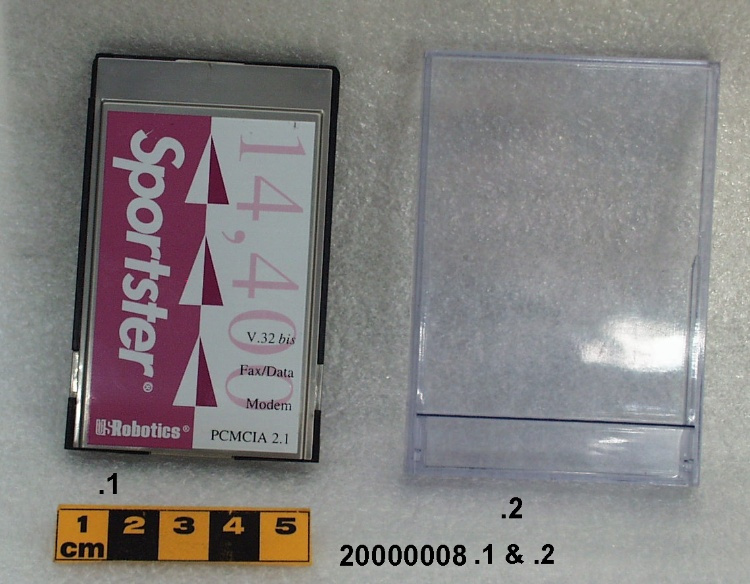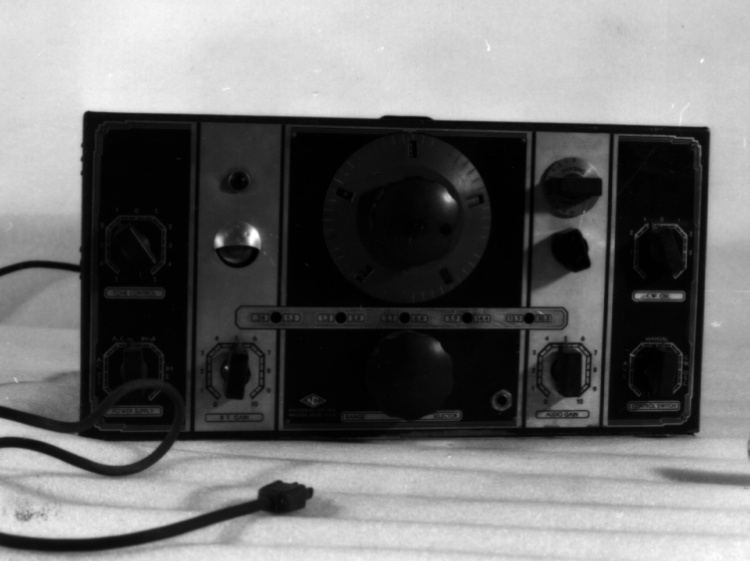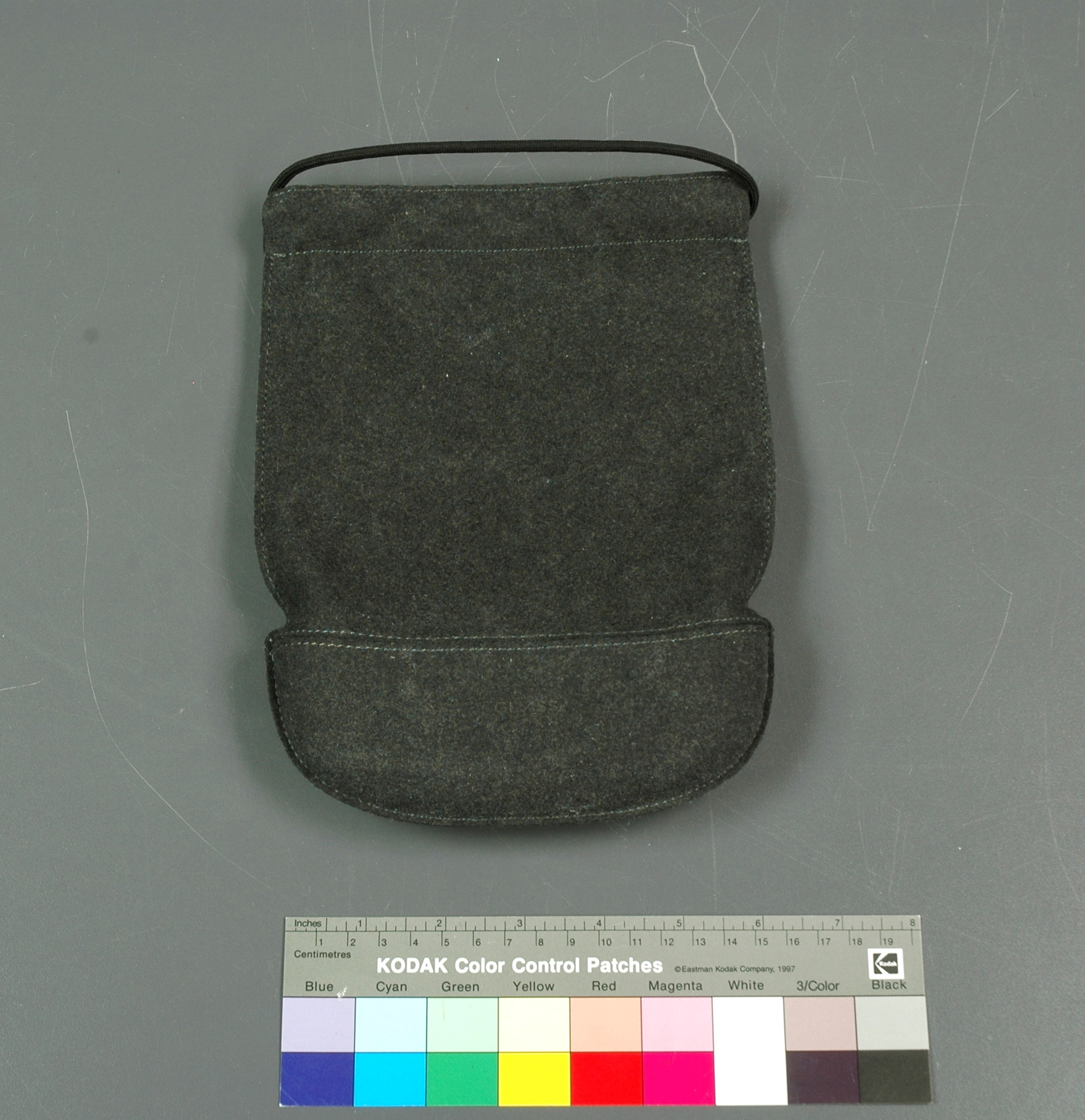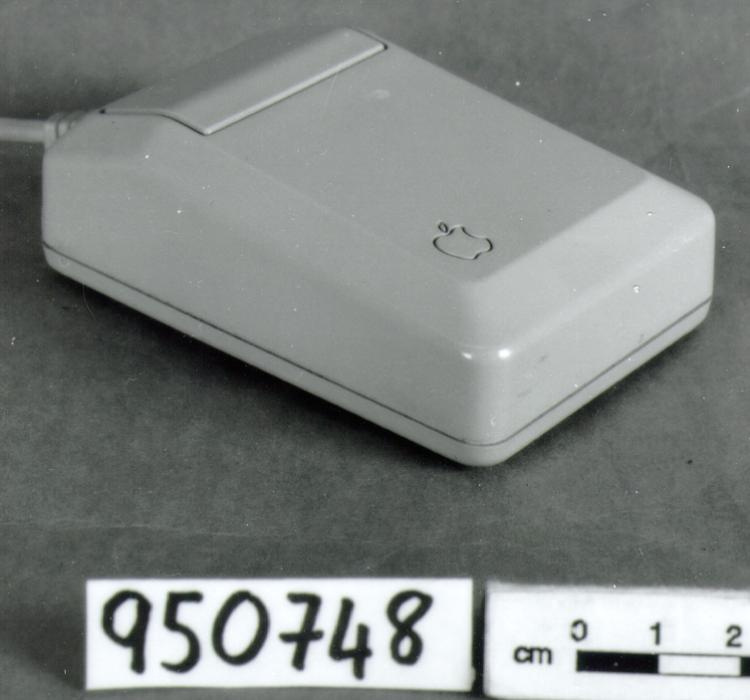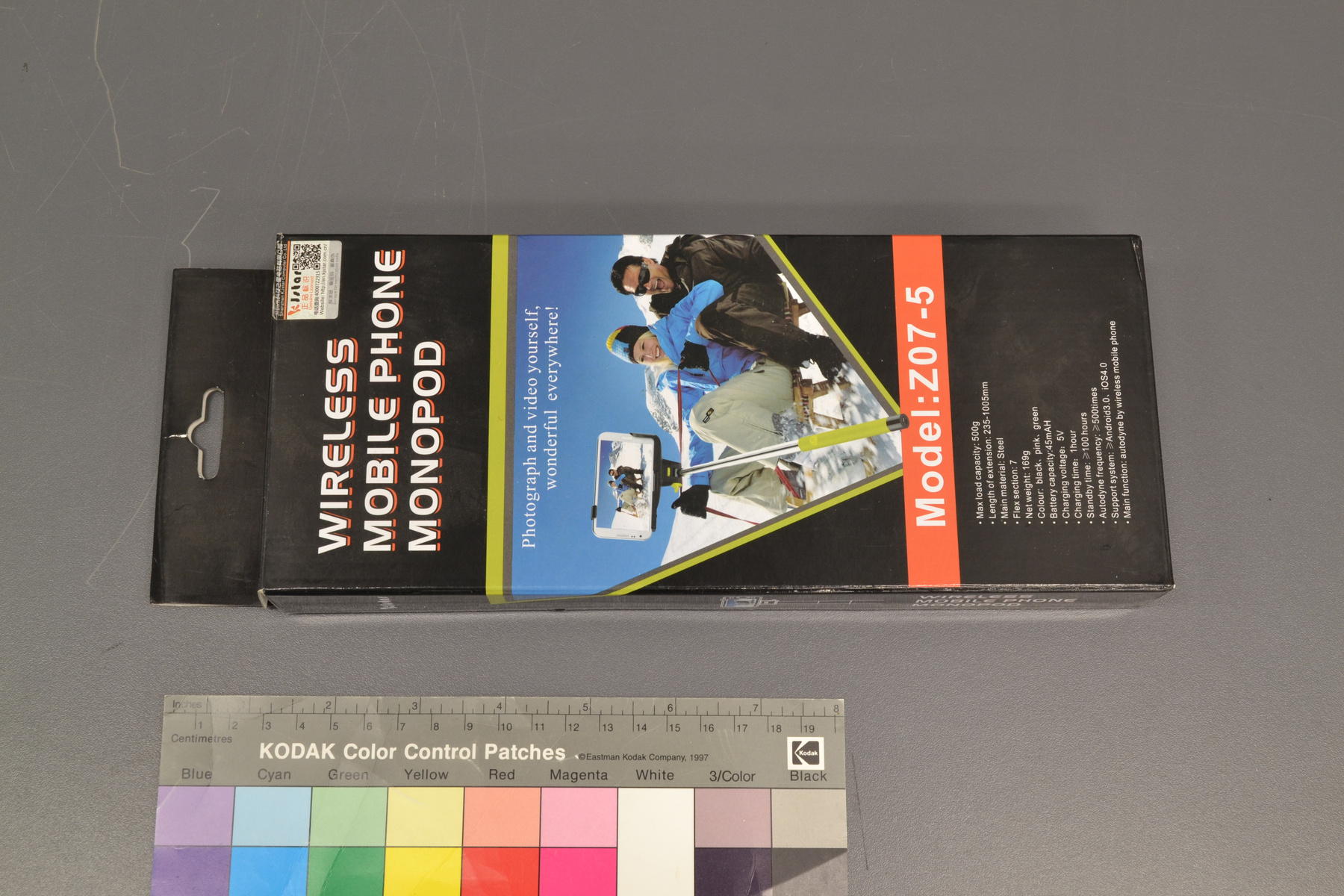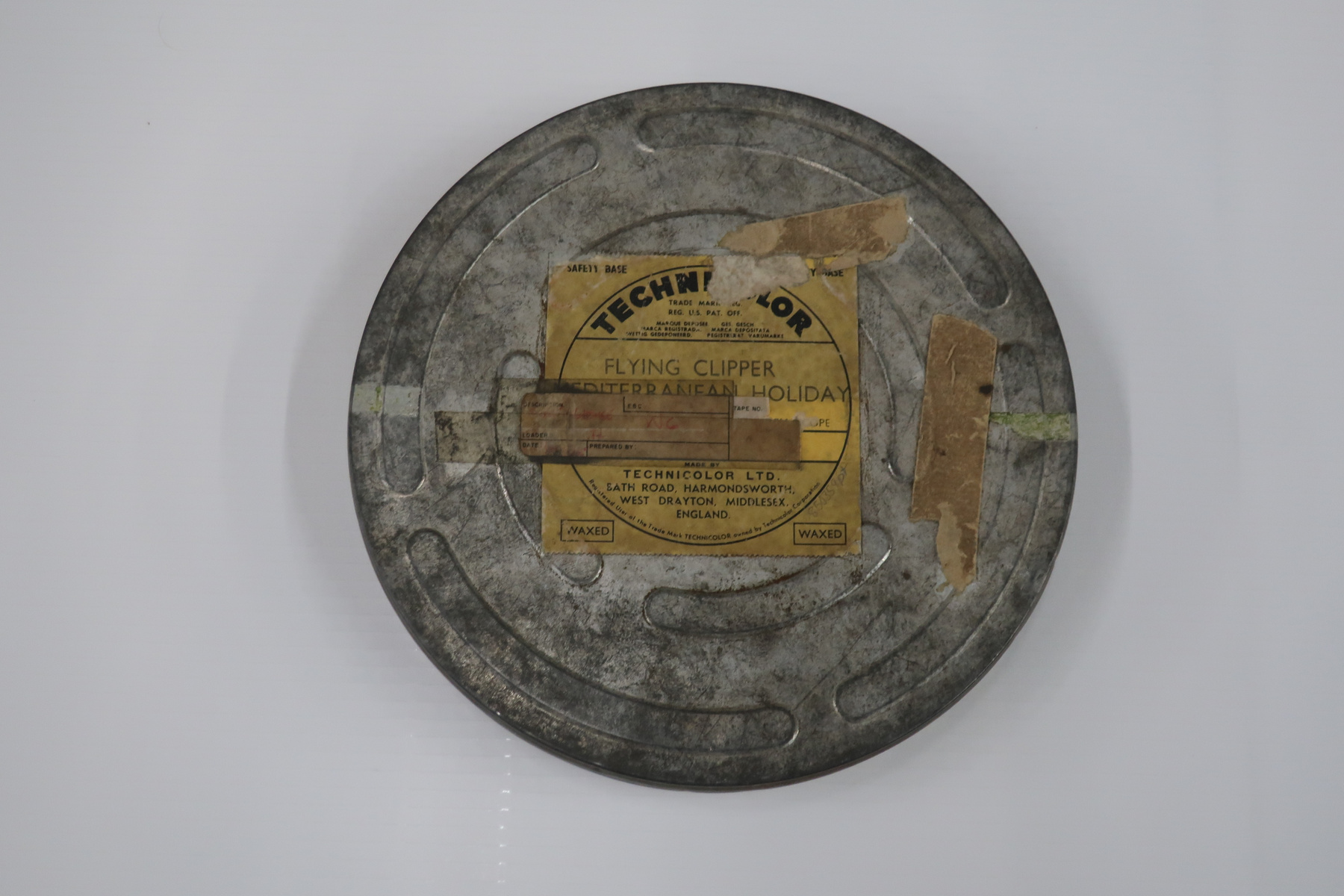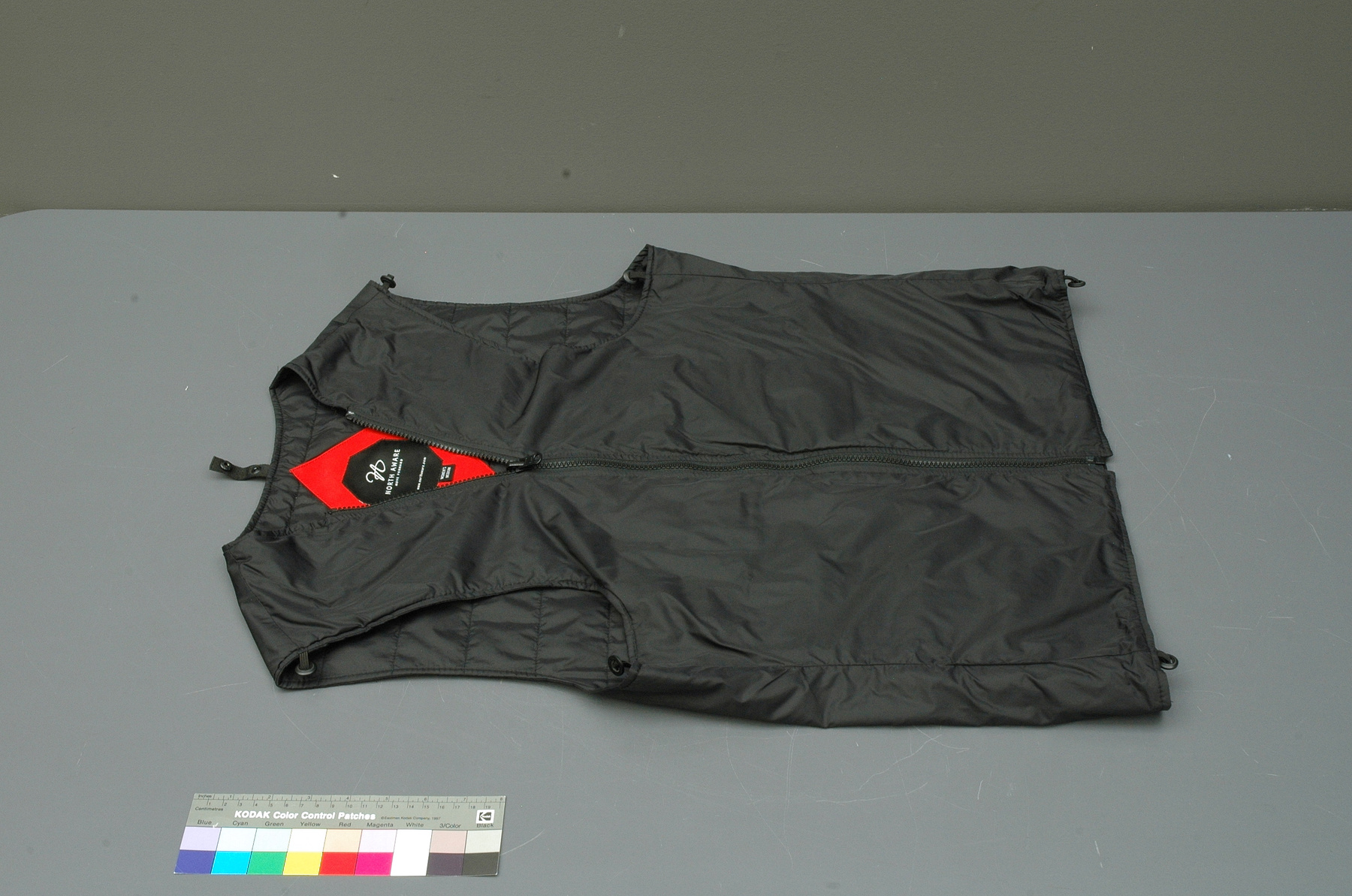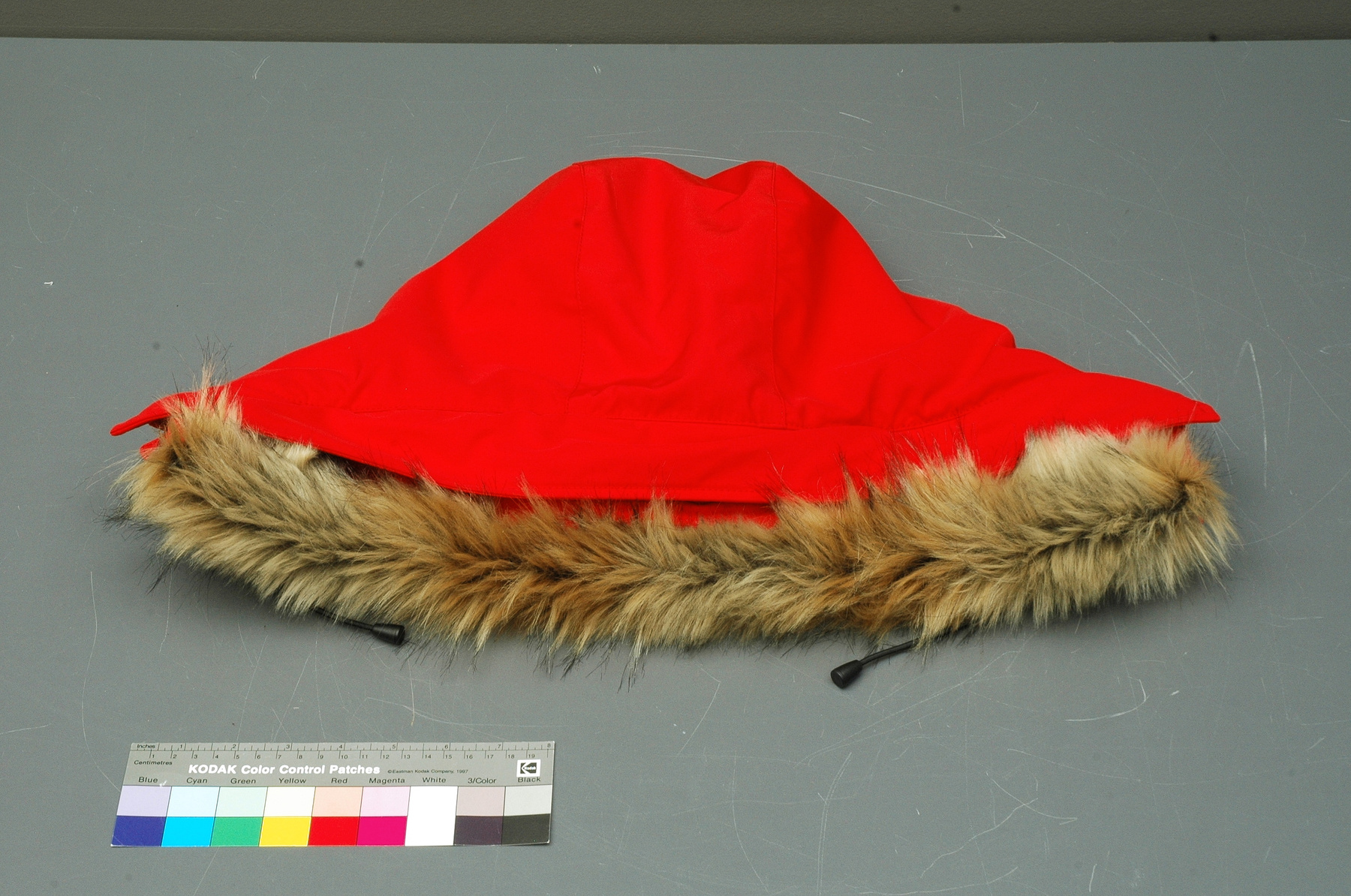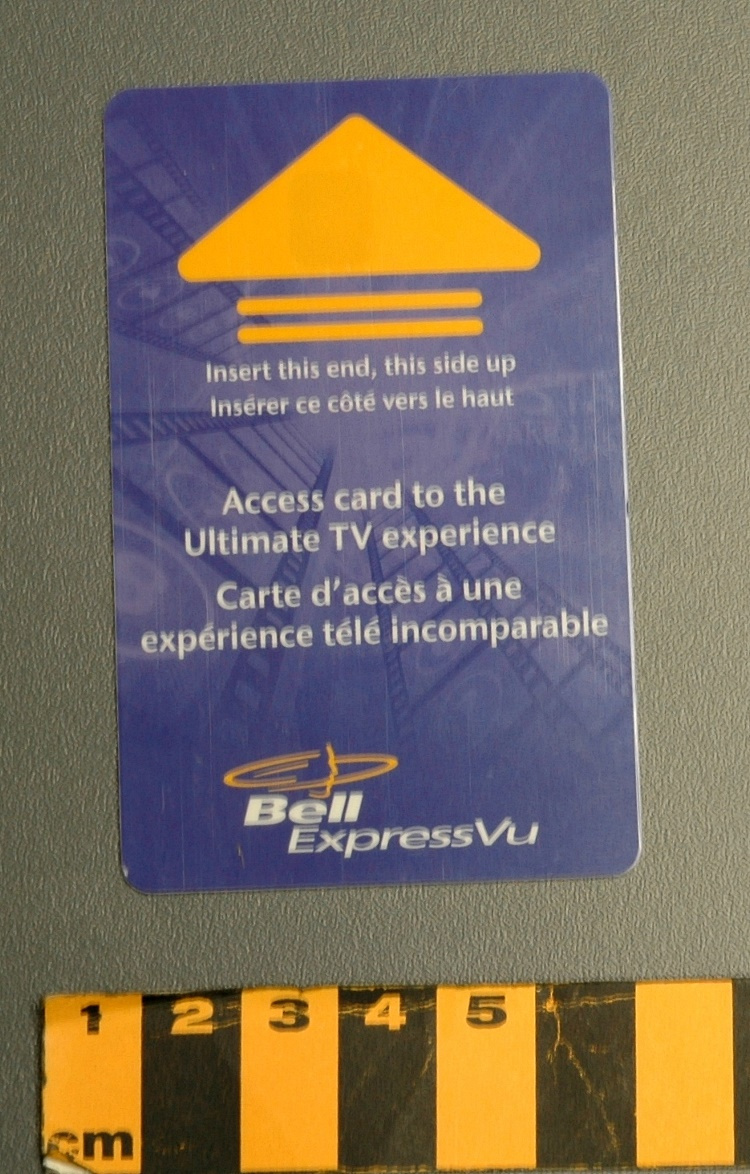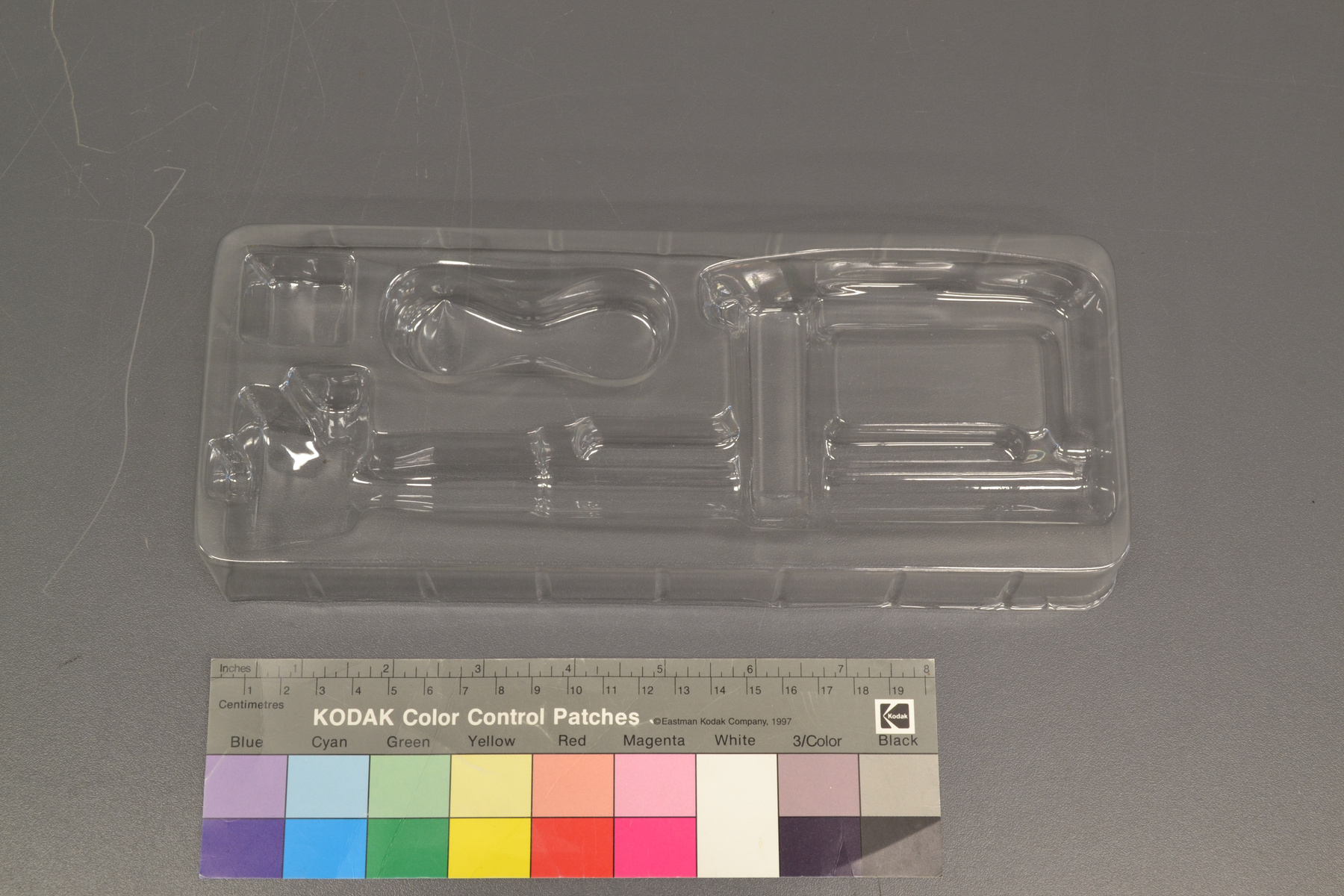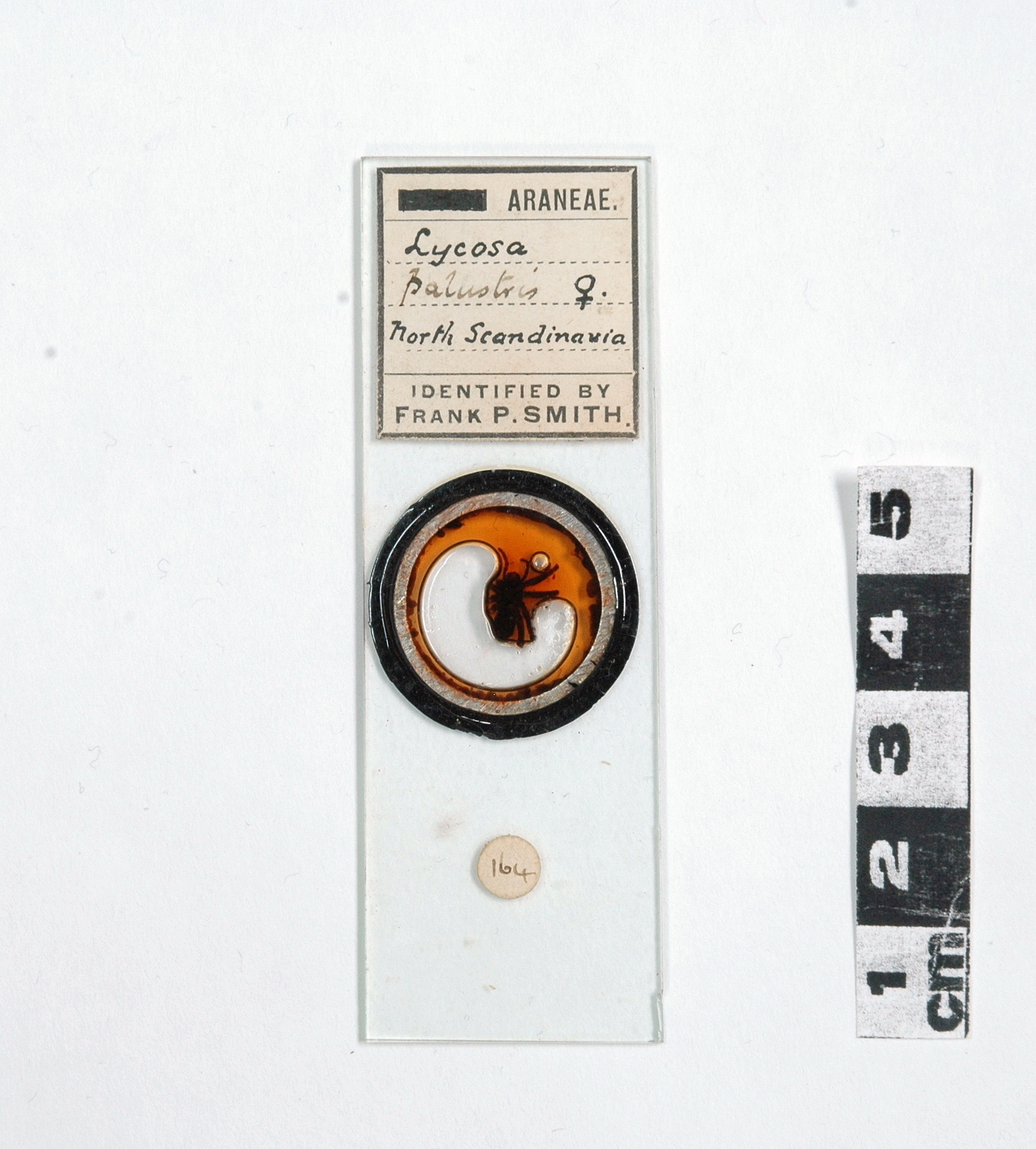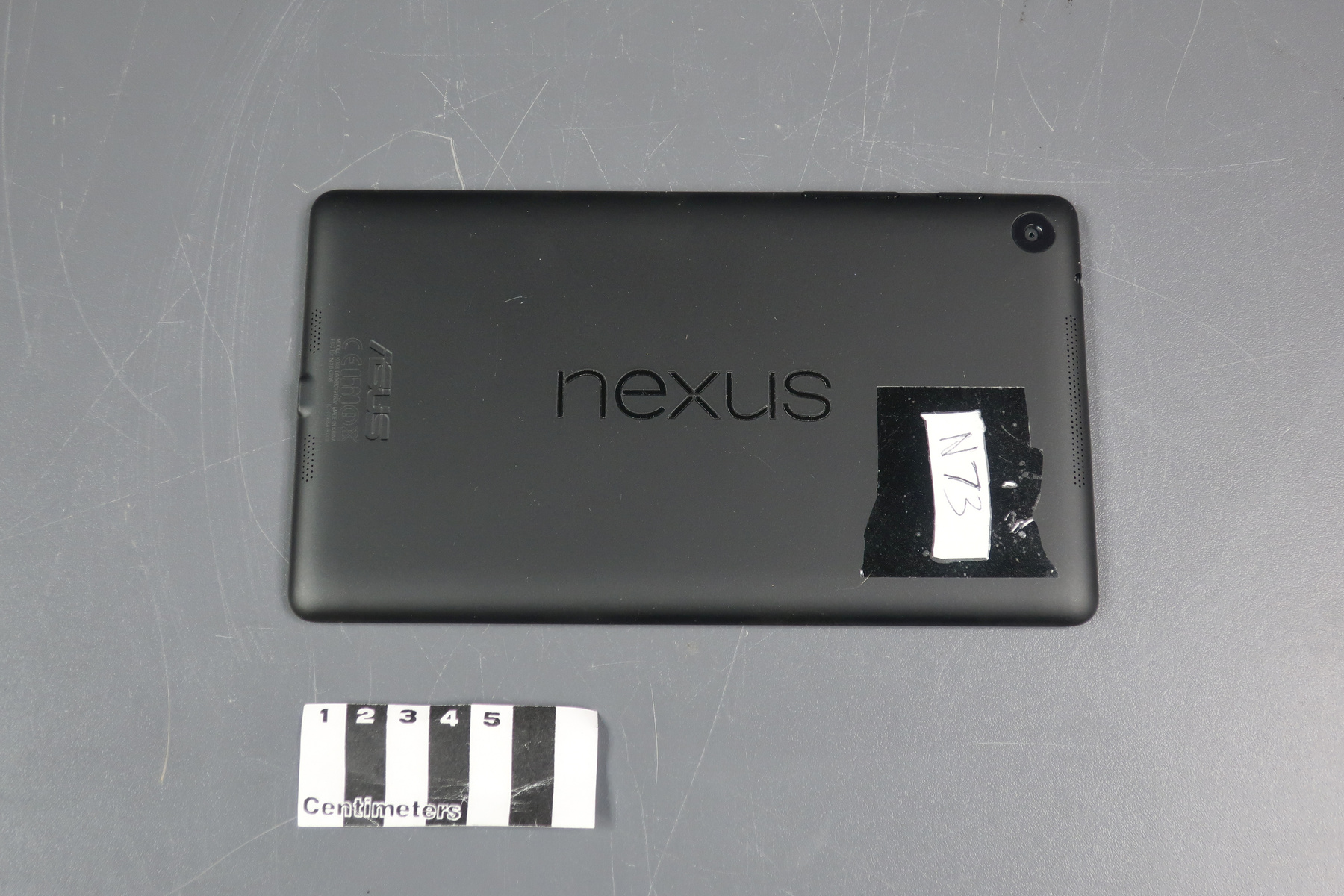Computer, tablet
Use this image
Can I reuse this image without permission? Yes
Object images on the Ingenium Collection’s portal have the following Creative Commons license:
Copyright Ingenium / CC BY-NC-ND (Attribution-NonCommercial 4.0 International (CC BY-NC 4.0)
ATTRIBUTE THIS IMAGE
Ingenium,
2015.0119.002
Permalink:
Ingenium is releasing this image under the Creative Commons licensing framework, and encourages downloading and reuse for non-commercial purposes. Please acknowledge Ingenium and cite the artifact number.
DOWNLOAD IMAGEPURCHASE THIS IMAGE
This image is free for non-commercial use.
For commercial use, please consult our Reproduction Fees and contact us to purchase the image.
- OBJECT TYPE
- N/A
- DATE
- 2014
- ARTIFACT NUMBER
- 2015.0119.002
- MANUFACTURER
- Unknown
- MODEL
- Nexus 7
- LOCATION
- Unknown
More Information
General Information
- Serial #
- N/A
- Part Number
- 2
- Total Parts
- 3
- AKA
- N/A
- Patents
- N/A
- General Description
- Glass screen, synthetic casing and metal electrical contacts.
Dimensions
Note: These reflect the general size for storage and are not necessarily representative of the object's true dimensions.
- Length
- 20.0 cm
- Width
- 11.4 cm
- Height
- 1.0 cm
- Thickness
- N/A
- Weight
- N/A
- Diameter
- N/A
- Volume
- N/A
Lexicon
- Group
- Computing Technology
- Category
- Digital computing devices
- Sub-Category
- N/A
Manufacturer
- AKA
- Unknown
- Country
- Unknown
- State/Province
- Unknown
- City
- Unknown
Context
- Country
- Canada
- State/Province
- Unknown
- Period
- July - August of 2014
- Canada
-
hitchBOT was developed in Port Credit, Ontario, as part of a collaborative art/research project undertaken by Dr. David Harris Smith (McMaster University) and Dr. Frauke Zeller (Ryerson University). Broadly speaking, hitchBOT was designed to experiment with a new approach to artificial intelligence – as part of an emerging field the authors describe as “cultural robotics” – while also seeing whether an immobile but friendly robot could autonomously negotiate its way across a significant geographical space (i.e. from one coast of Canada to the other). The success of the project has made it one of the more interesting public examples of artificial intelligence experimentation in recent years, and its rich Canadian provenance makes it an excellent addition to our existing computing and communications collection (more on this later). hitchBOT’s journey across Canada began on July 27, 2014 when it was placed by the side of the road in Halifax, Nova Scotia, and left to negotiate its own way across Canada. Over 26 days, it successfully hitchhiked over 6,000 km to Victoria, British Columbia, without any intervention on the part of its creators. During this time it spent hours interacting with Canadians of all ages under a variety of circumstances: it took rides in automobiles, ferries and canoes; went camping; was received as guest of honour at a First Nations pow-wow; attended a wedding; and received numerous souvenirs and some companion stuffed toys and robots. In the process it gained 35K Twitter followers, 12.6K Instagram followers, solicited 48.2K likes on Facebook, received 355K plays on Vimeo, was tagged in 353 photos online, and generated 195K hits on its personal website. Those who met hitchBOT also regularly posted their own images, videos, and stories on social media, which has resulted in an incredibly rich “unofficial” archive of hitchBOT’s interactions with Canadians on the internet. The Canadian and international media also took a particular interest in hitchBOT, publishing feature articles during its initial cross-Canada journey and even promoting it – and encouraging readers to give it a lift – on subsequent journeys. While the original hitchBOT was retired after the initial 2014 journey, a second hitchBOT robot was built which successfully hitchhiked across Germany, took a country-wide “vacation” to the Netherlands, and made a partial trip across the US before being destroyed and robbed for parts in Philadelphia in August, 2015. Rather than give the second robot a new name, the creators opted to maintain a single identity for hitchBOT throughout the entire experiment. Interestingly, and perhaps an outgrowth of the original Canadian journey, online followers and fans of the robot – as well as journalists and other commentators – consistently identified and described hitchBOT as a Canadian citizen. This is despite the creators never explicitly branding hitchBOT “Canadian” as such, nor willfully promoting this interpretation in interviews or other outreach activities. Beyond the extensive digital archive of its travels – which can be accessed by scrolling through hitchBOT’s social media pages, visiting hitchBOT’s personal website, using Google image search, employing hashtags to scan other social media user accounts, and reading various “official” and “unofficial” media reports – hitchBOT’s physical body is also an incredibly rich archive of its trip across Canada. As mentioned above, as Canadians interacted with hitchBOT along its journey, they also bought it gifts and souvenirs, signed its body with well wishes and autographs, and adorned it with other cultural symbols (the Salish First Nations community, for example, gave hitchBOT a small feather headdress to commemorate its visit). The Ontario Anishinaabe people were so enamoured by hitchBOT that they even gave it an honourary First Nations name: “Biiaabkookwe,” meaning “woman of steel.” (From Acquisition Proposal, see Ref. 1) - Function
-
Unknown - Technical
-
The robot was designed to contribute to an emerging field called “cultural robotics,” which the authors say involves “the creative use of robots and AI to manifest a reflexive action highlighting the construction of values, identities, and beliefs” (Smith & Zeller 2015). hitchBOT’s contribution to this field can be found in its a unique approach to artificial intelligence, which privileges social proficiency (i.e. “likability”) over complex on-board intelligence (i.e. “smarts”). Specifically, hitchBOT was designed to be as simple, non-intimidating, and anthropomorphic as possible, so as to encourage human interaction, facilitate the formation of social bonds, and increase the chances that humans would be willing to engage with the robot and help it complete simple tasks (in this case, travel to several pre-determined locations across Canada). While it’s still too early to determine the long-term impact of hitchBOT and its unique contribution to cultural robotics, a number of research projects are currently underway to interpret the results of the experiment and begin exploring new applications for this technology. For example, hitchBOT’s creators have already entered into a partnership with Airbus to build a social robot that will accompany and entertain astronauts at the international space station, and have also taken the first steps toward developing an educational robot that might assist Canadian First Nations communities with their language preservation challenges. With regards to international recognition, Dr. Smith and Dr. Zeller have received a number of awards, including a prestigious Silicon Valley Innovation & Entrepreneurship Top 30 Innovators Award. hitchBOT has also been featured in art galleries and festivals, museums, and science and technology fairs around the world. (From Acquisition Proposal, see Ref. 1) - Area Notes
-
Unknown
Details
- Markings
- On the white paper on the proper back: "N73"/ In recessed letters in the proper back casing: "nexus/ ASUS"/ Printed in grey at the proper bottom of the proper back: "CE 0560/ MODEL: K008 D80KBC191607 MADE IN CHINA/ FCC ID: MSQK008/ IC: 3568A-K008"
- Missing
- Appears complete
- Finish
- Predominantly black with a shiny glass screen on the proper front and a dull body. There is a white slip of paper with black ink handwriting on taped on the proper back.
- Decoration
- N/A
CITE THIS OBJECT
If you choose to share our information about this collection object, please cite:
Unknown Manufacturer, Computer, tablet, circa 2014, Artifact no. 2015.0119, Ingenium – Canada’s Museums of Science and Innovation, http://collection.ingeniumcanada.org/en/id/2015.0119.002/
FEEDBACK
Submit a question or comment about this artifact.
More Like This
